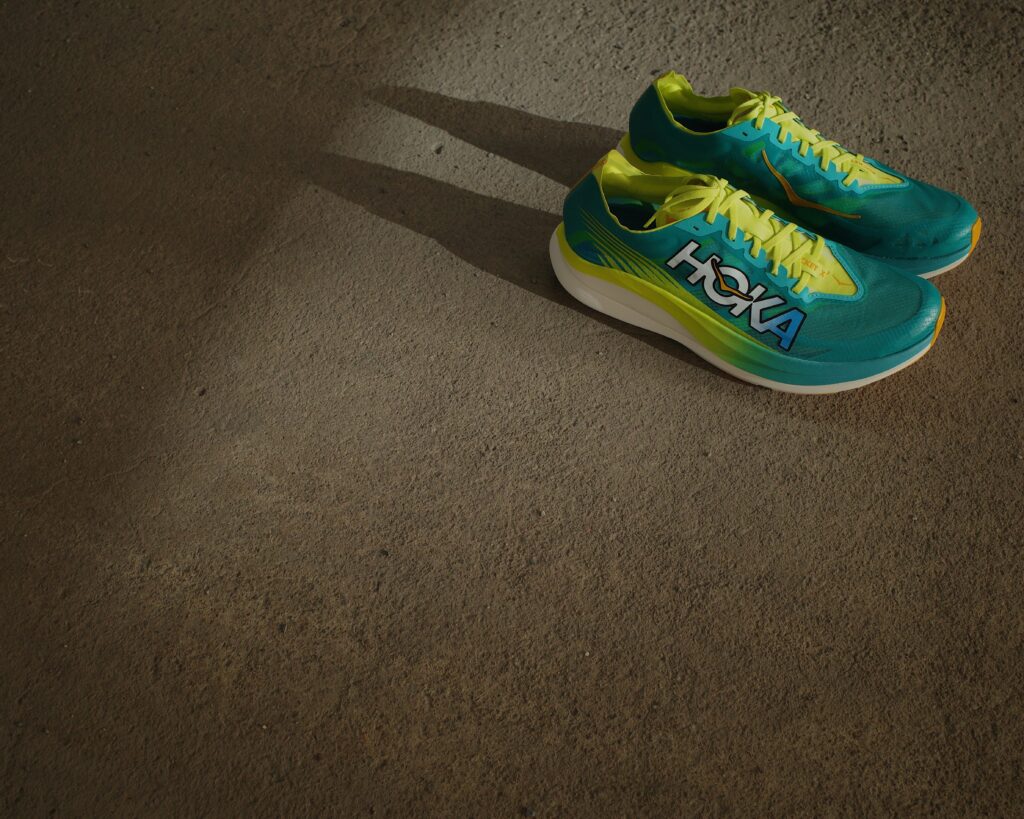
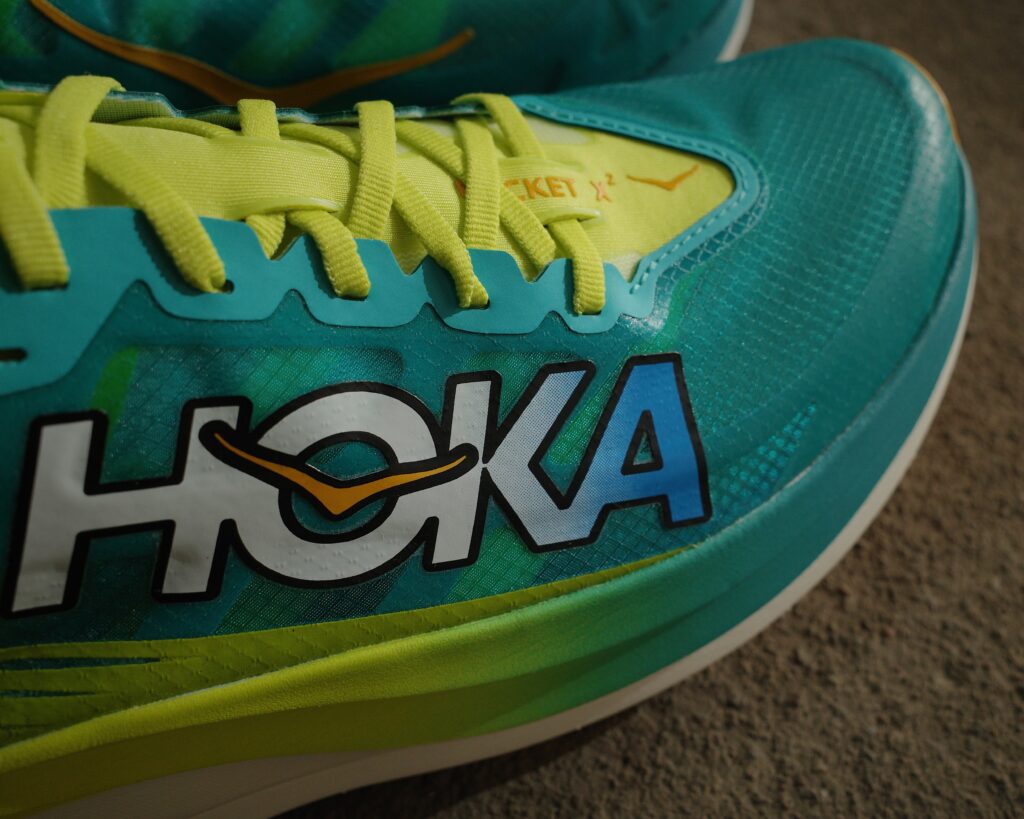
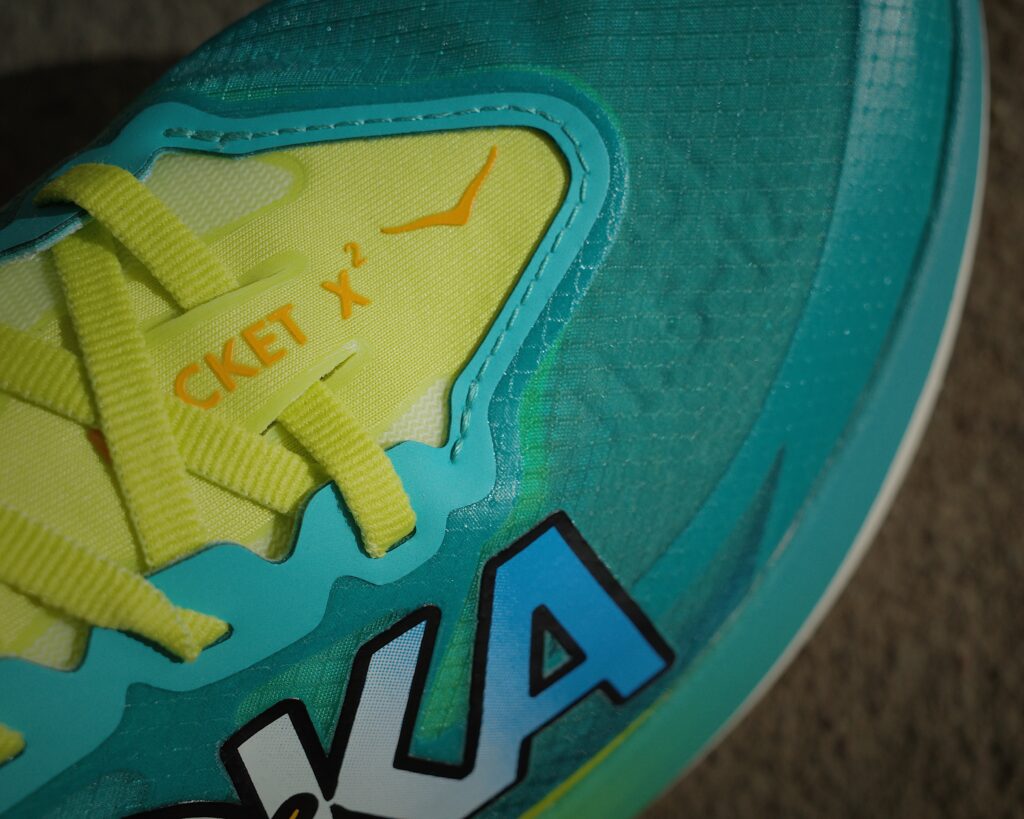
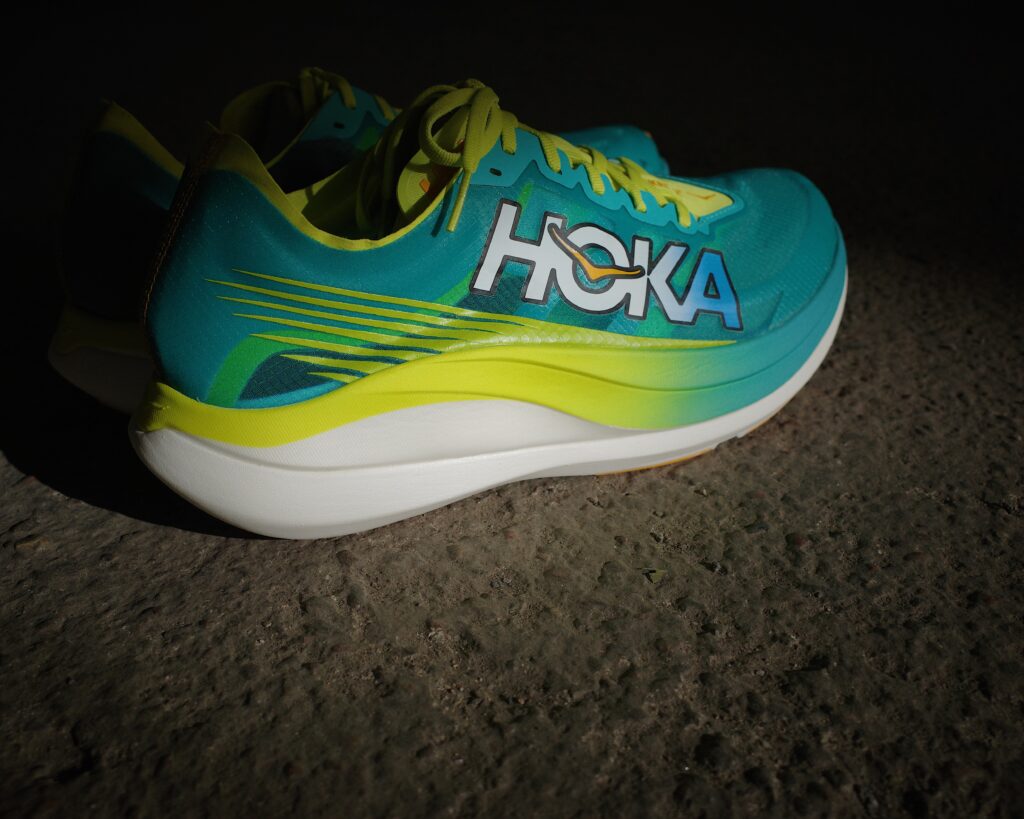
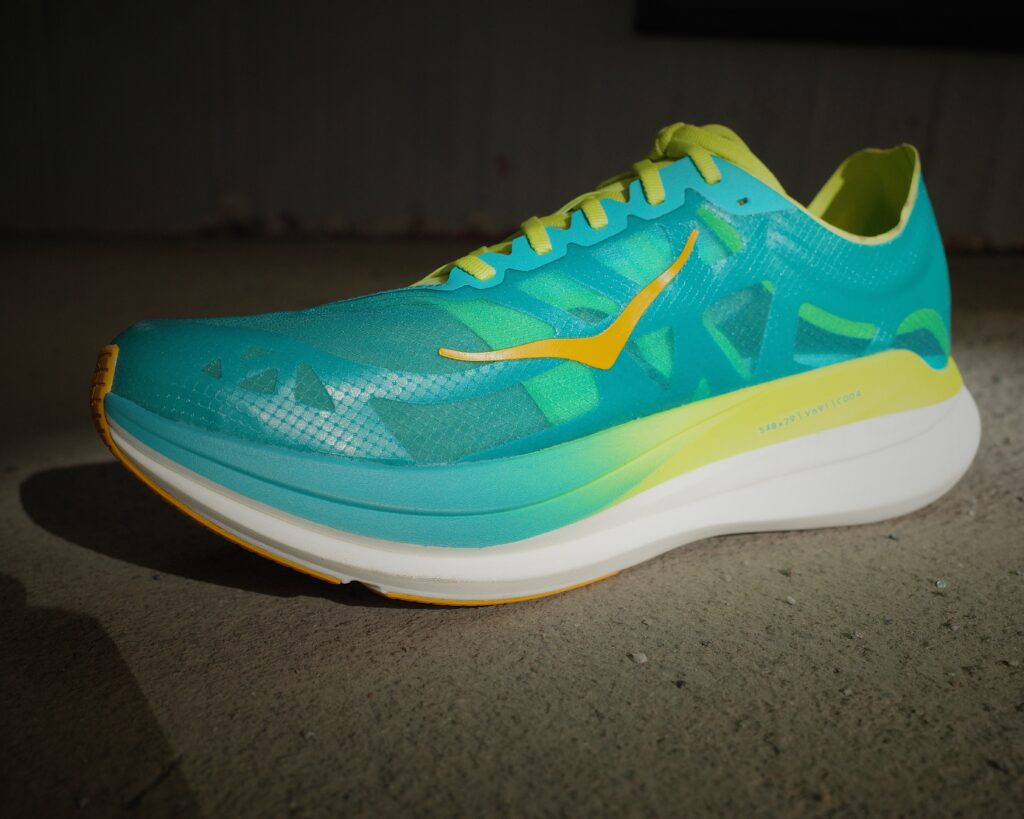
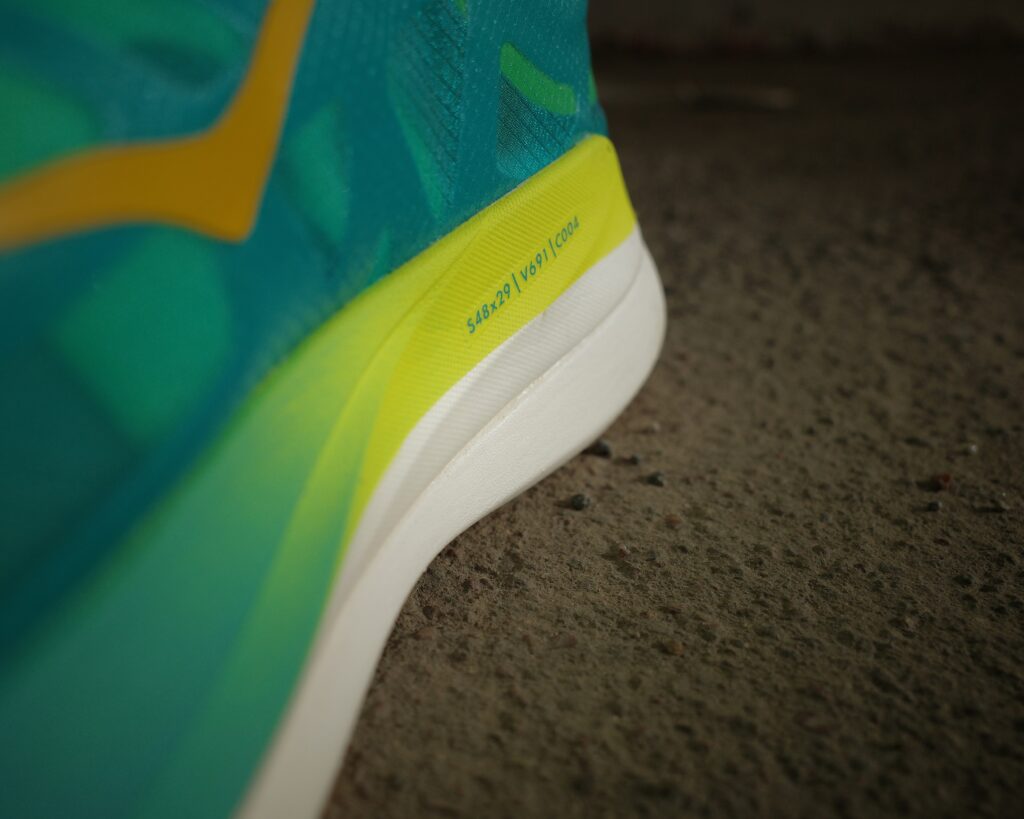
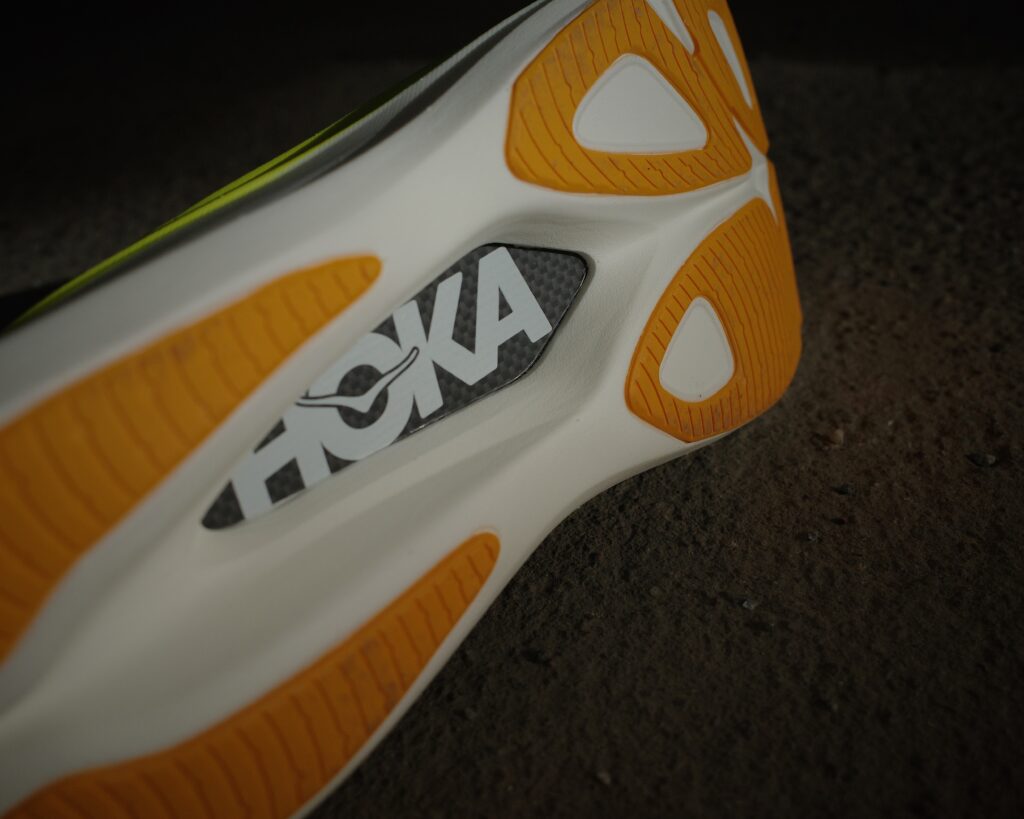
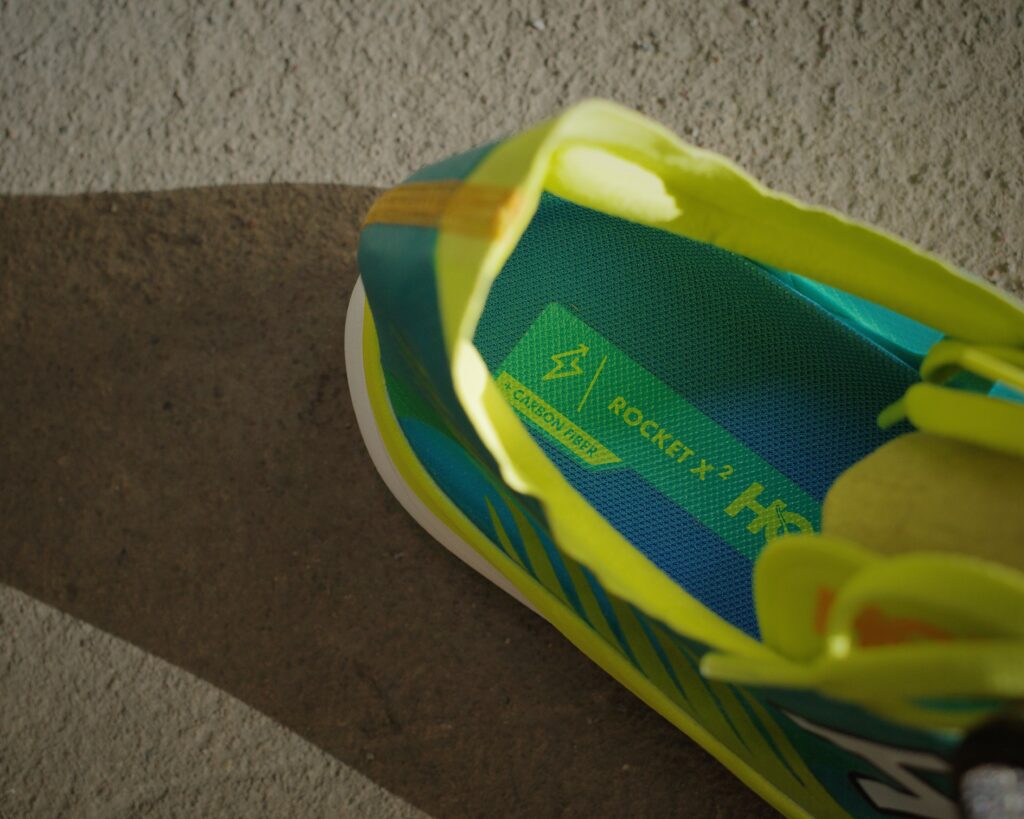
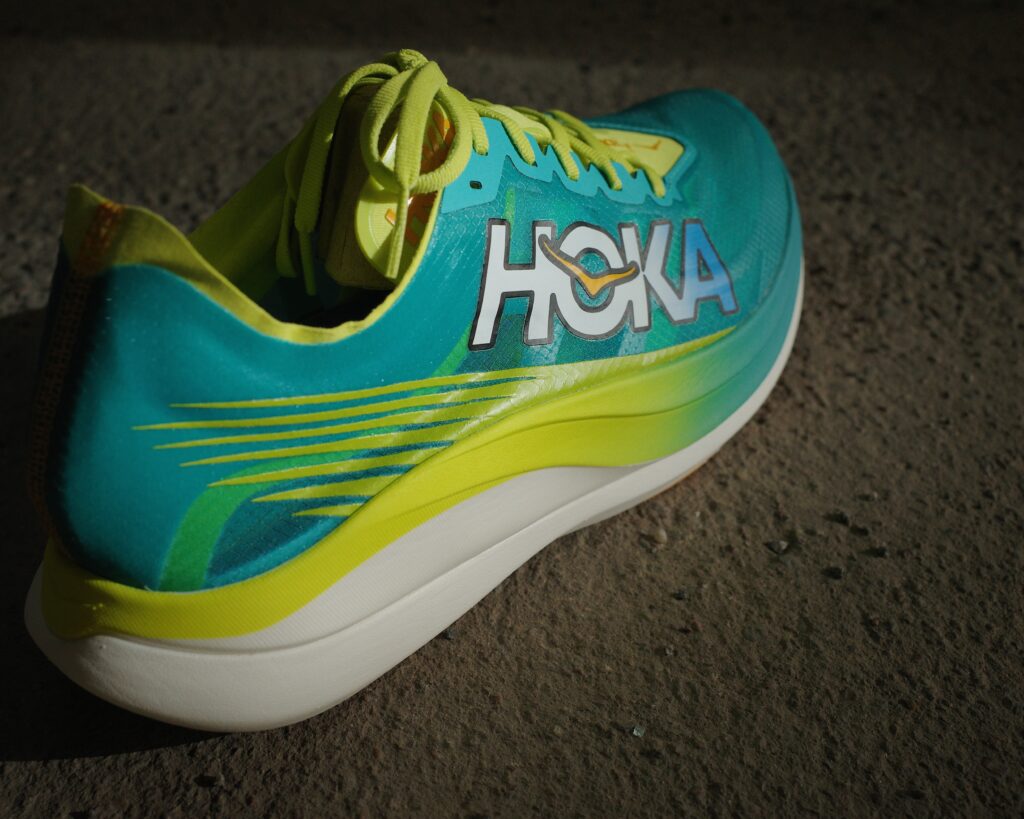
Tune of the day: Goldie @ HÖR









Tune of the day: Goldie @ HÖR
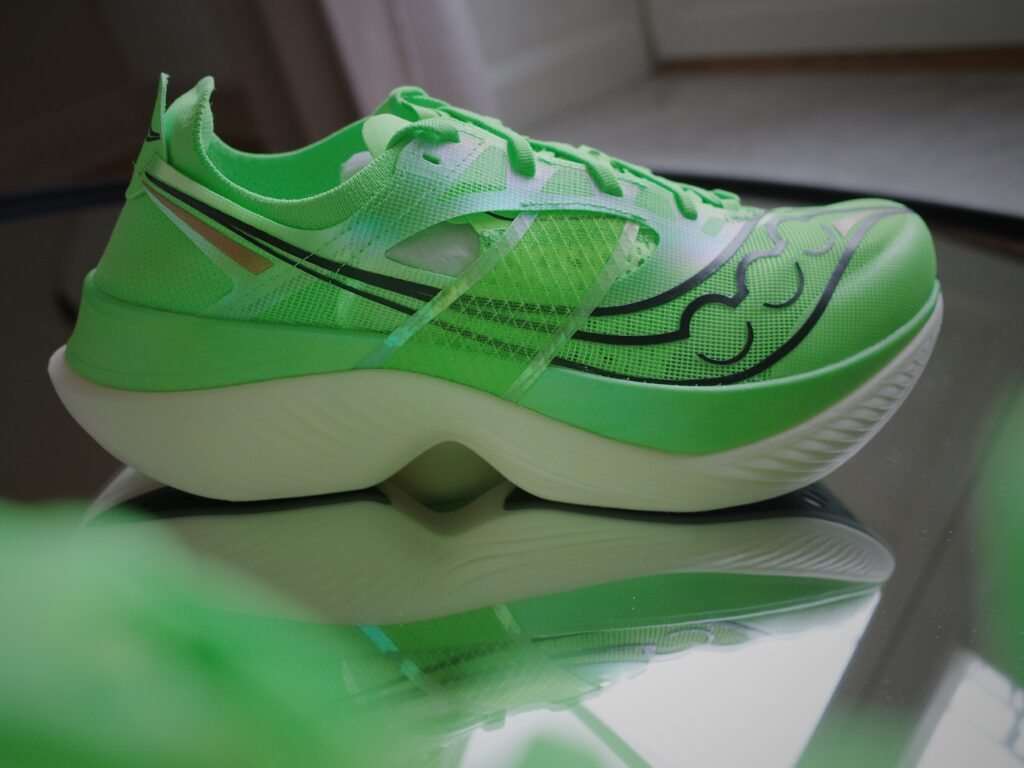
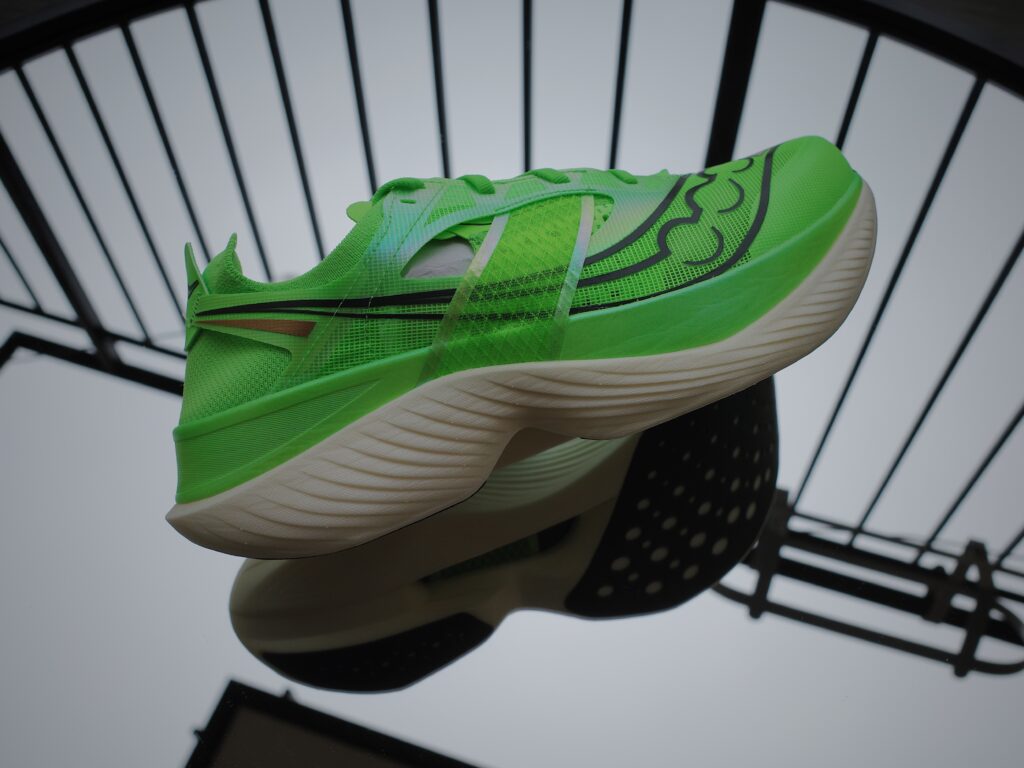
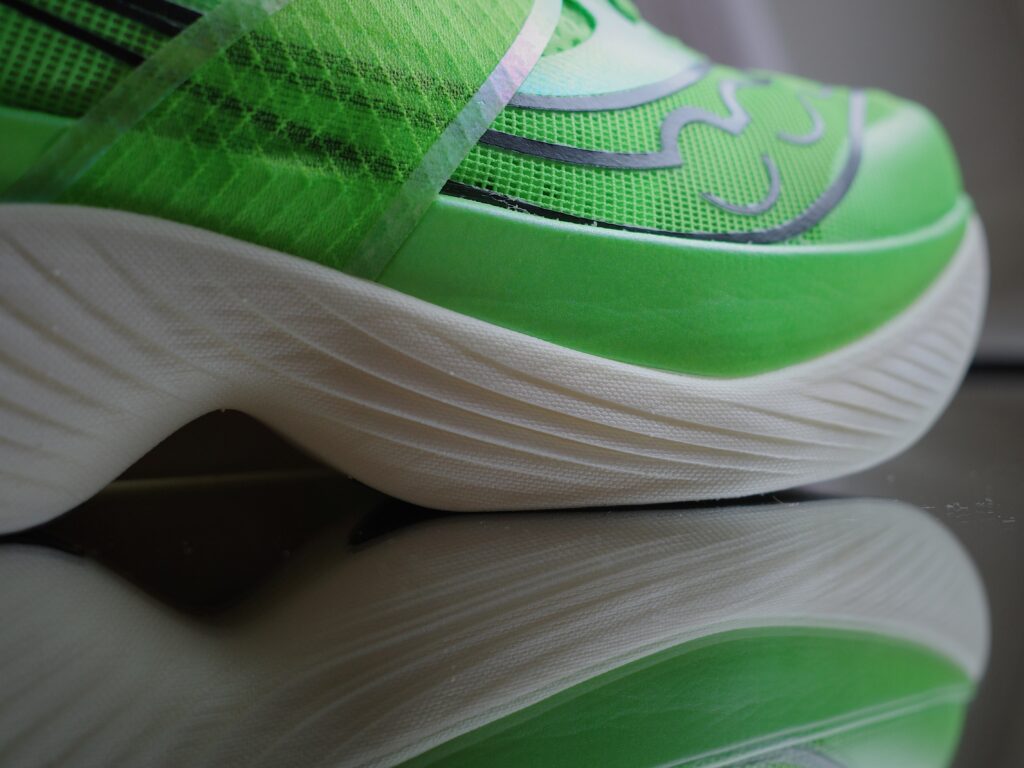
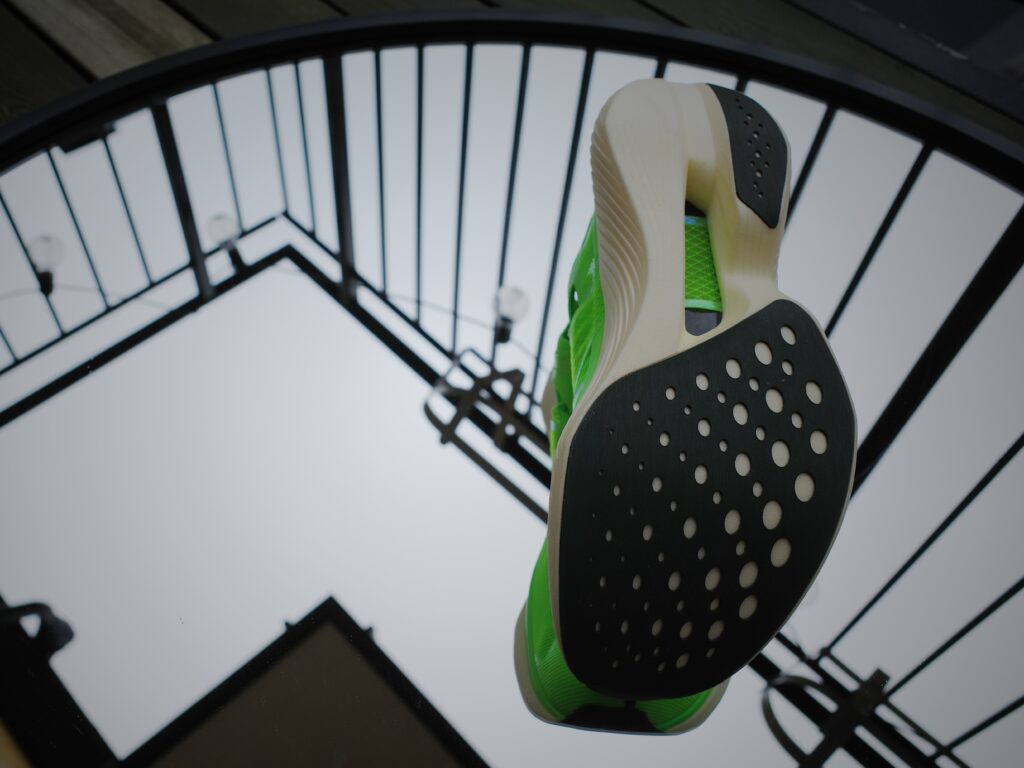
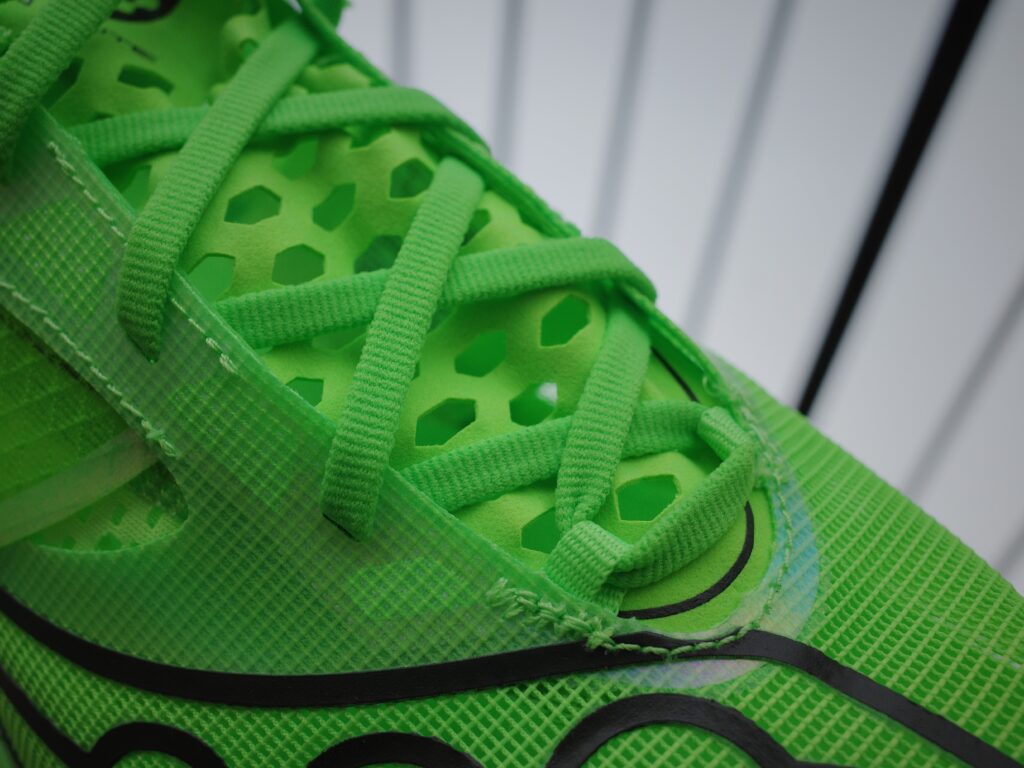
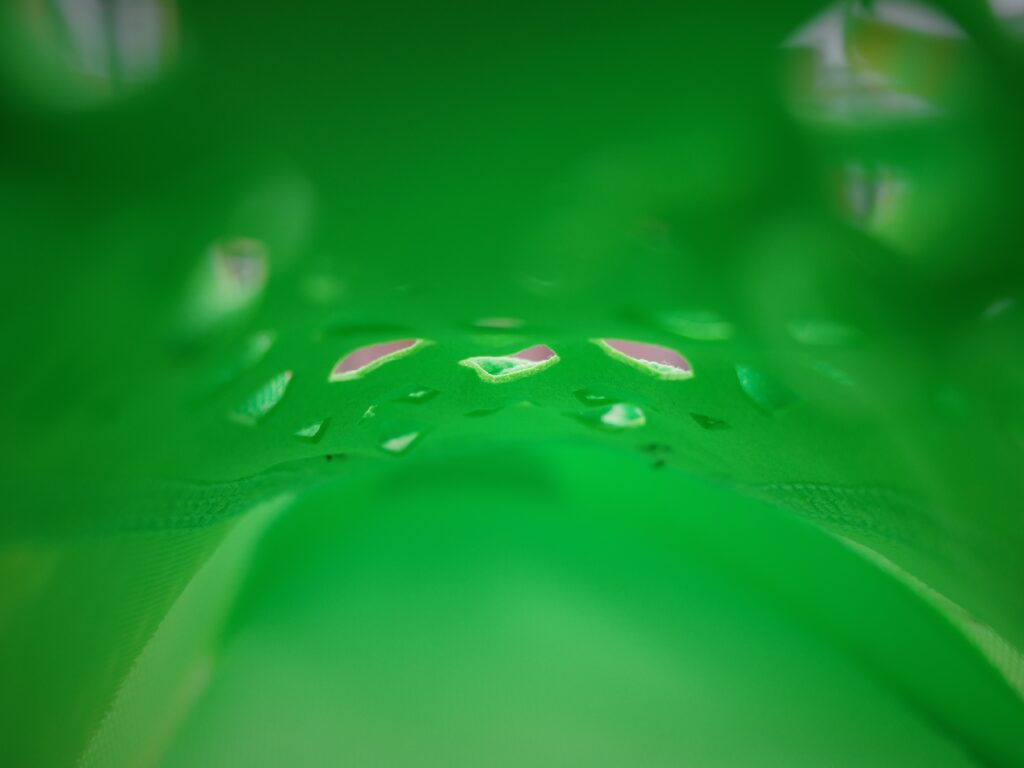
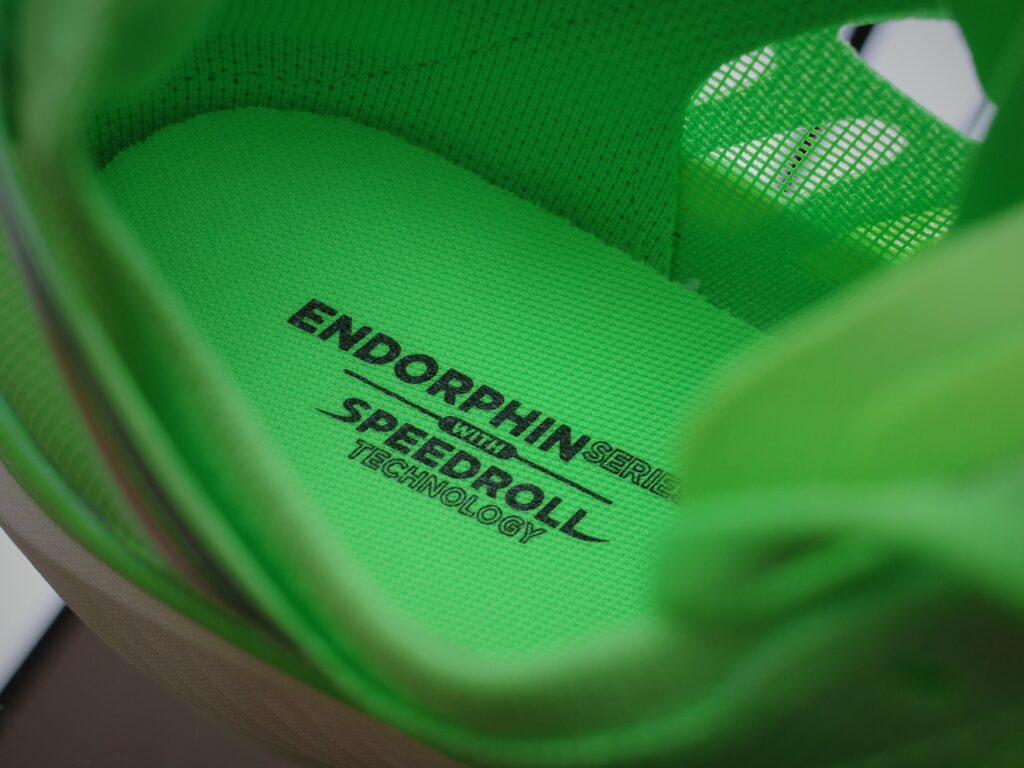
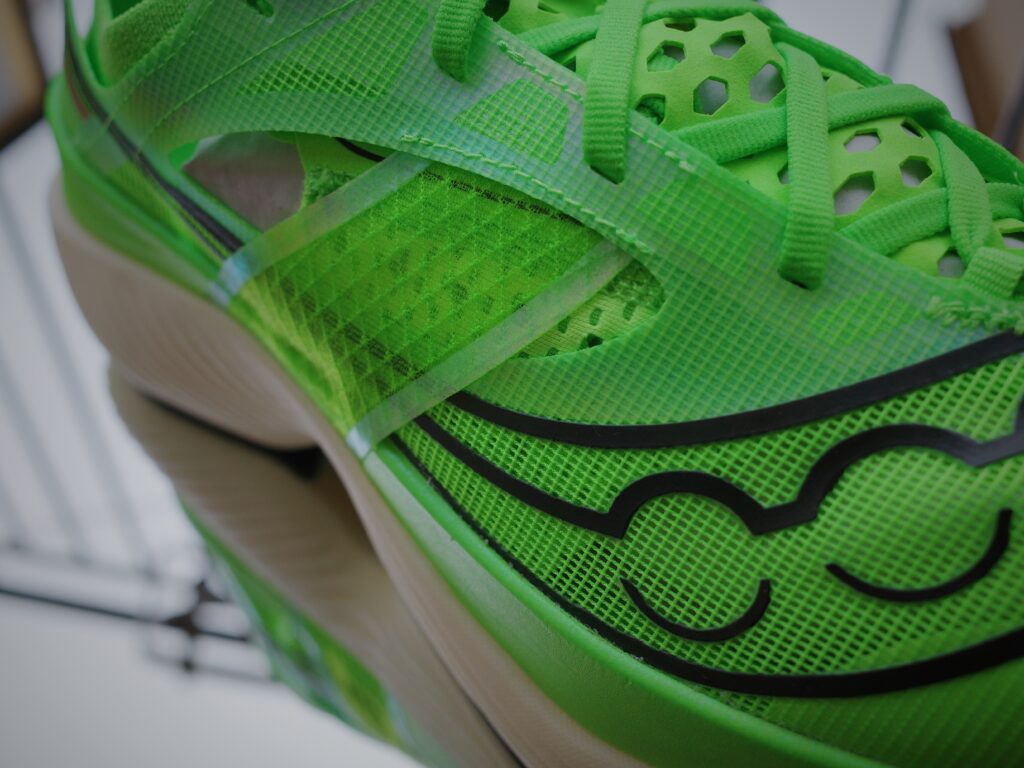
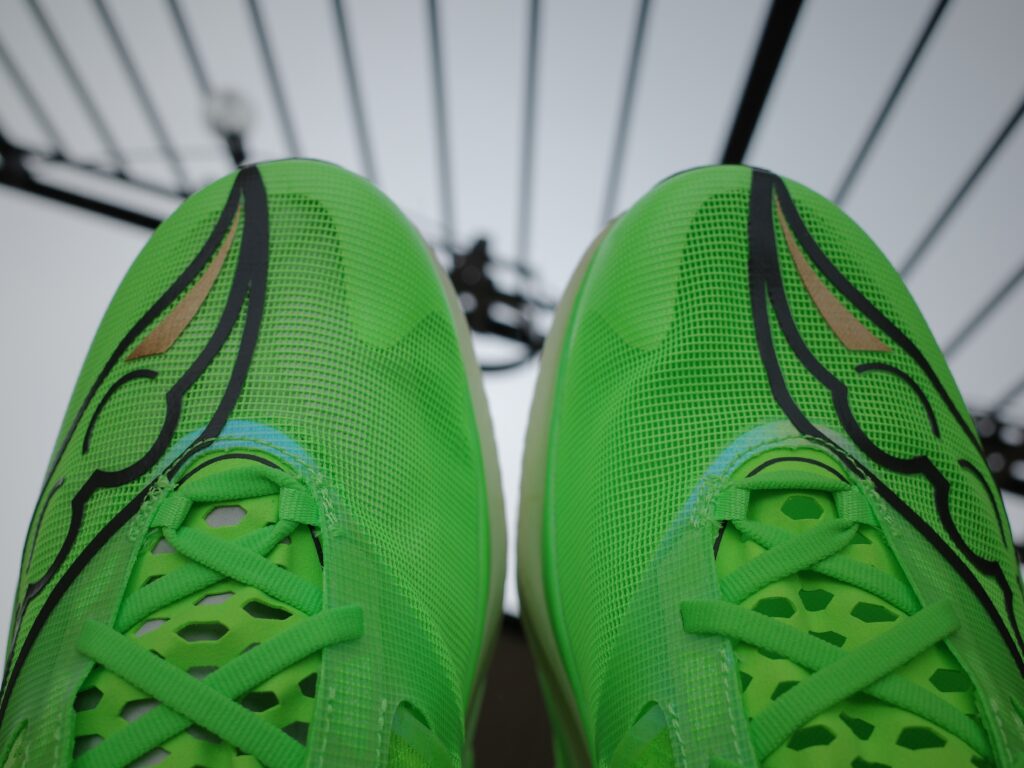
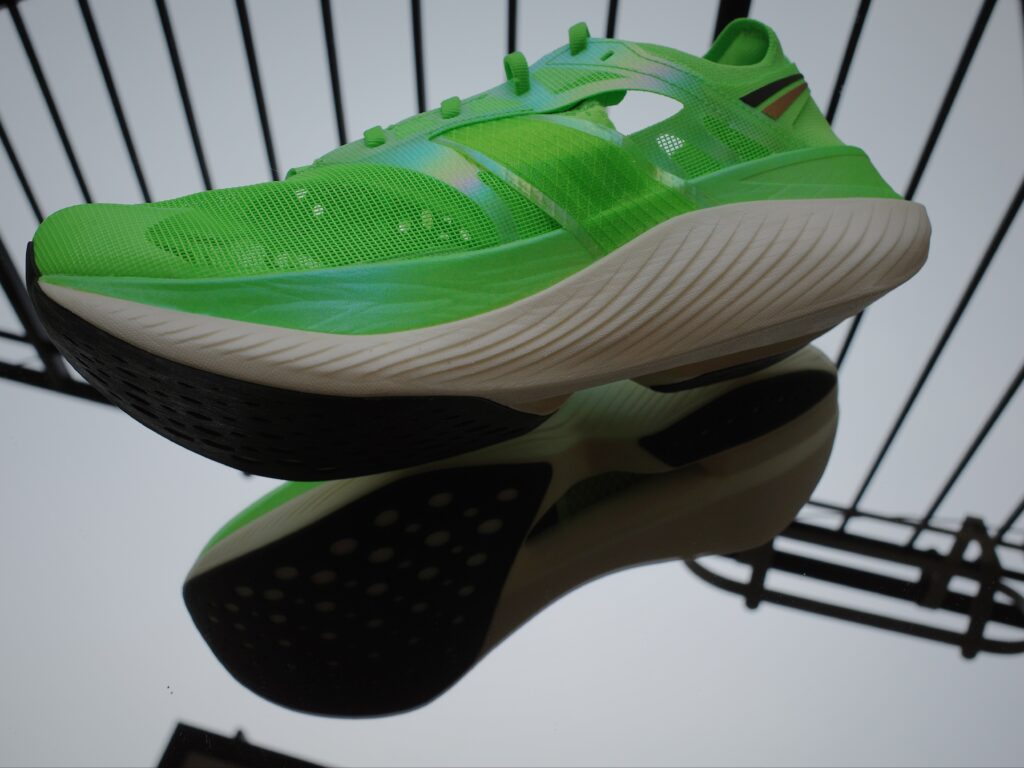
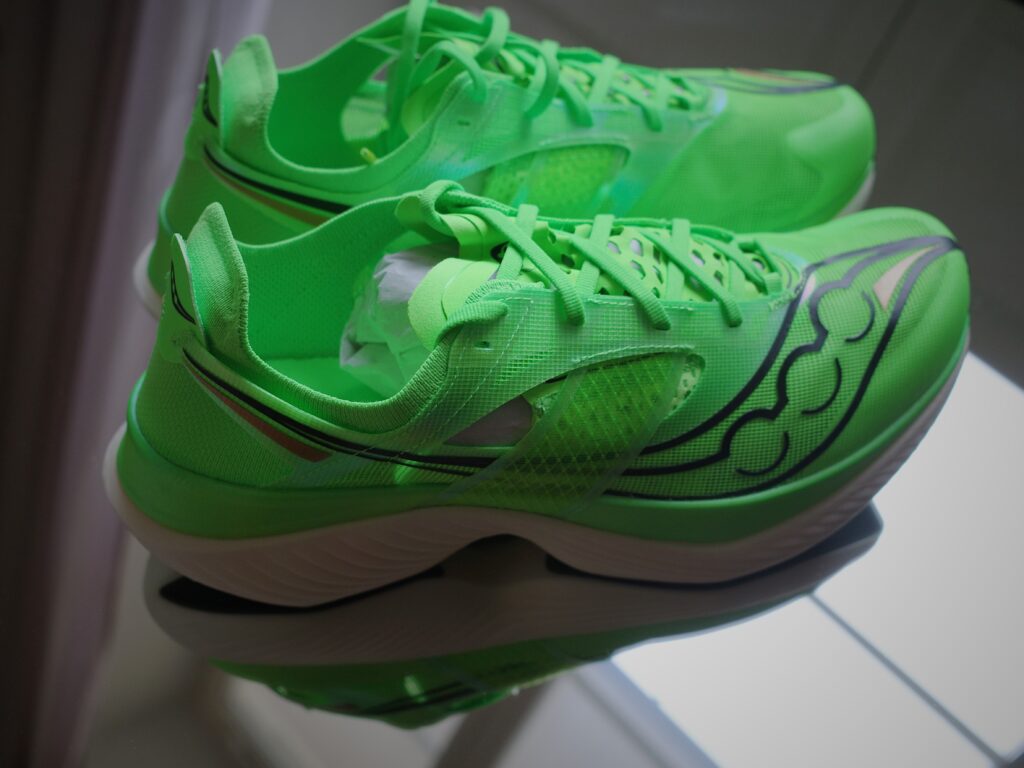
Tune of the day: Strategy – Graffiti In Space
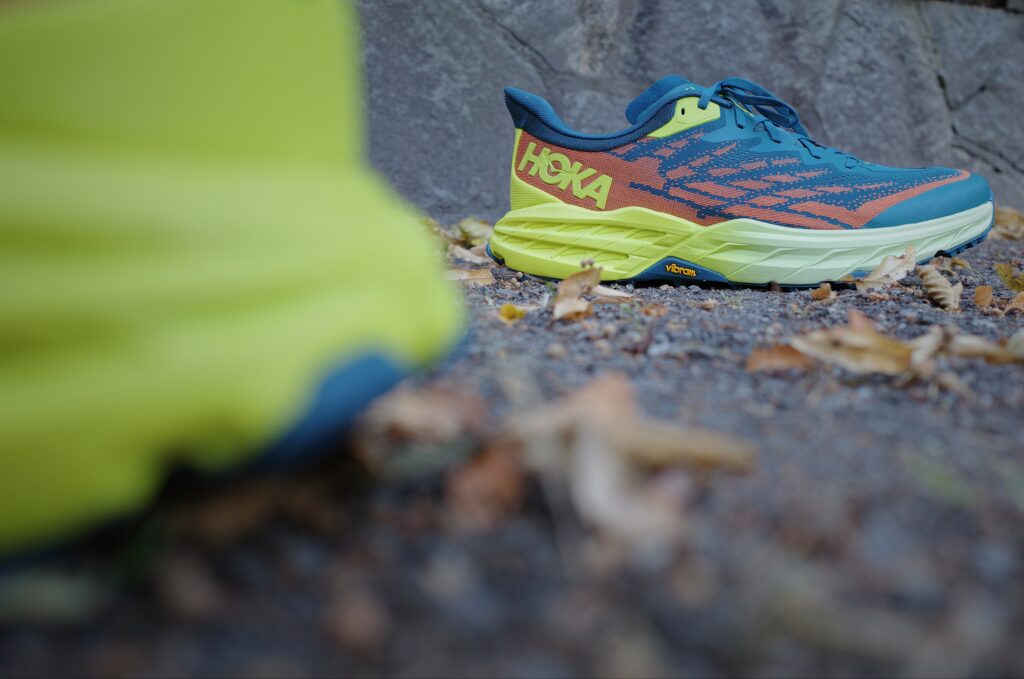
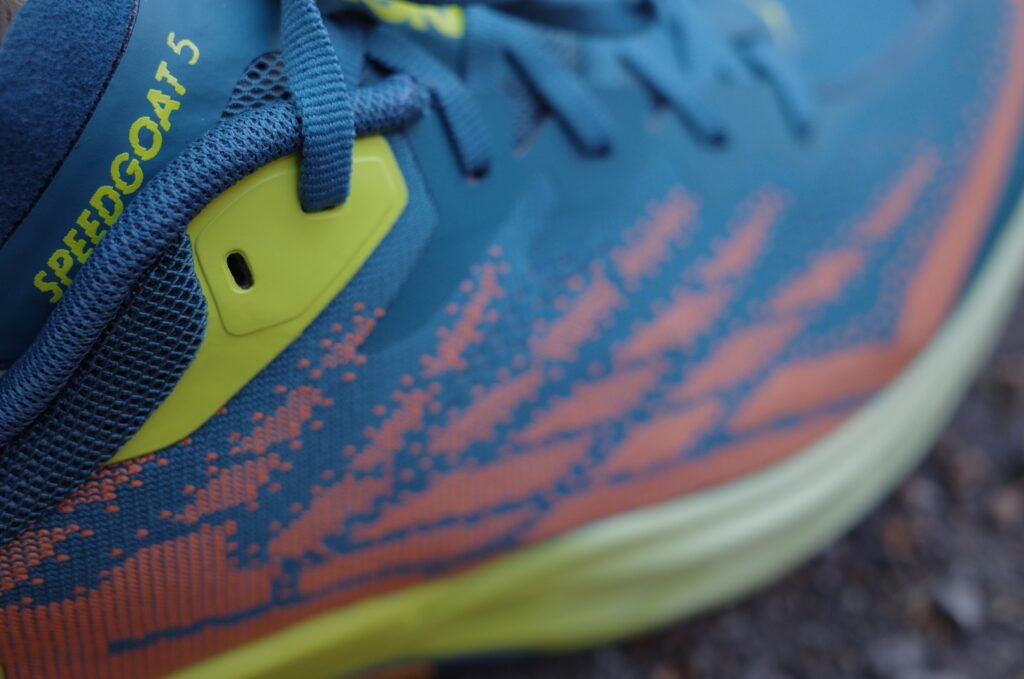
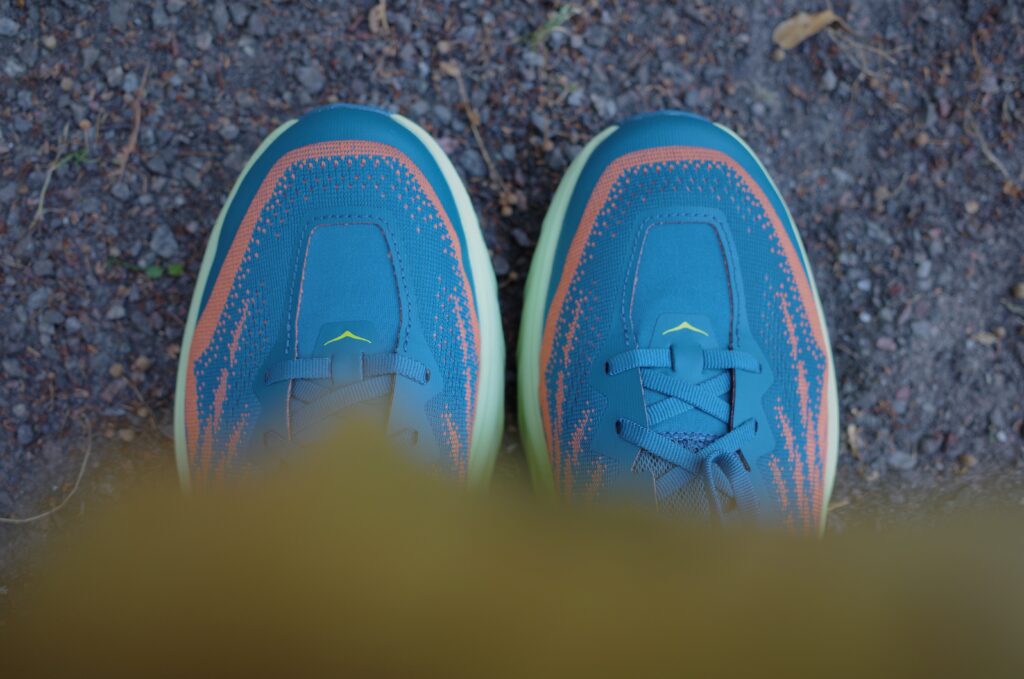
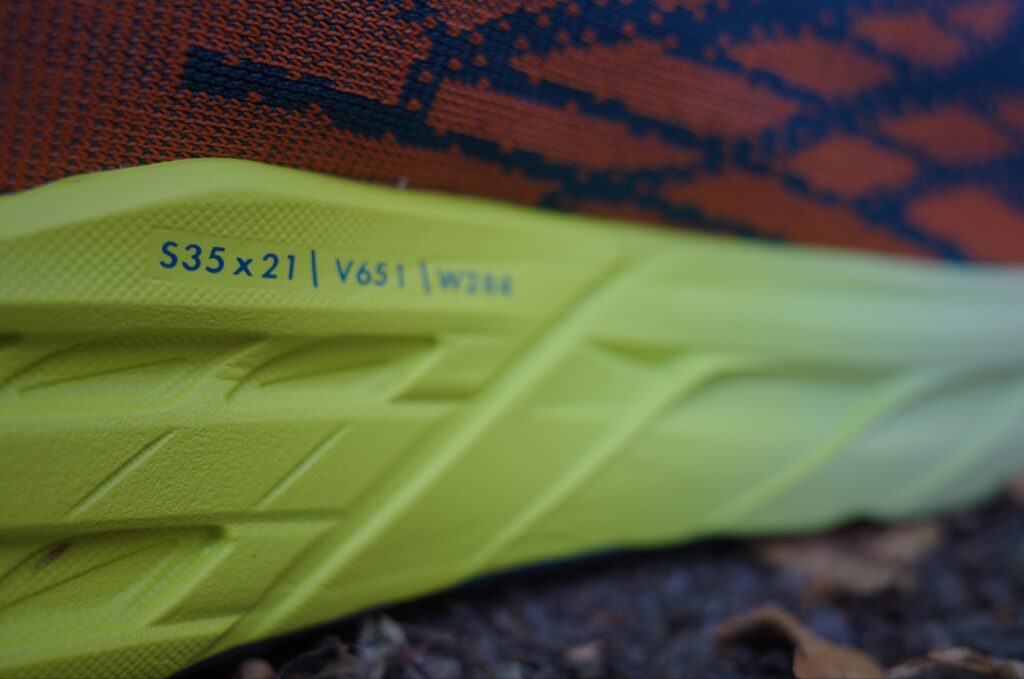
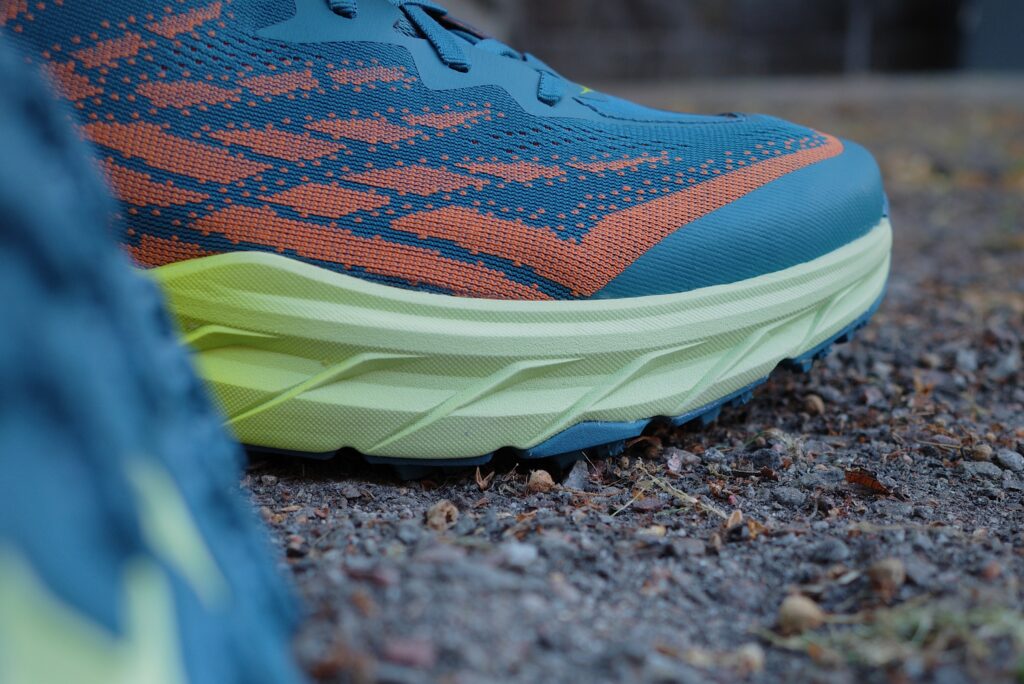
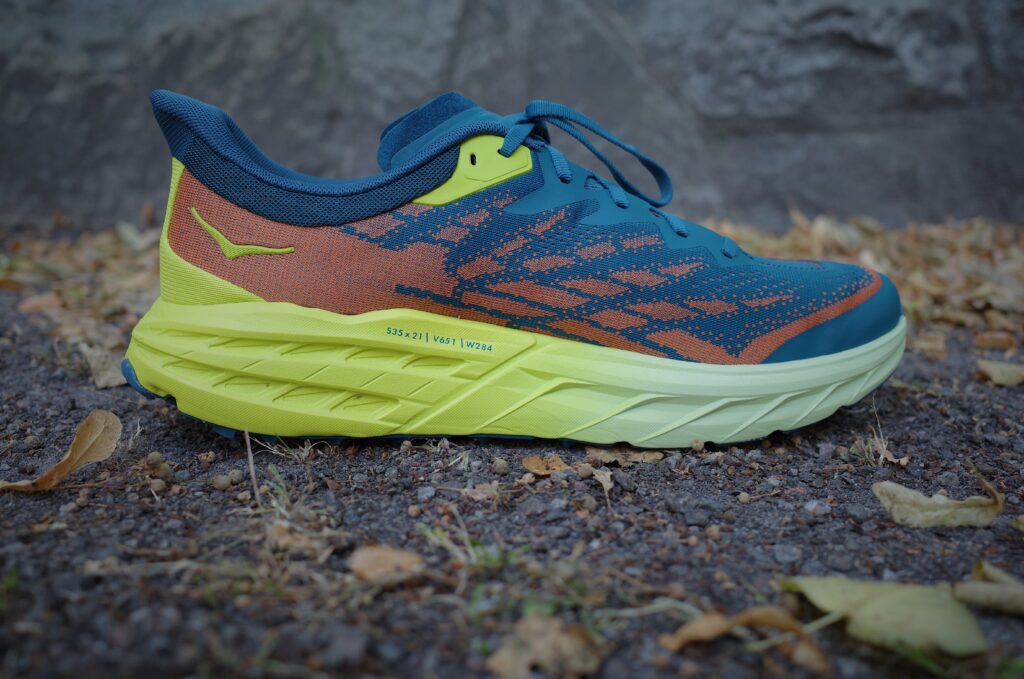
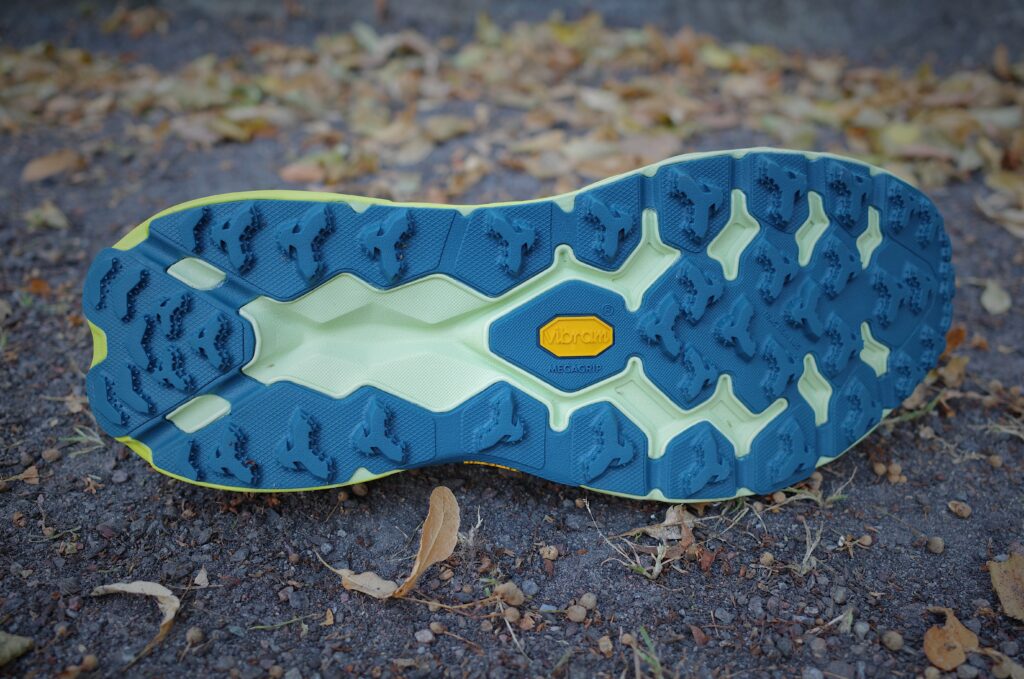
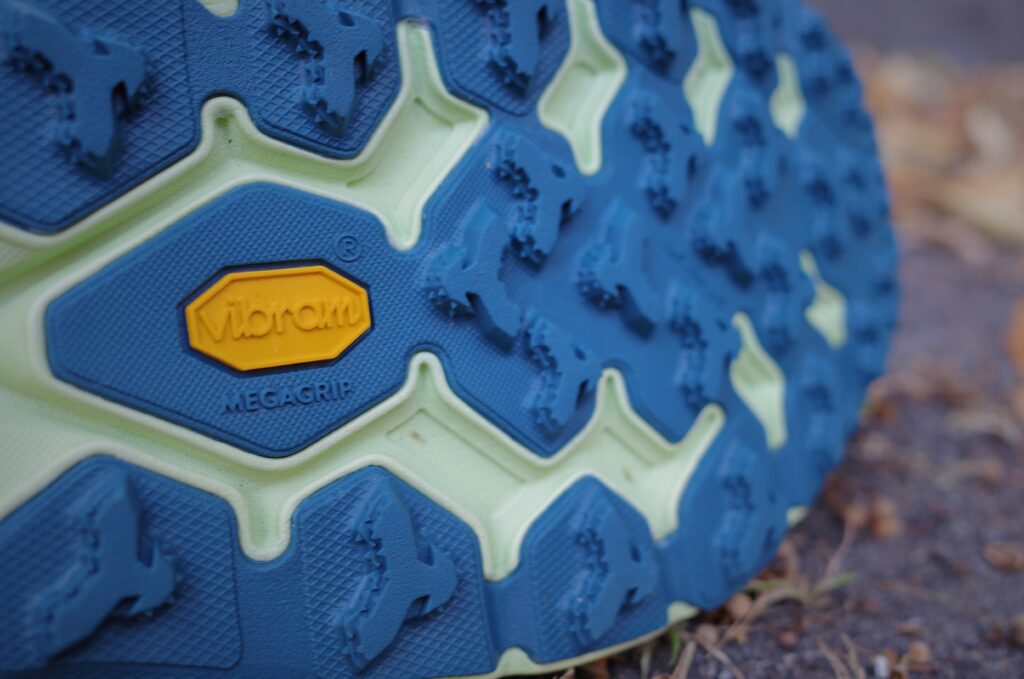
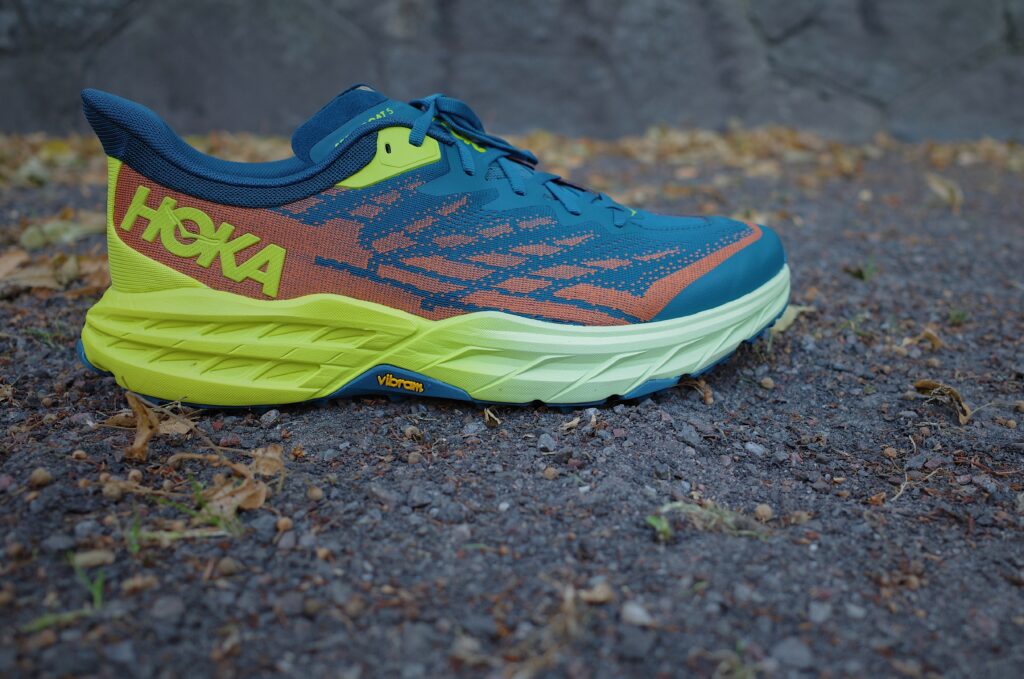
Tune of the day: Hudson Mohawke – Cry Sugar
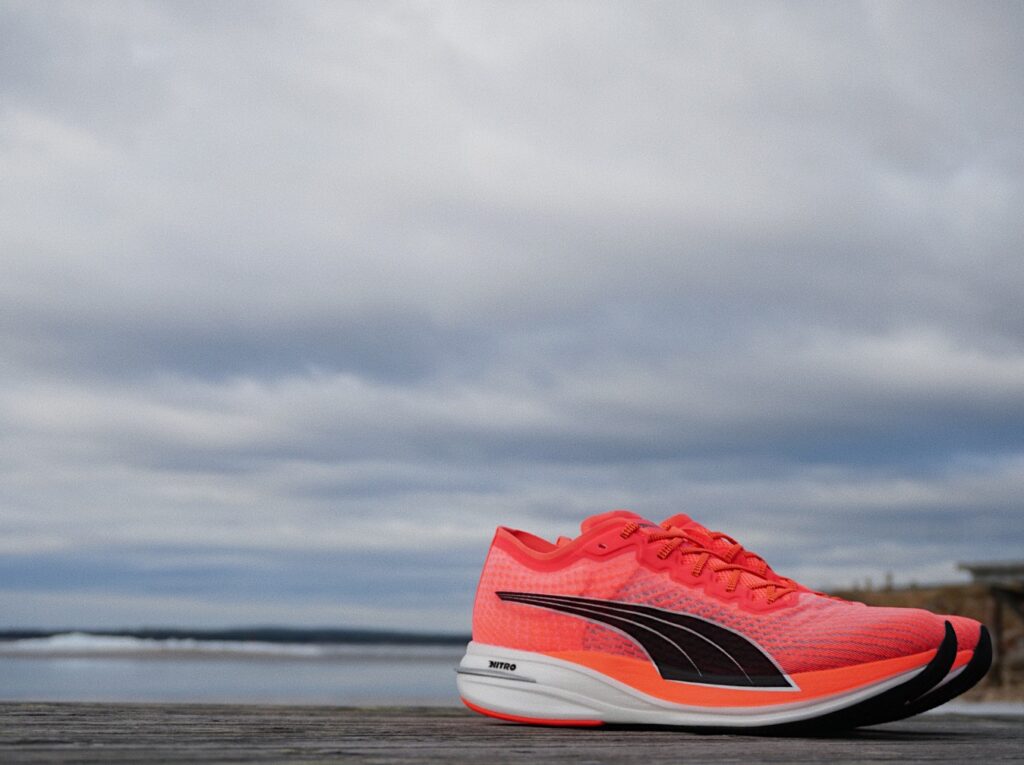
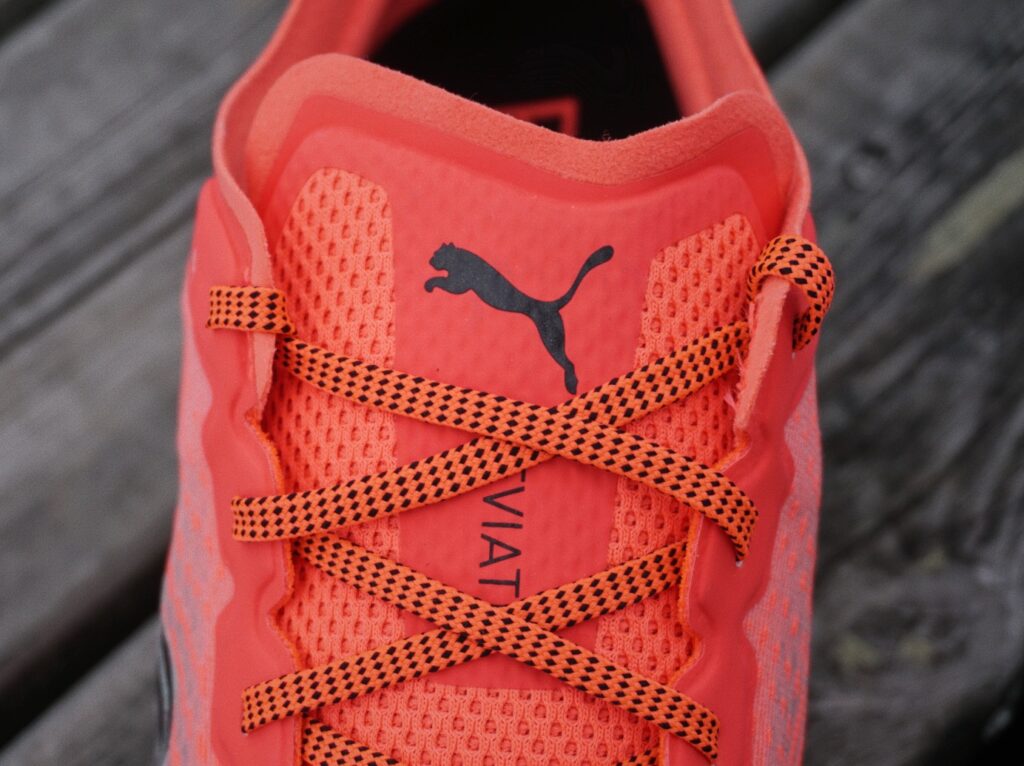
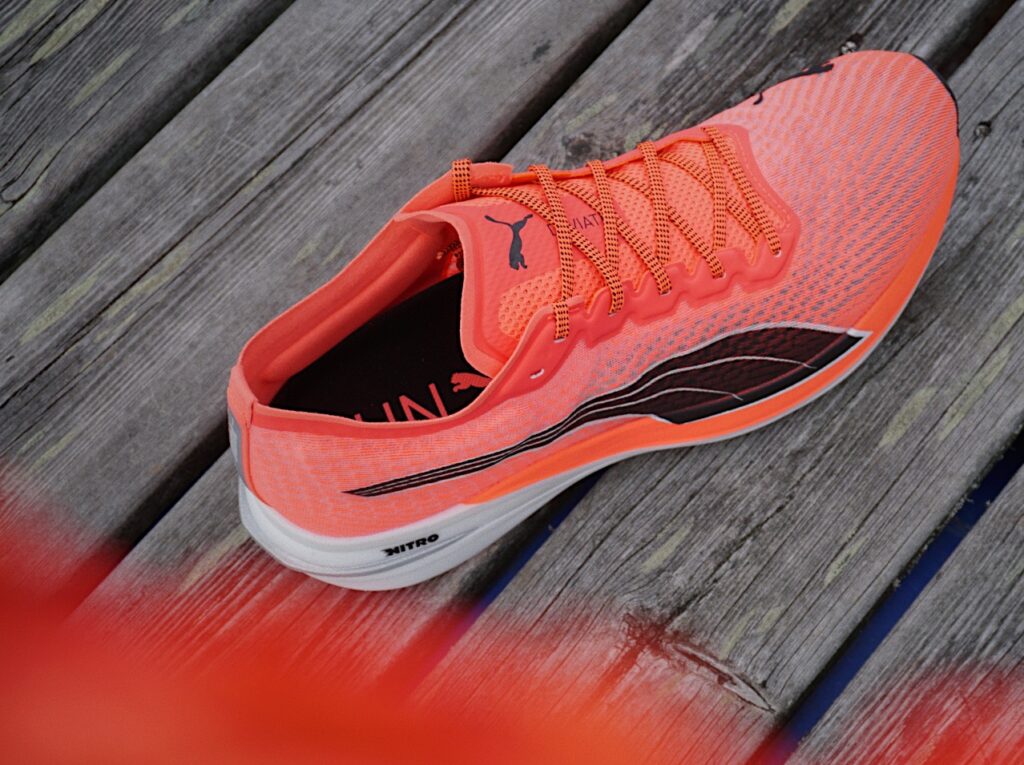
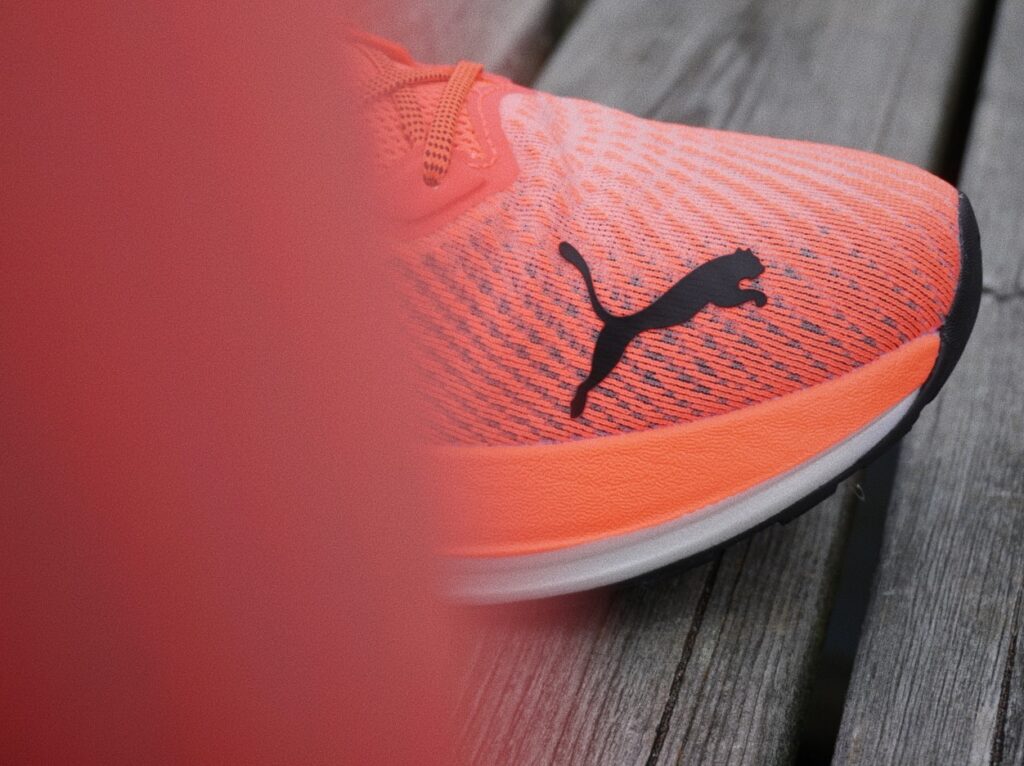
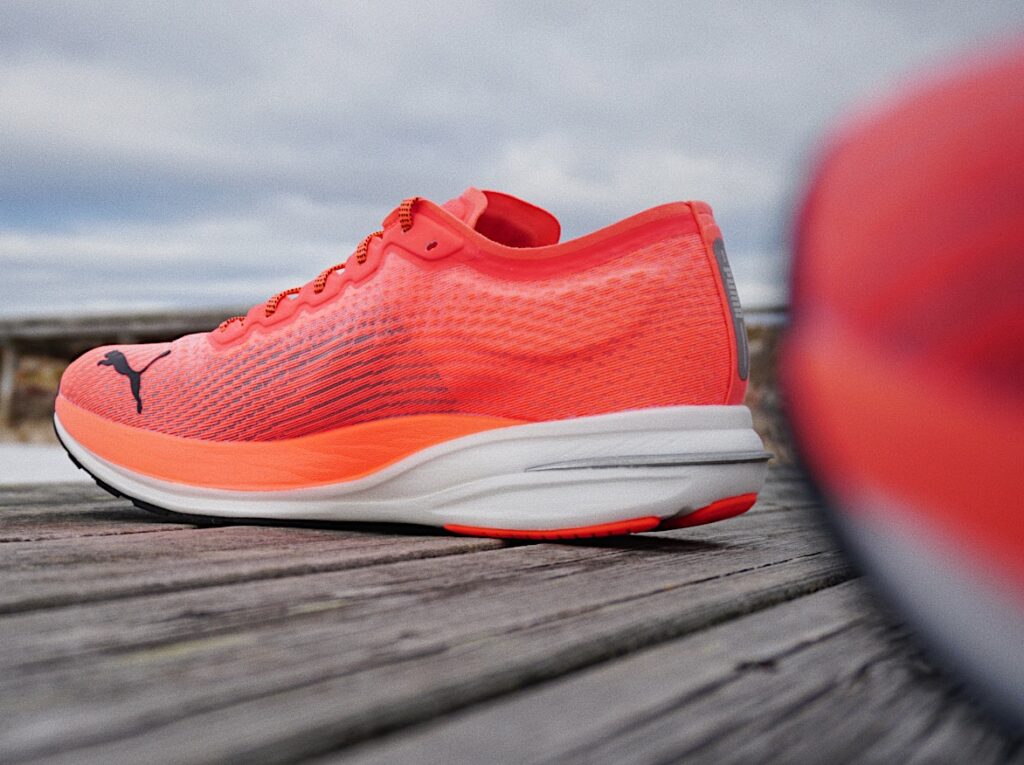
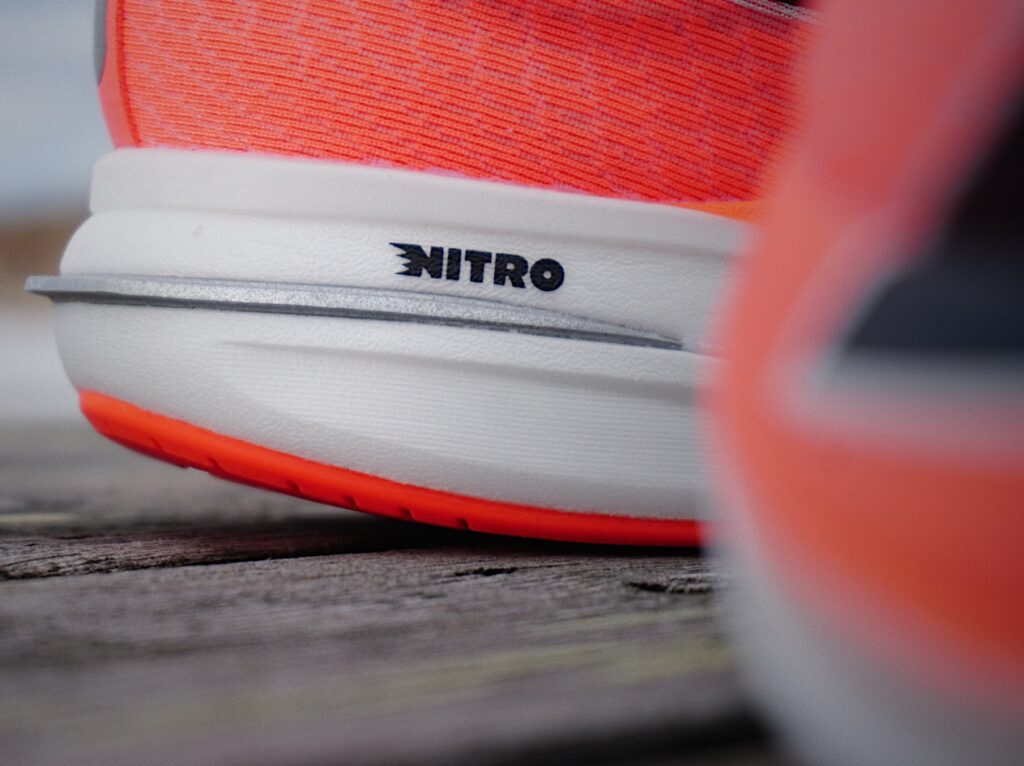
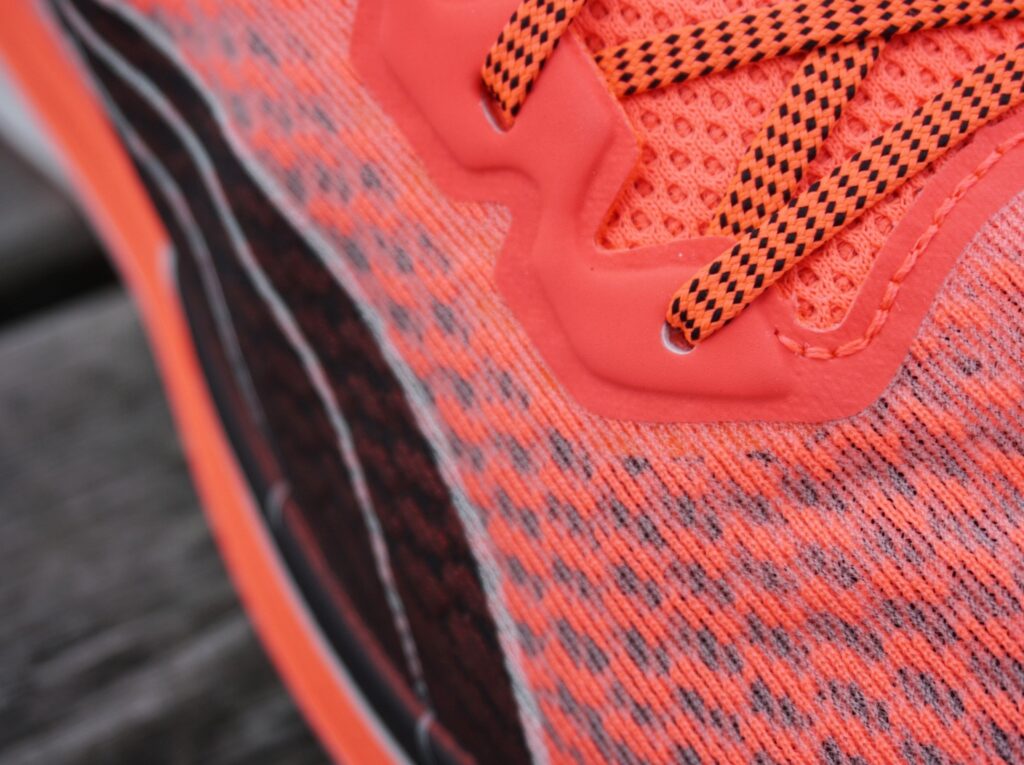
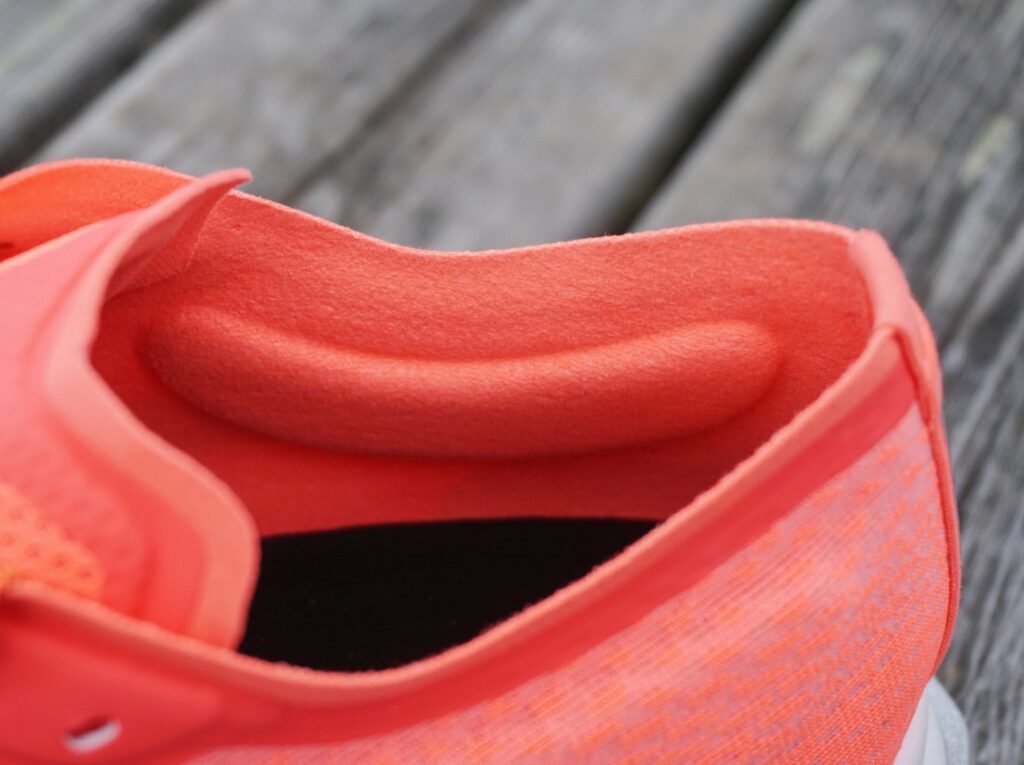
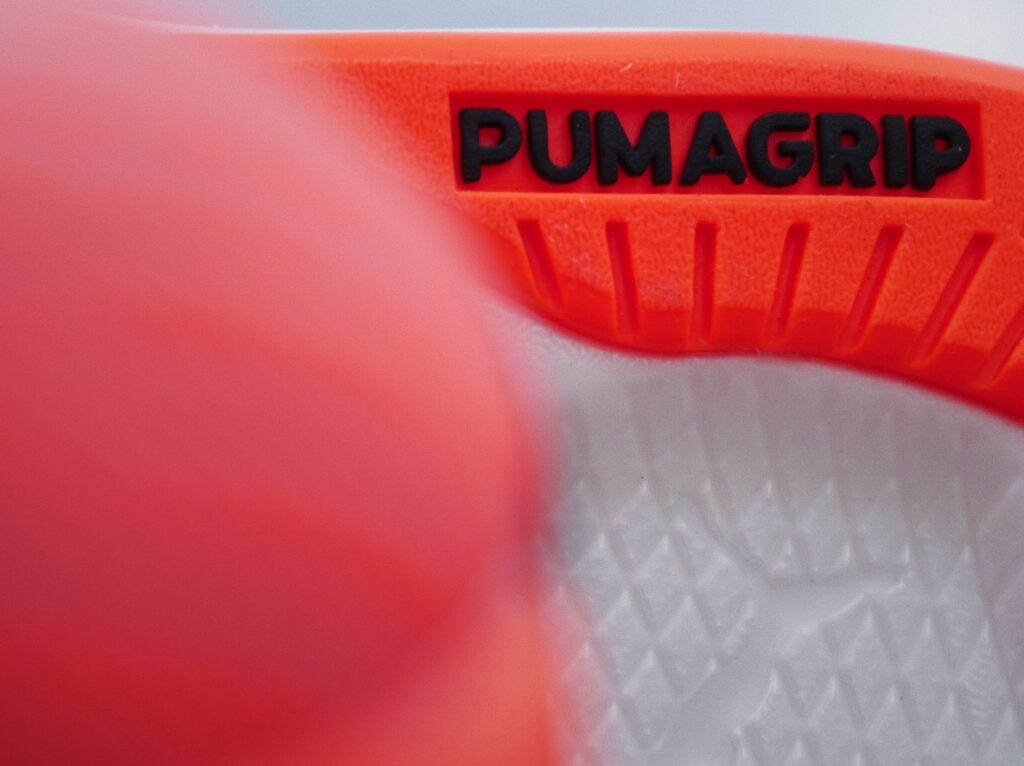
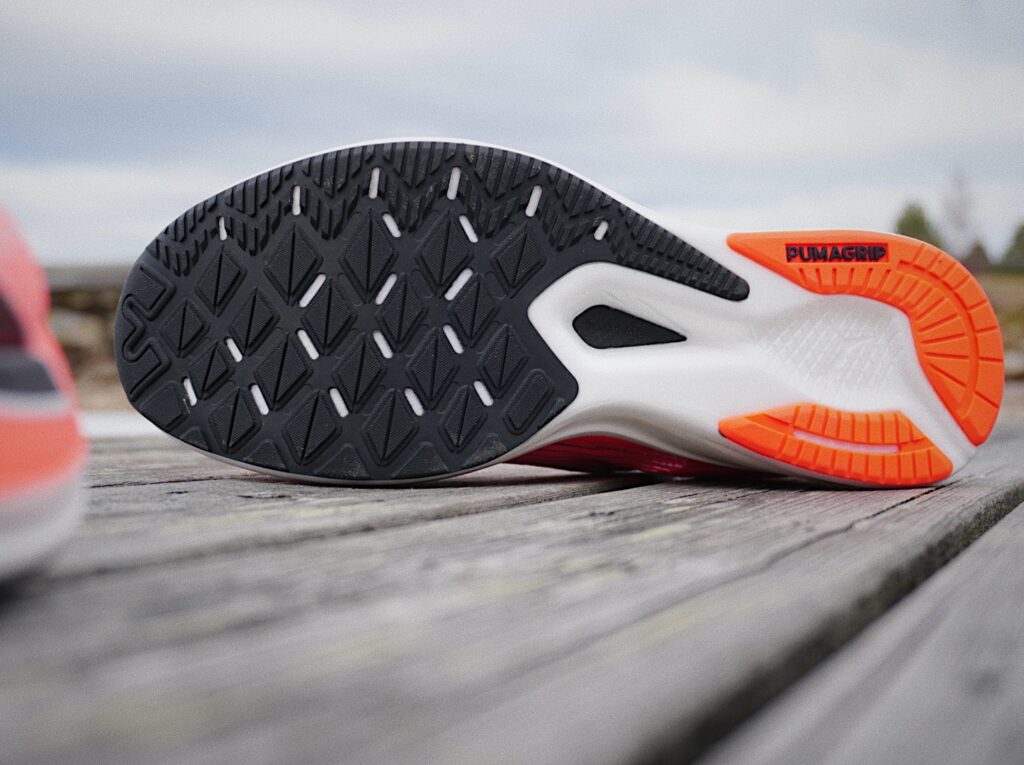
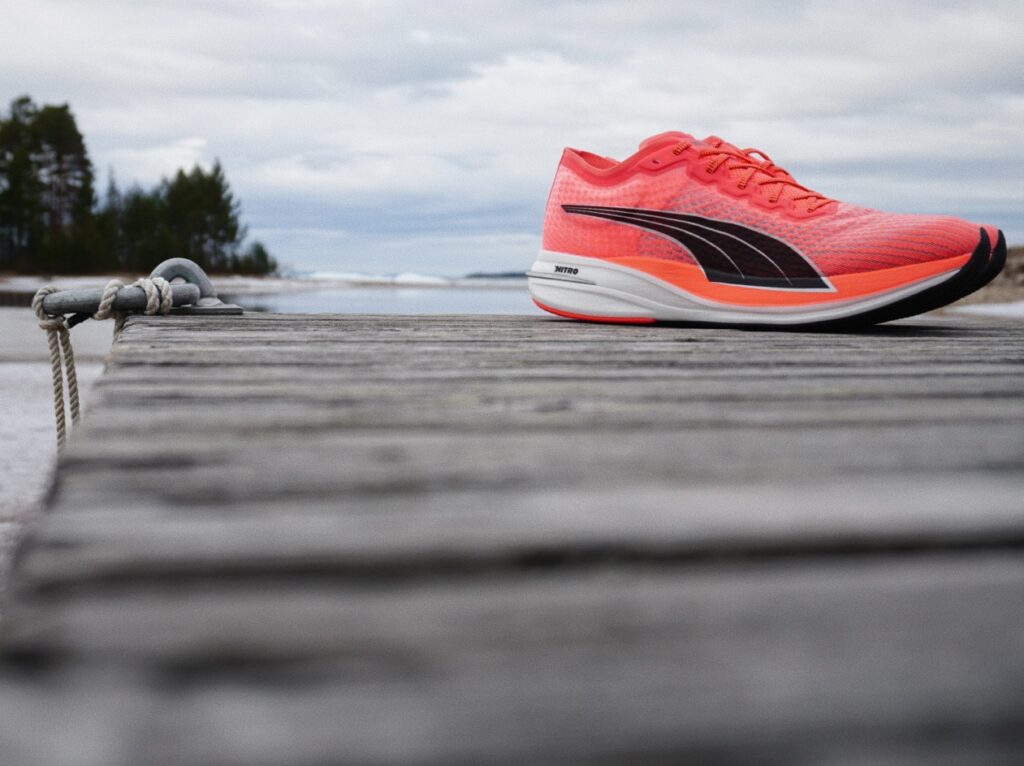
Tune of the day: Brockhampton – Roadrunner: New Light, New Machine
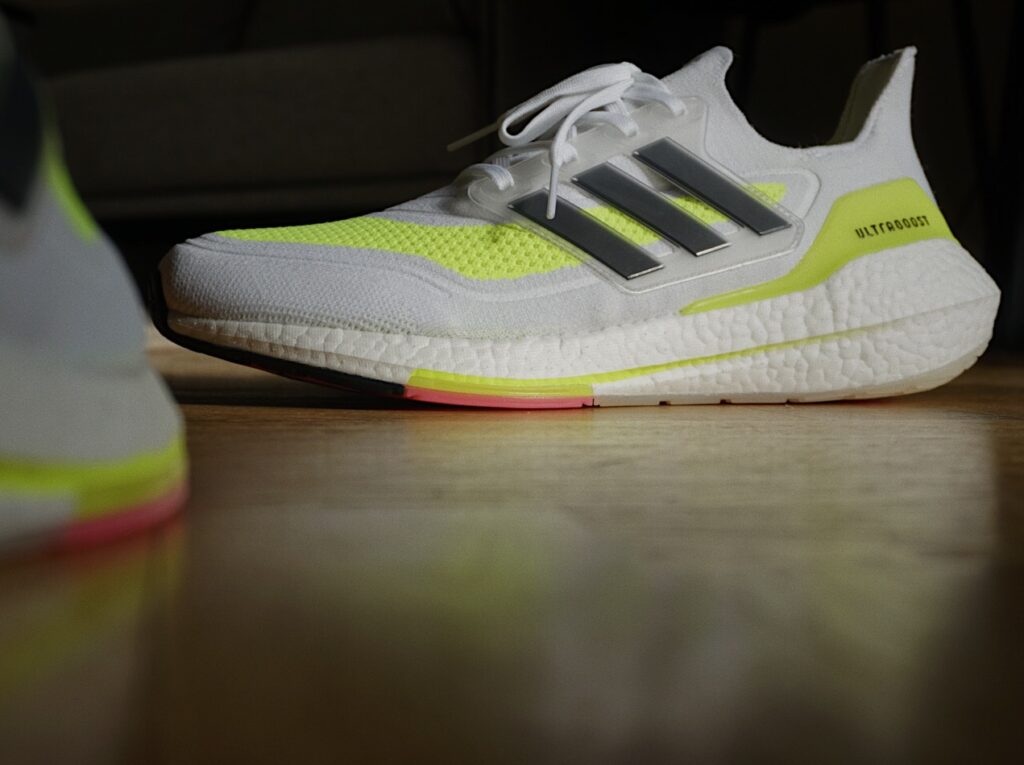
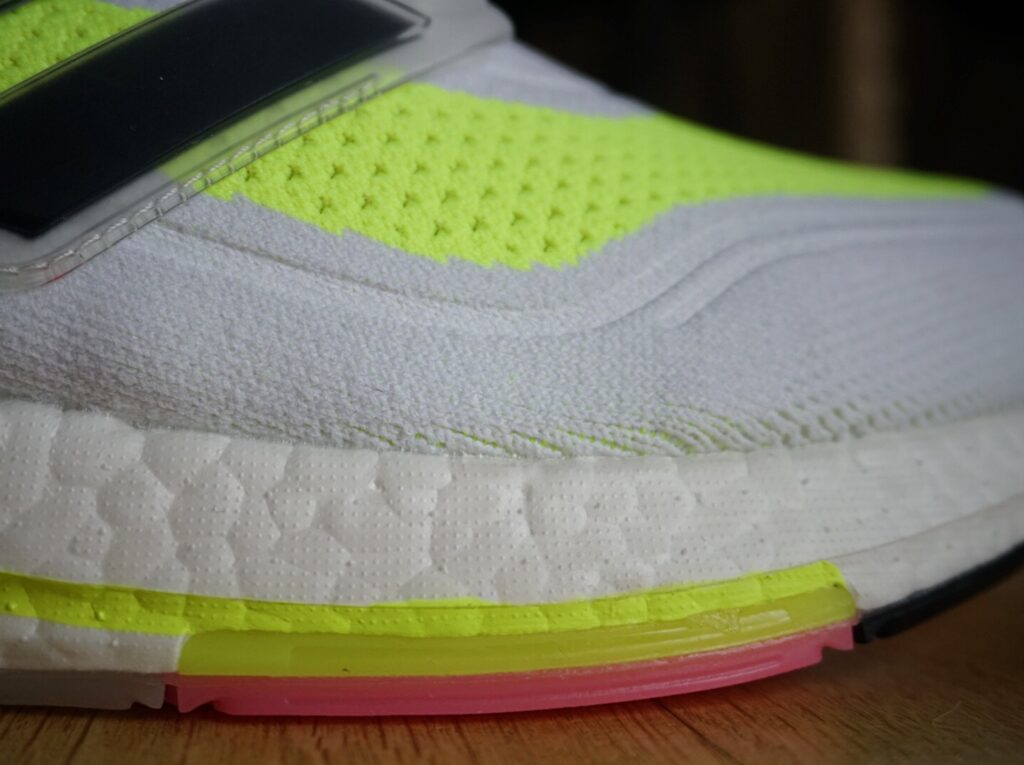
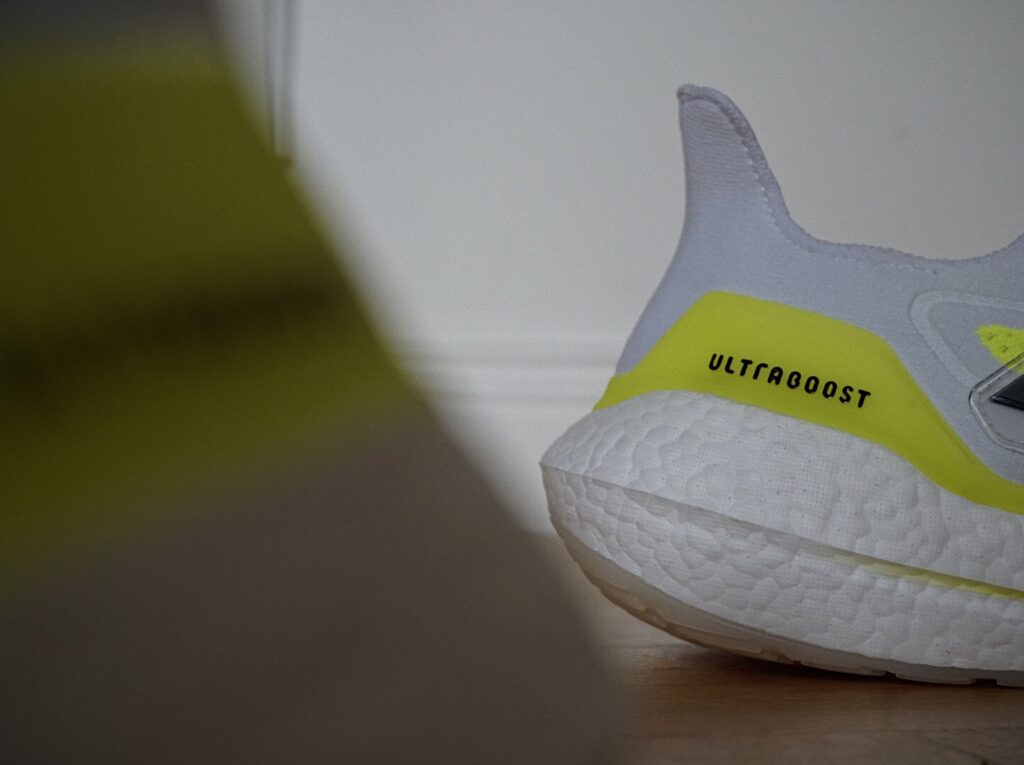
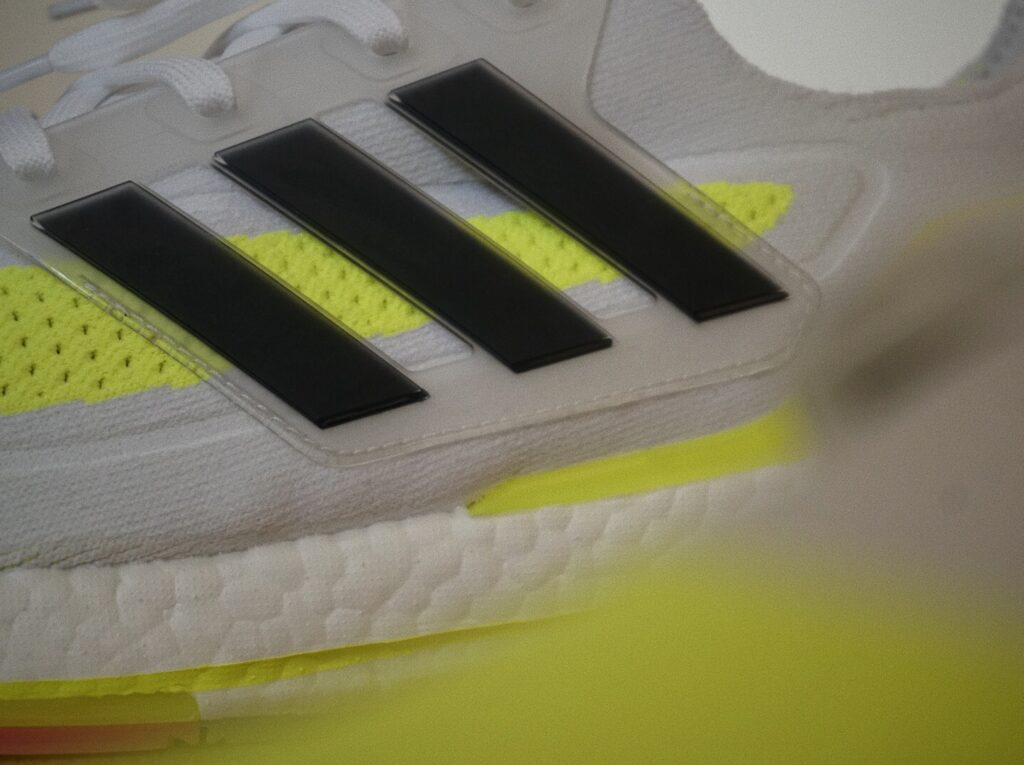
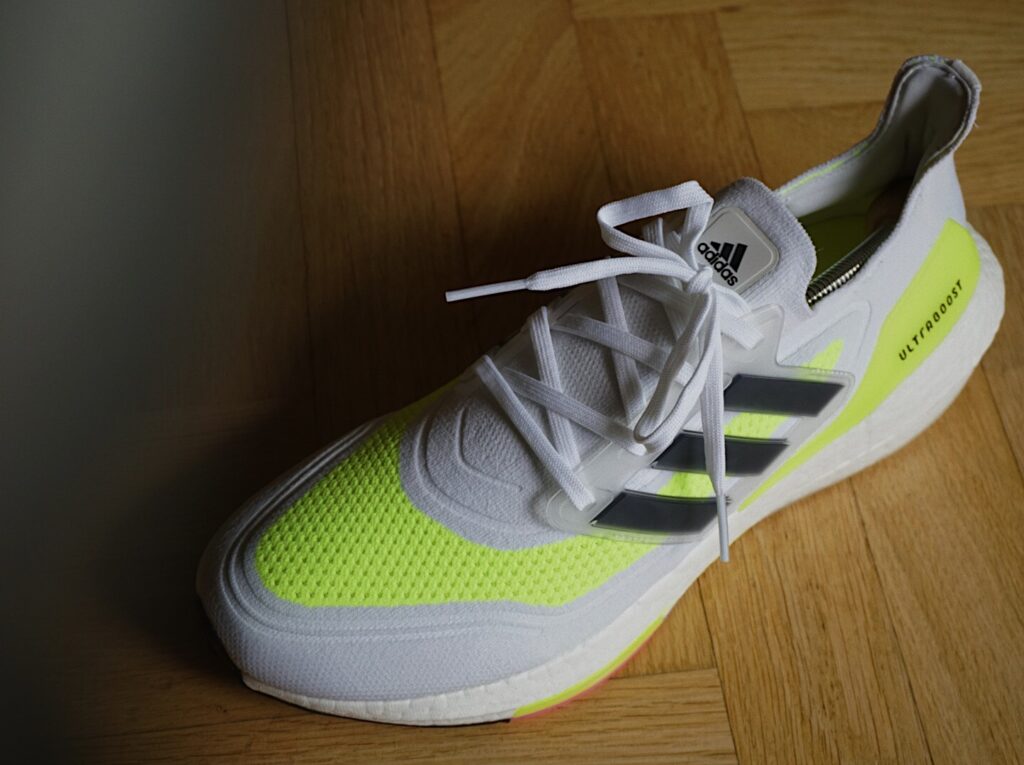
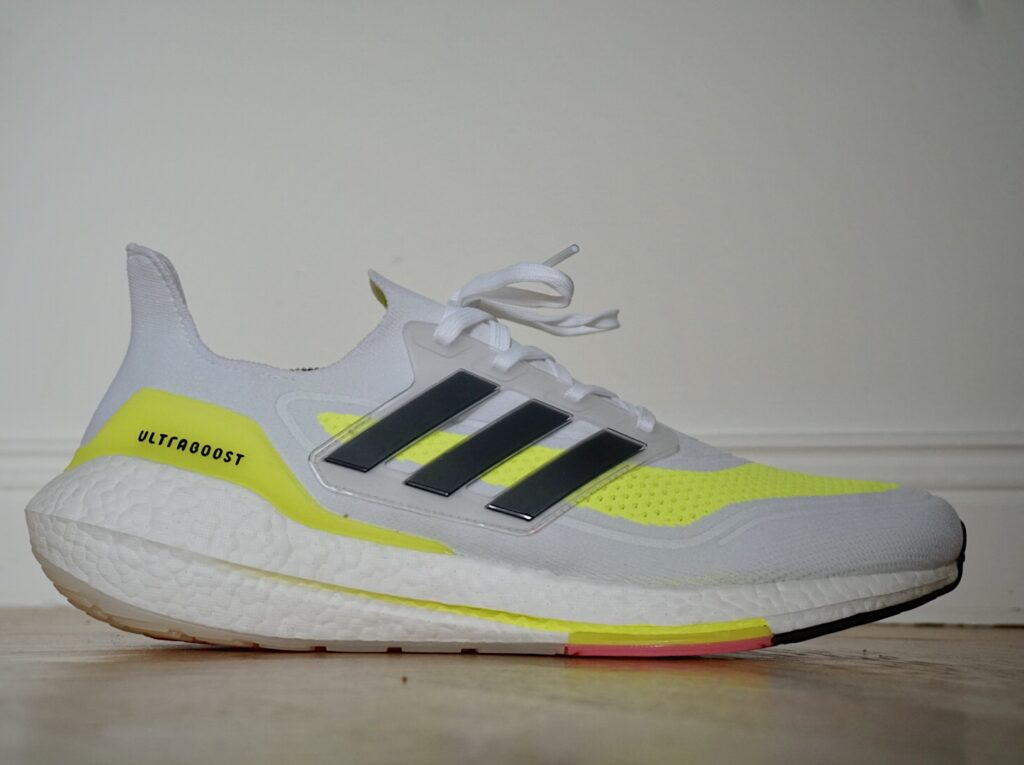
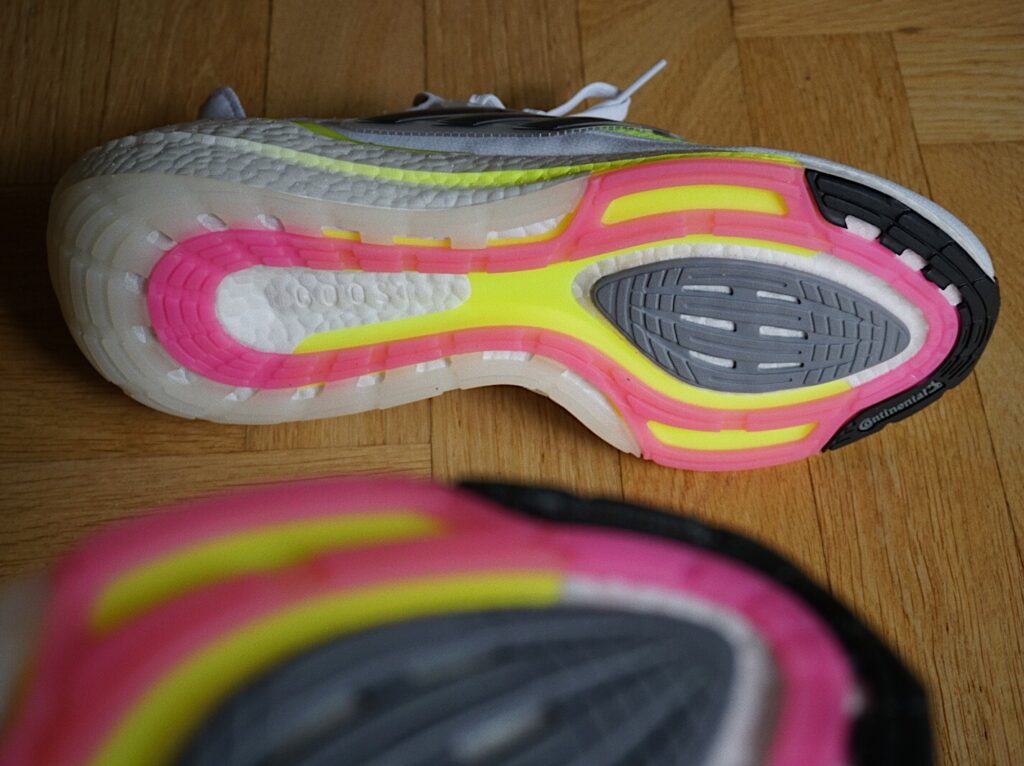

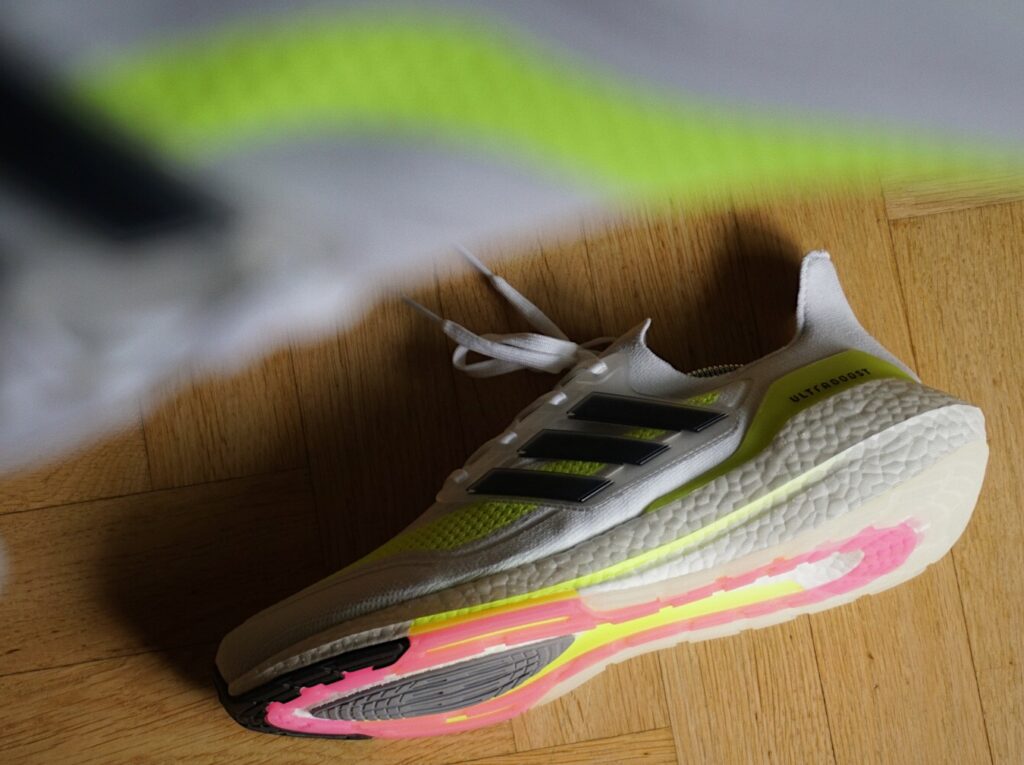
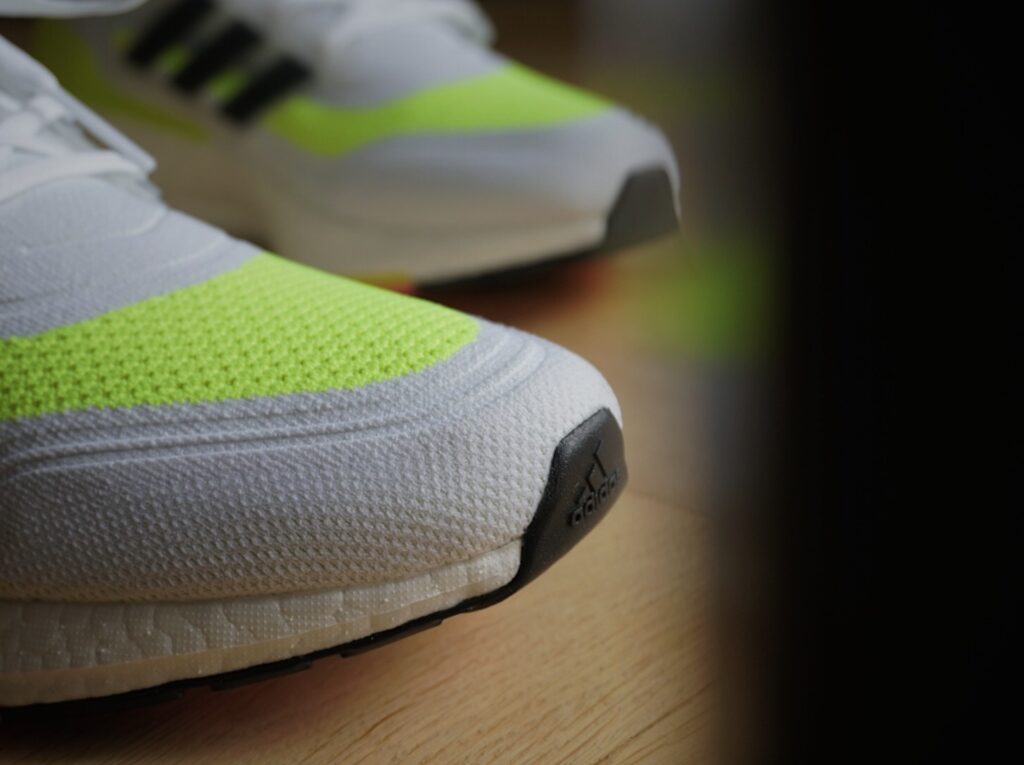
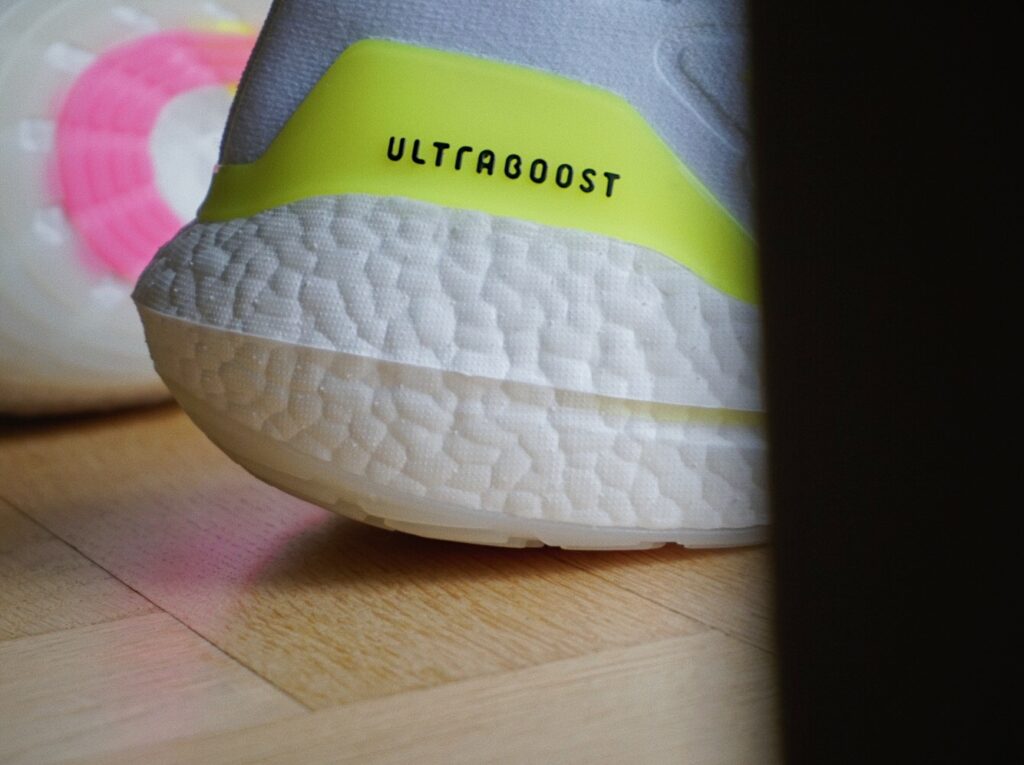
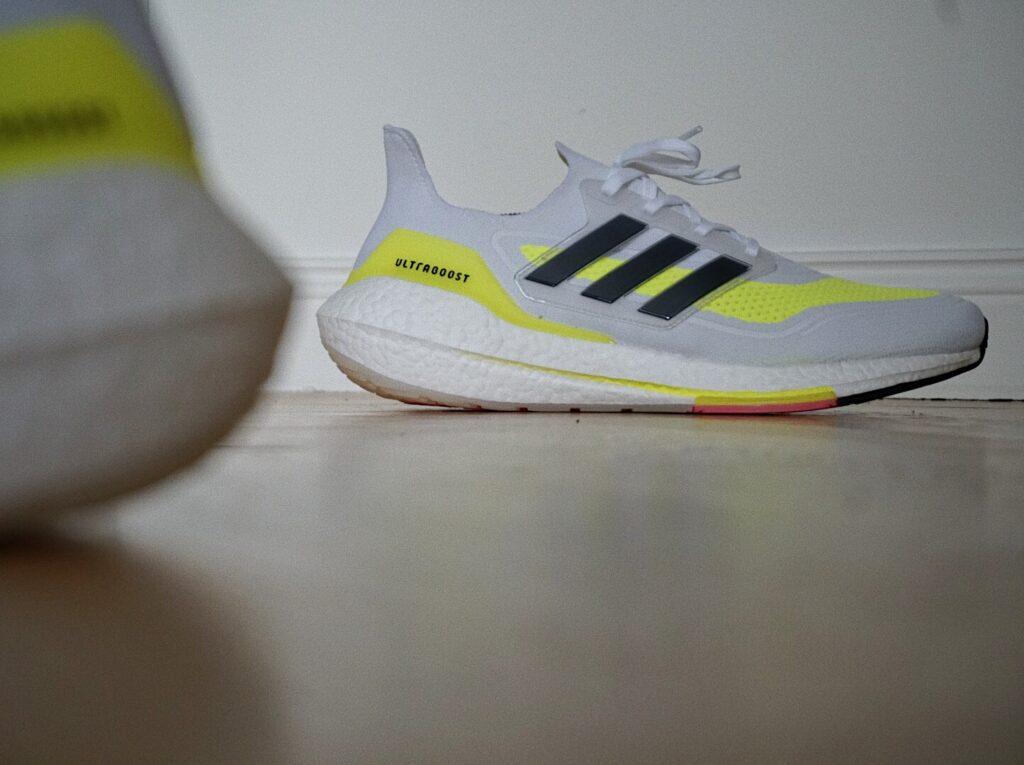
Tune of the day: Fred The Godson – Garcias
YouTube of the day: Kengo Suzuki’s 2:04:56 National Record to Win Final Lake Biwa Mainichi
Pod of the day: Tommy Hughes joins the Spring Snyggt Podcast (Start at 53 Minutes)
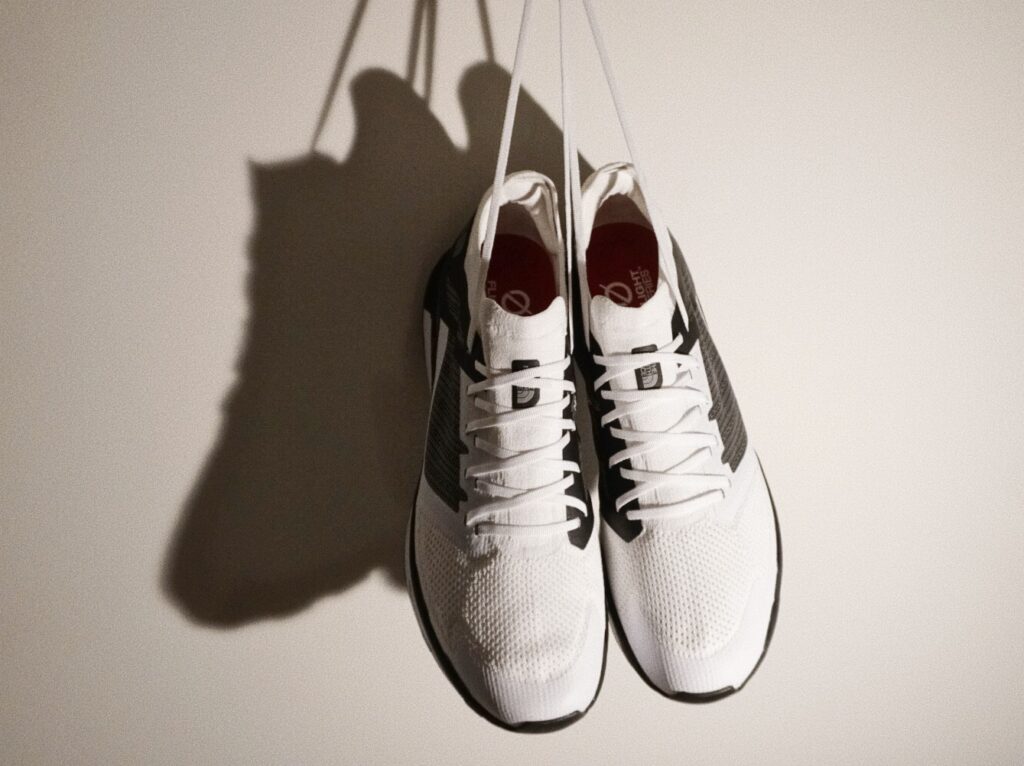
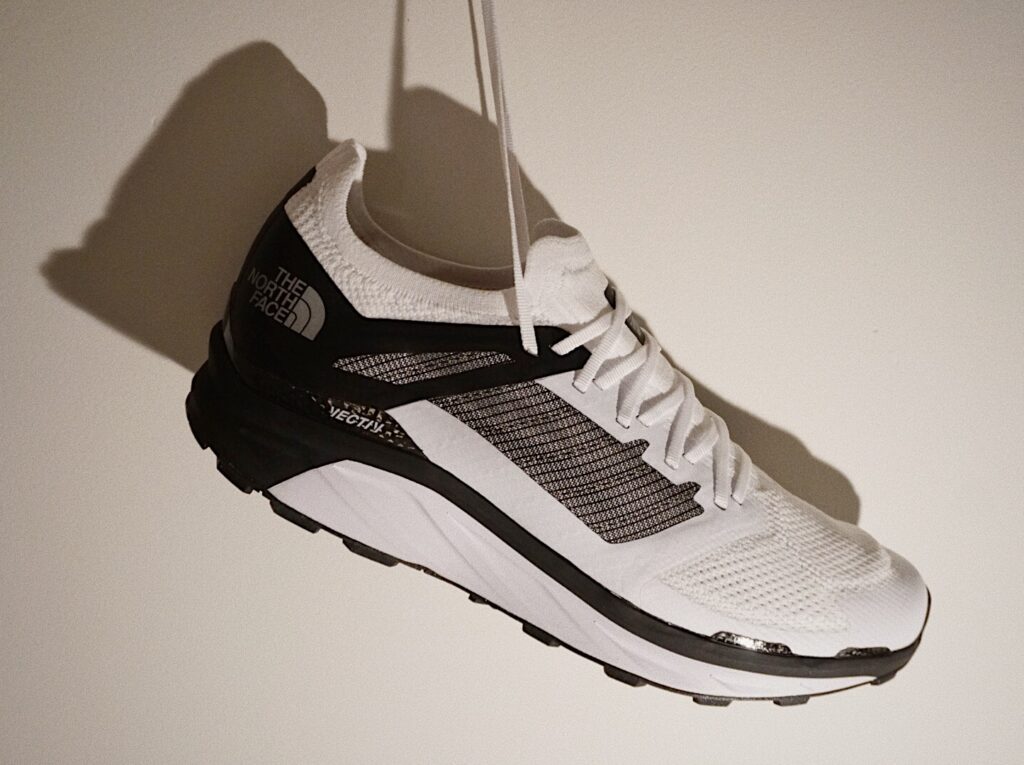
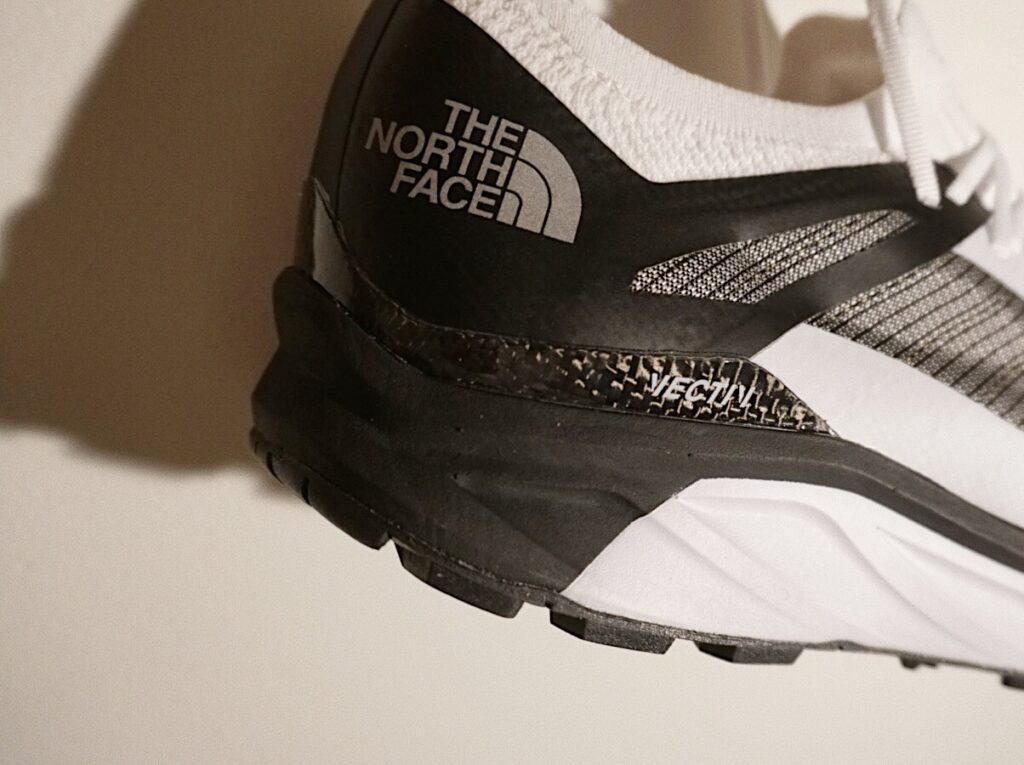
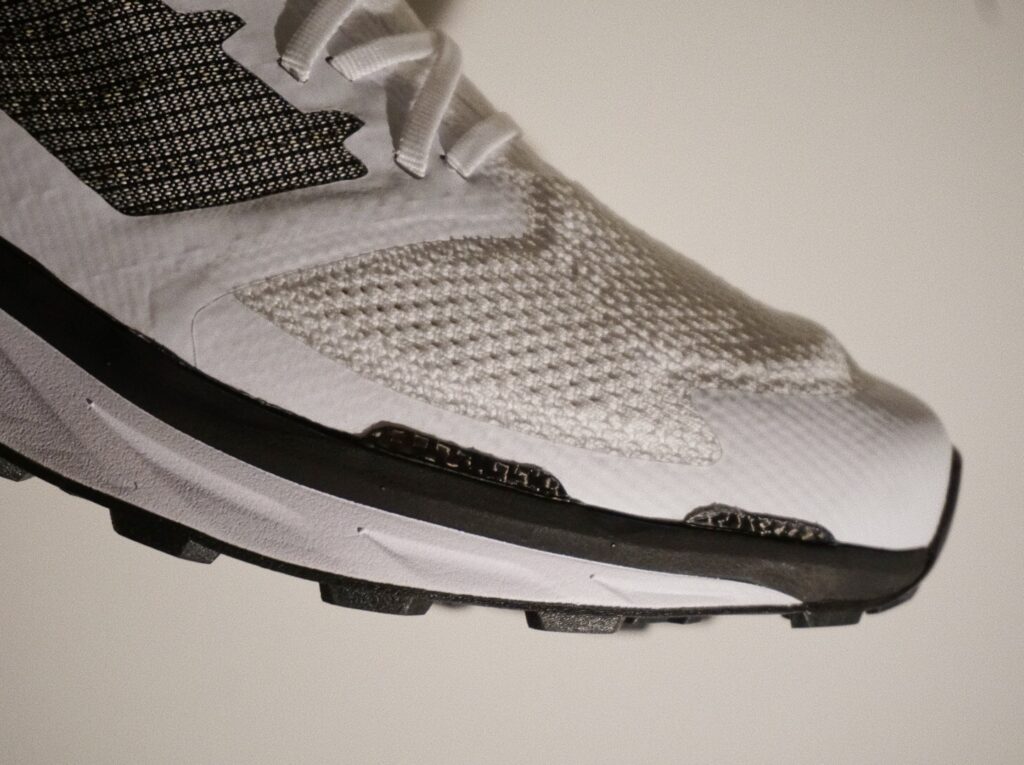
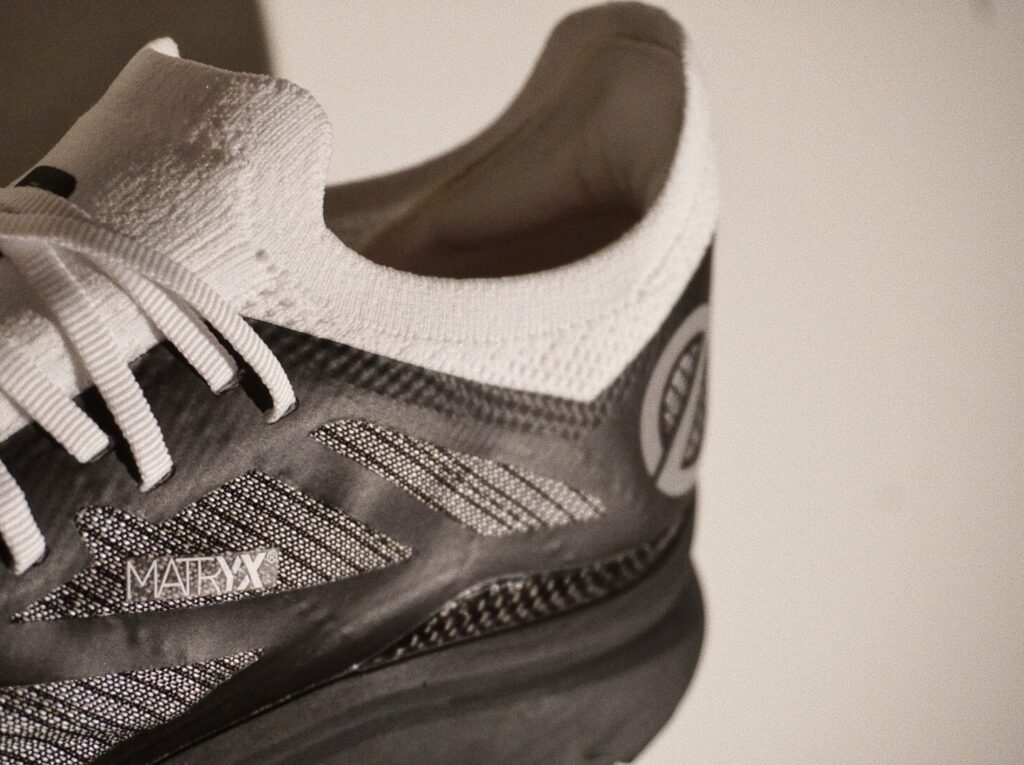
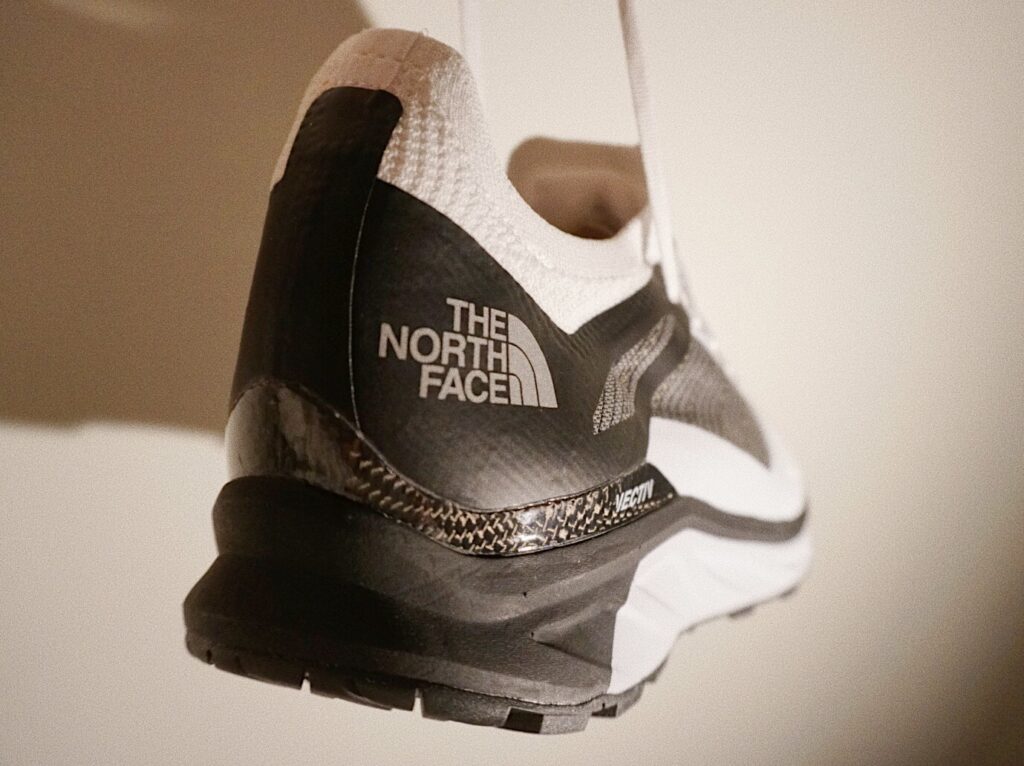
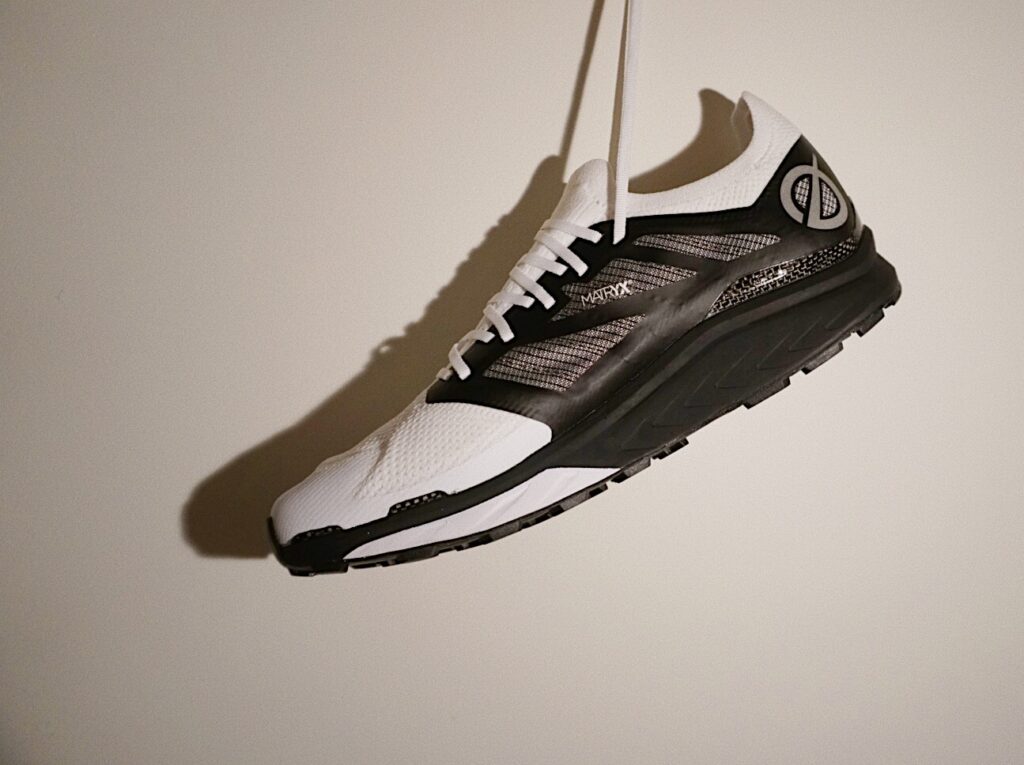
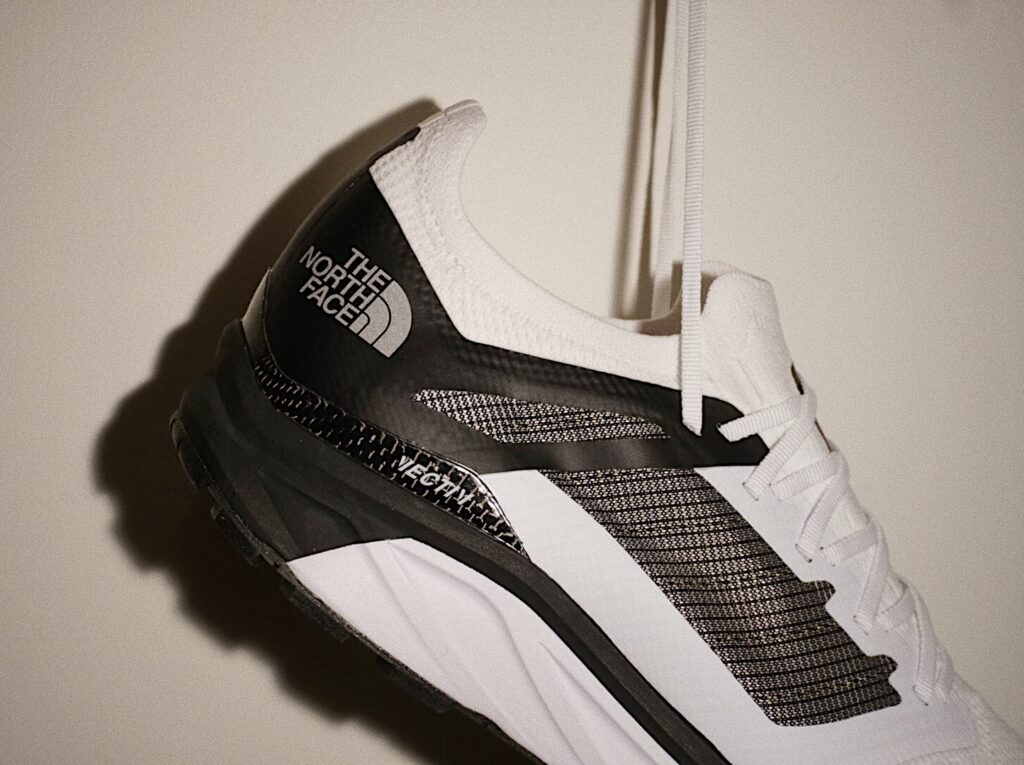
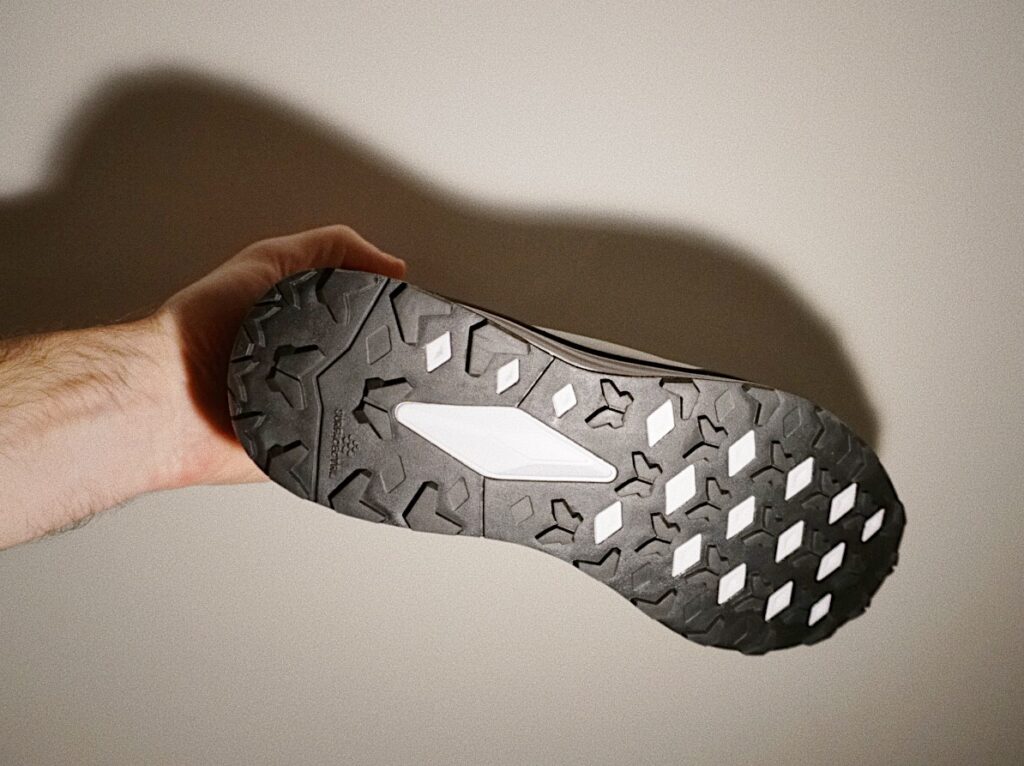
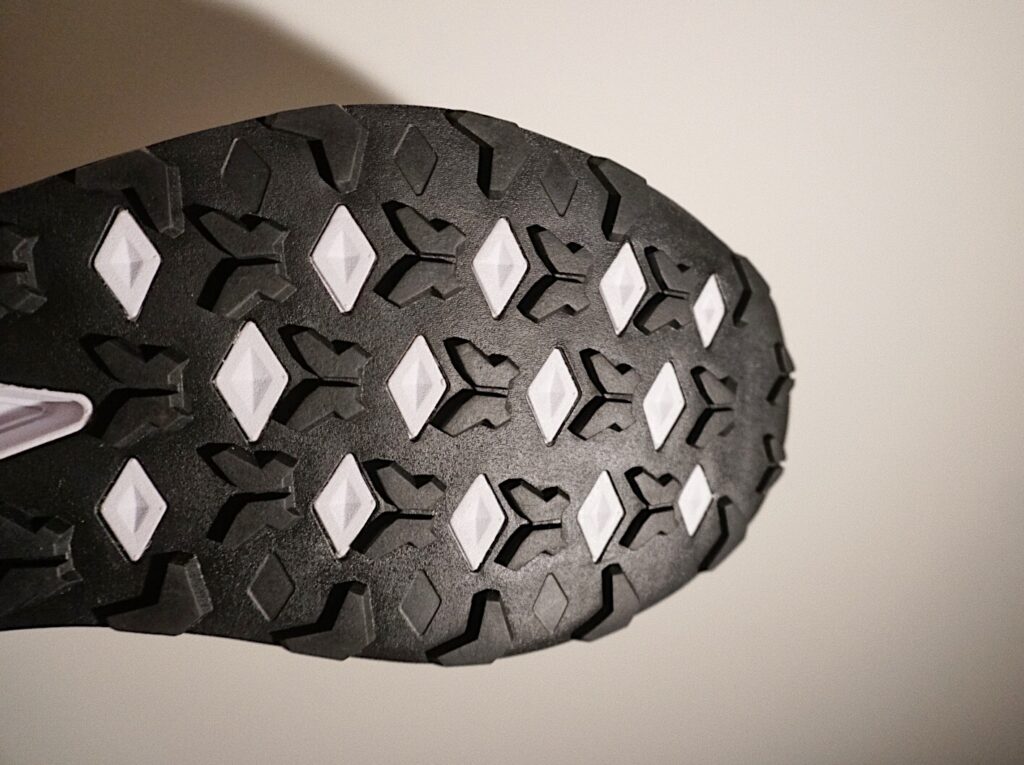
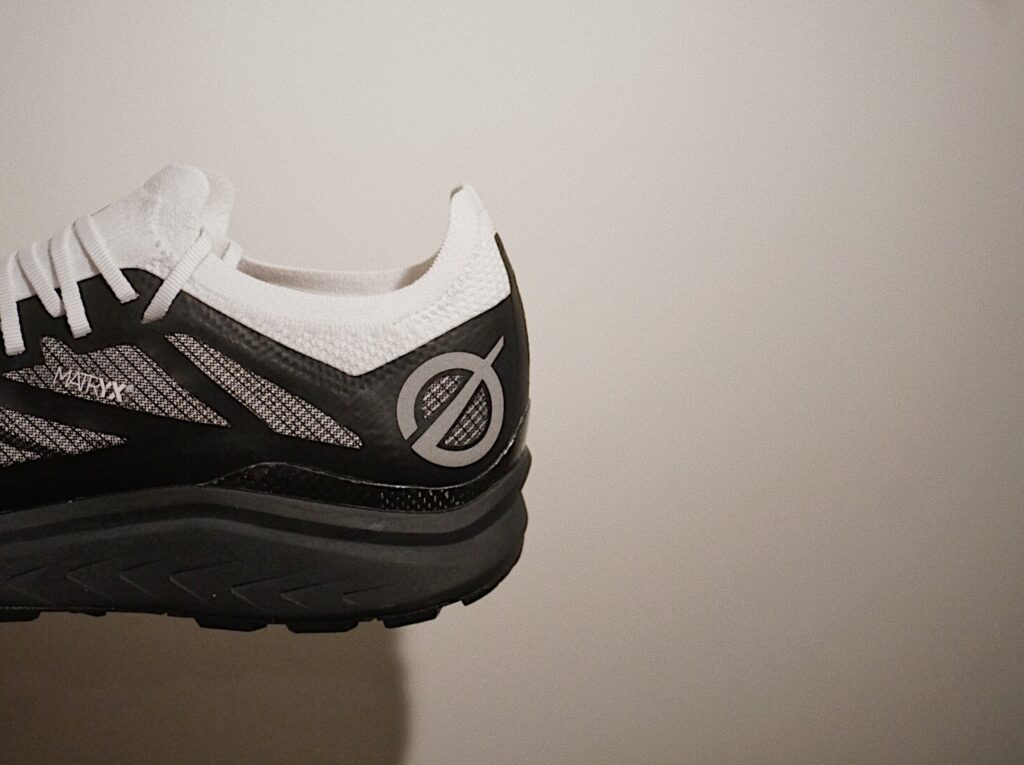
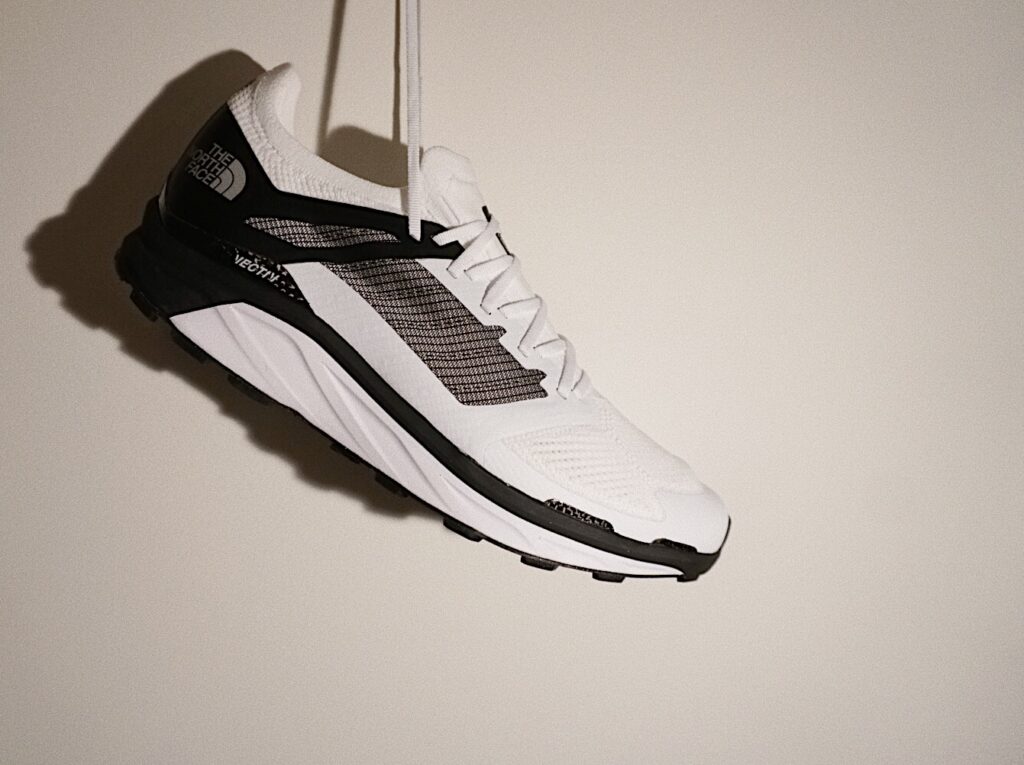
Tune of the day: Pete Rock & C.L. Smooth – It’s Not a Game (Instrumental Version)
Read of the day: Cathal Dennehy: Welcome to the age of the super shoes
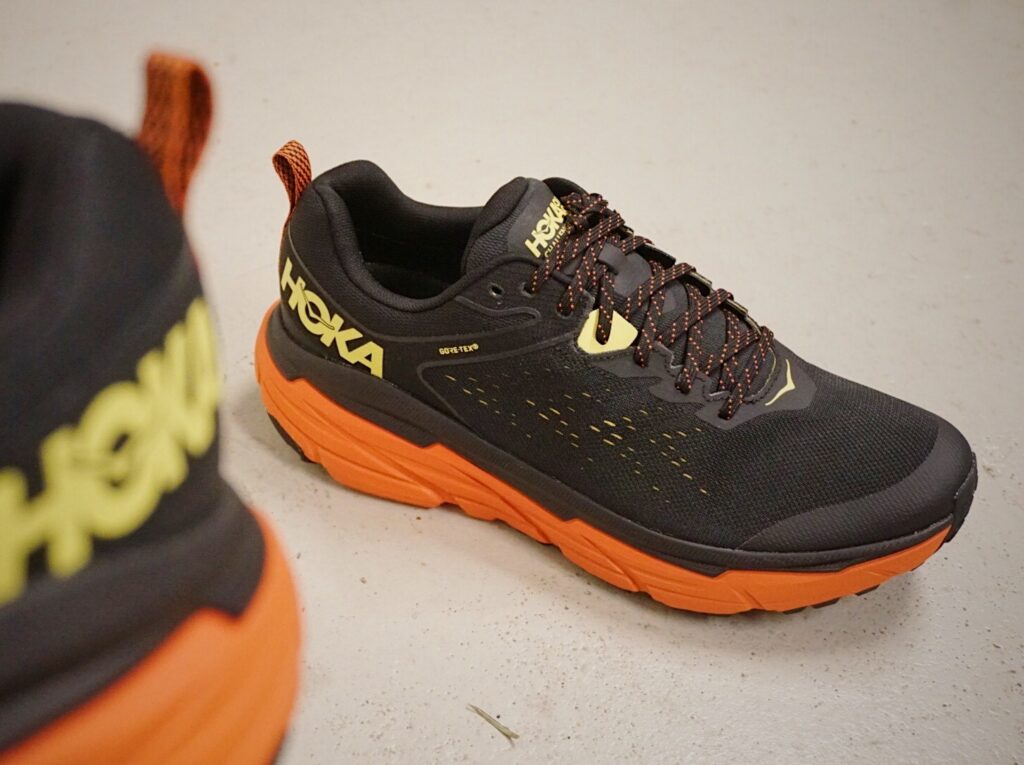
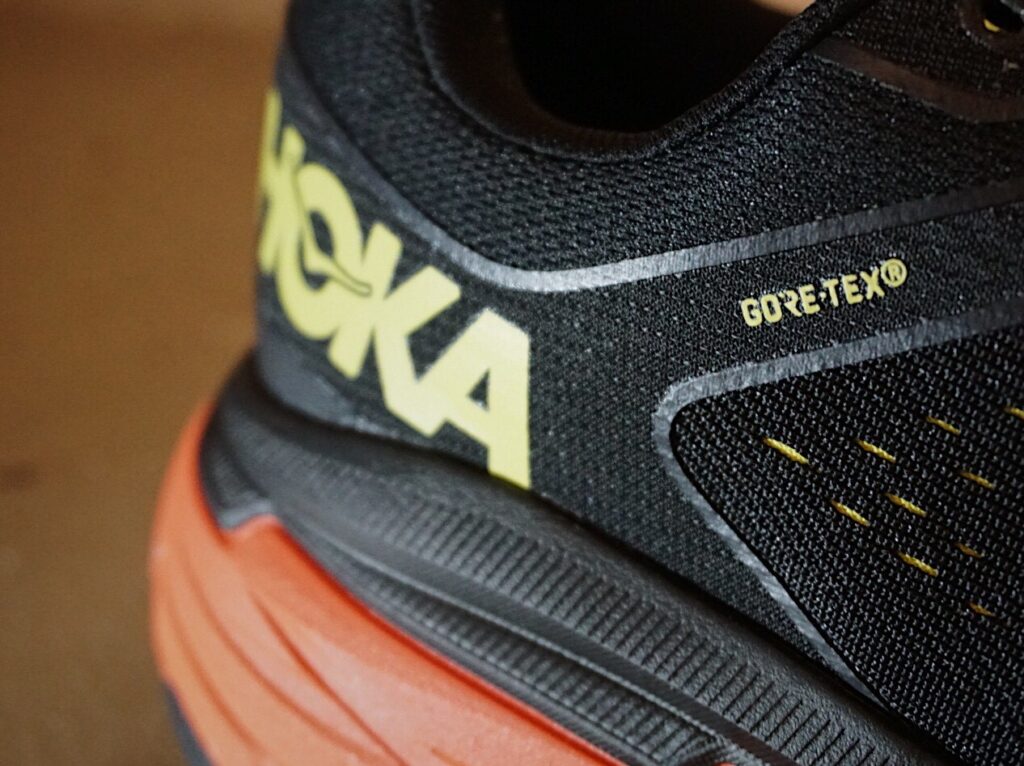
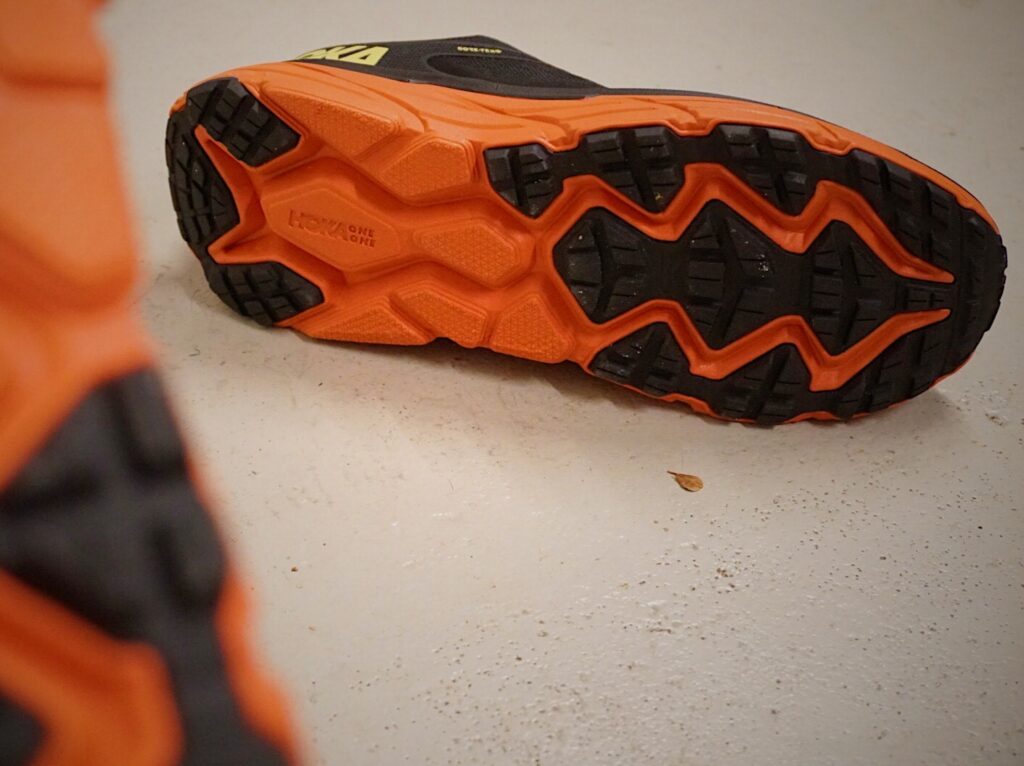
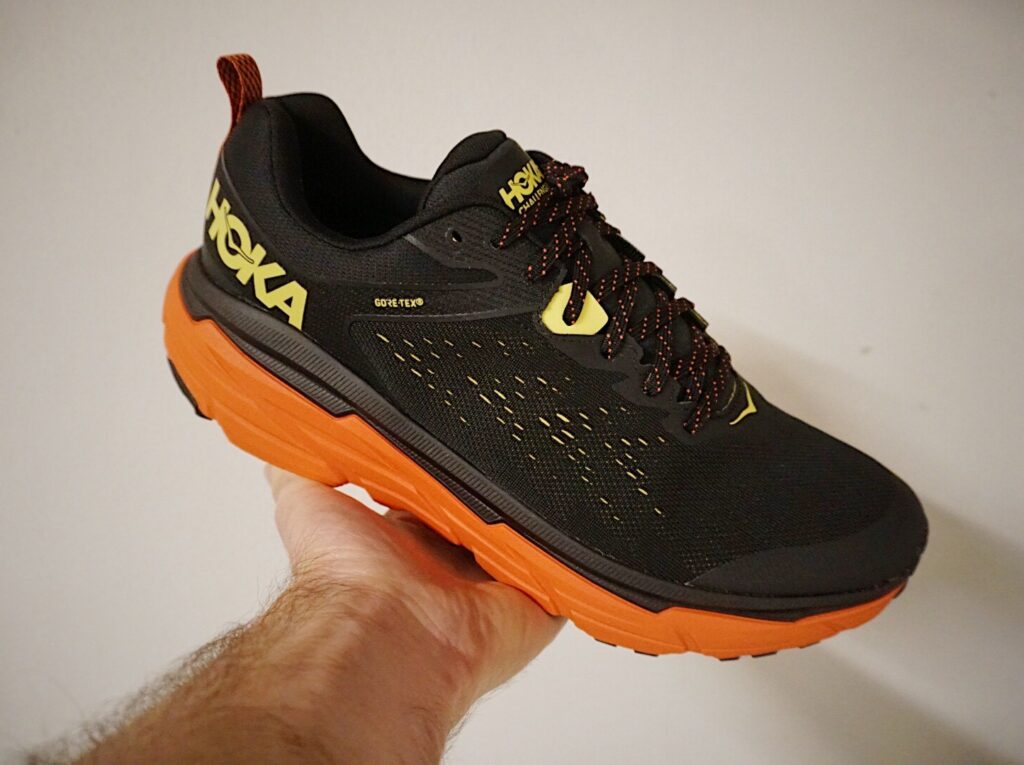
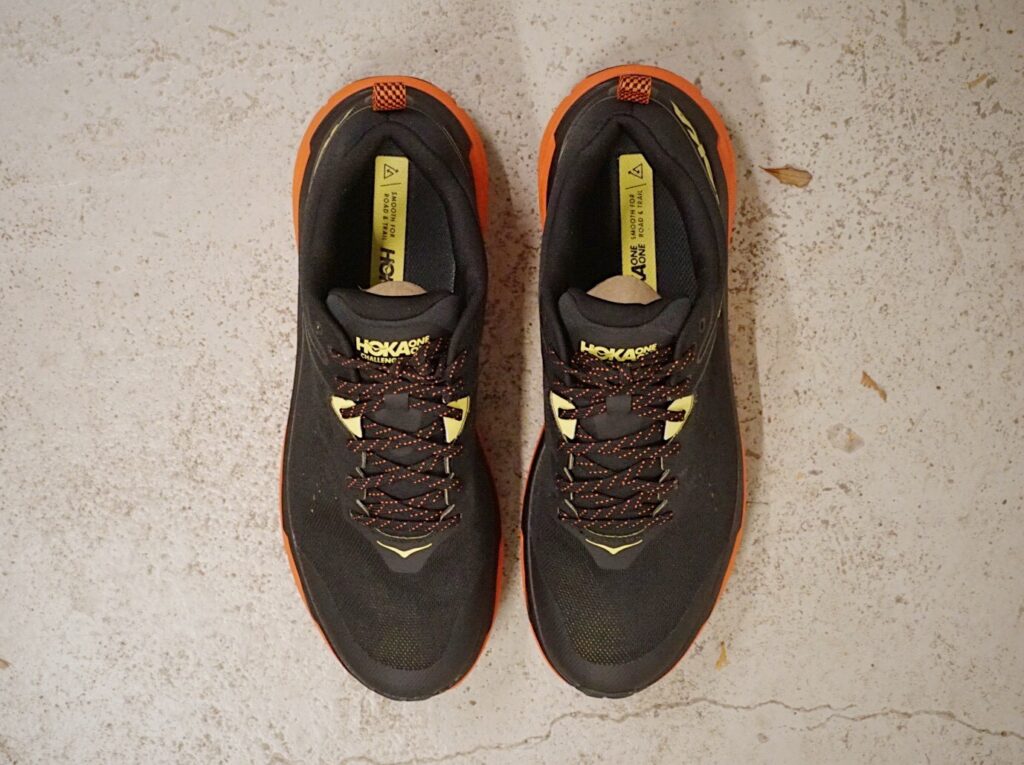
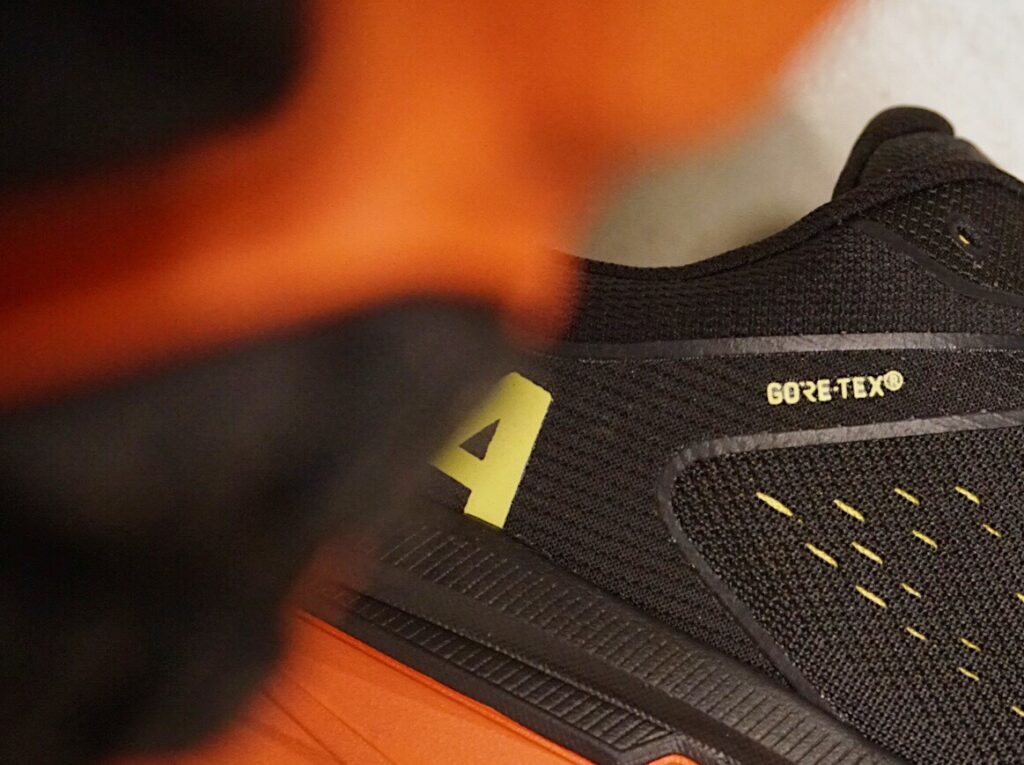
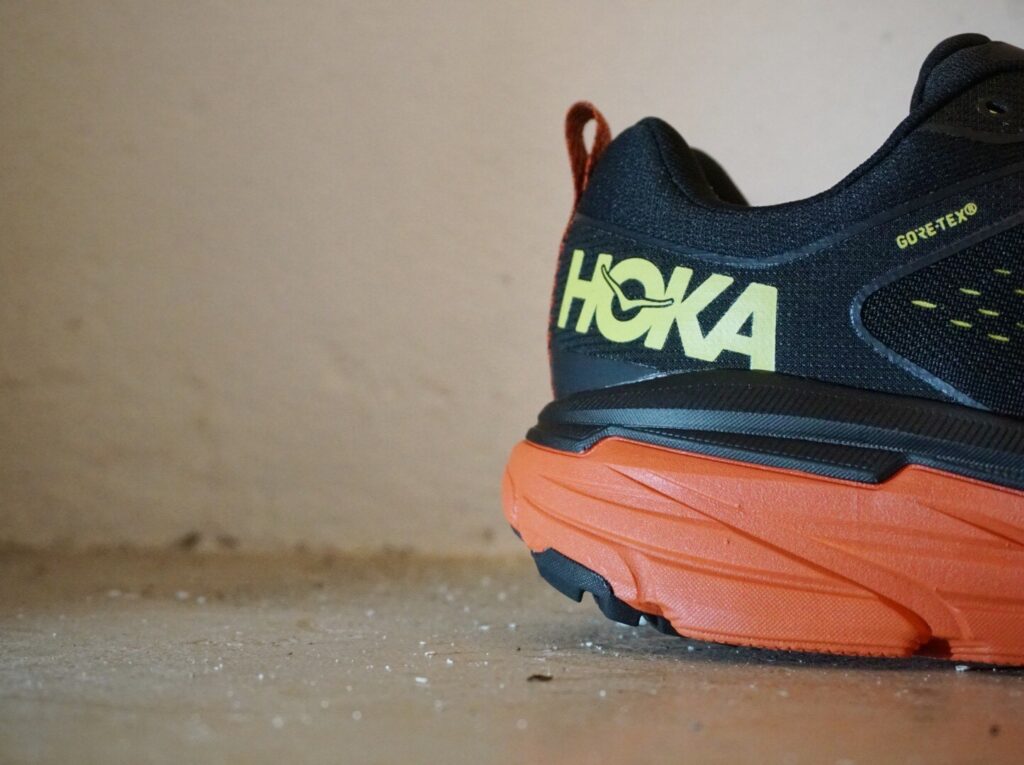
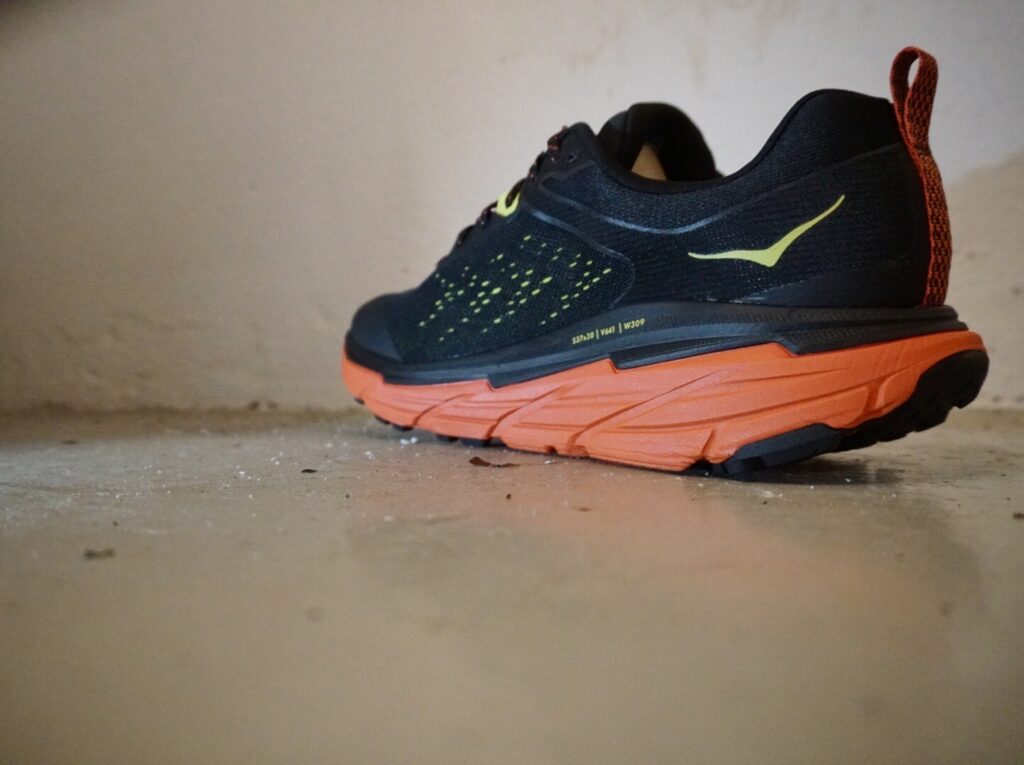
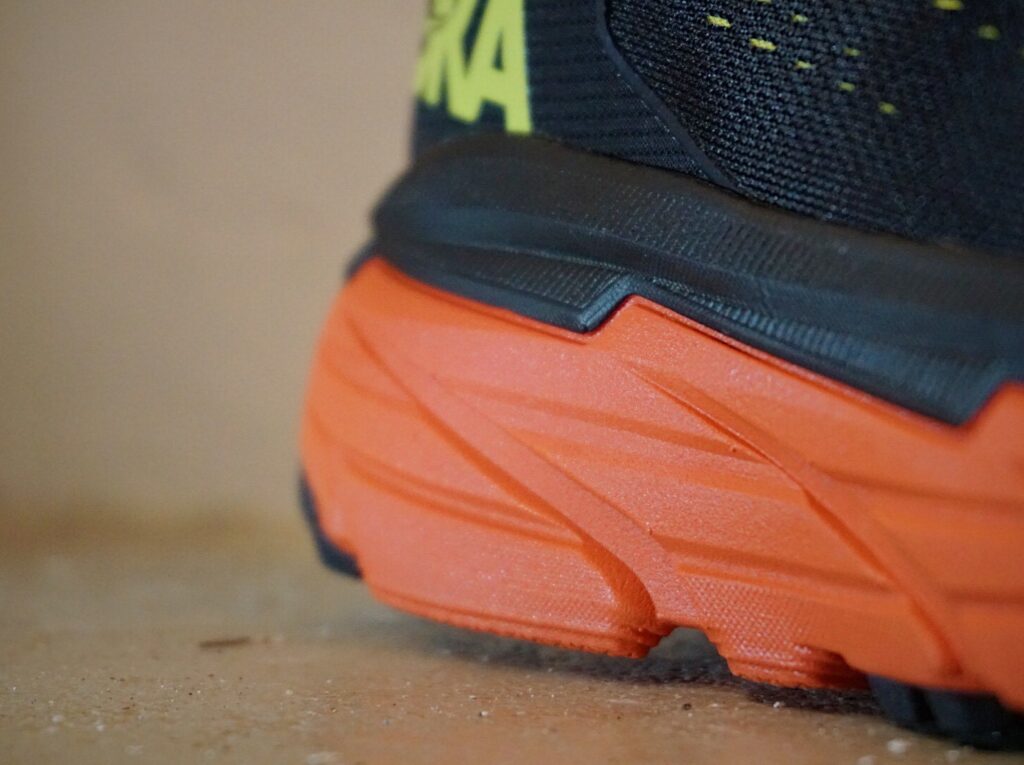
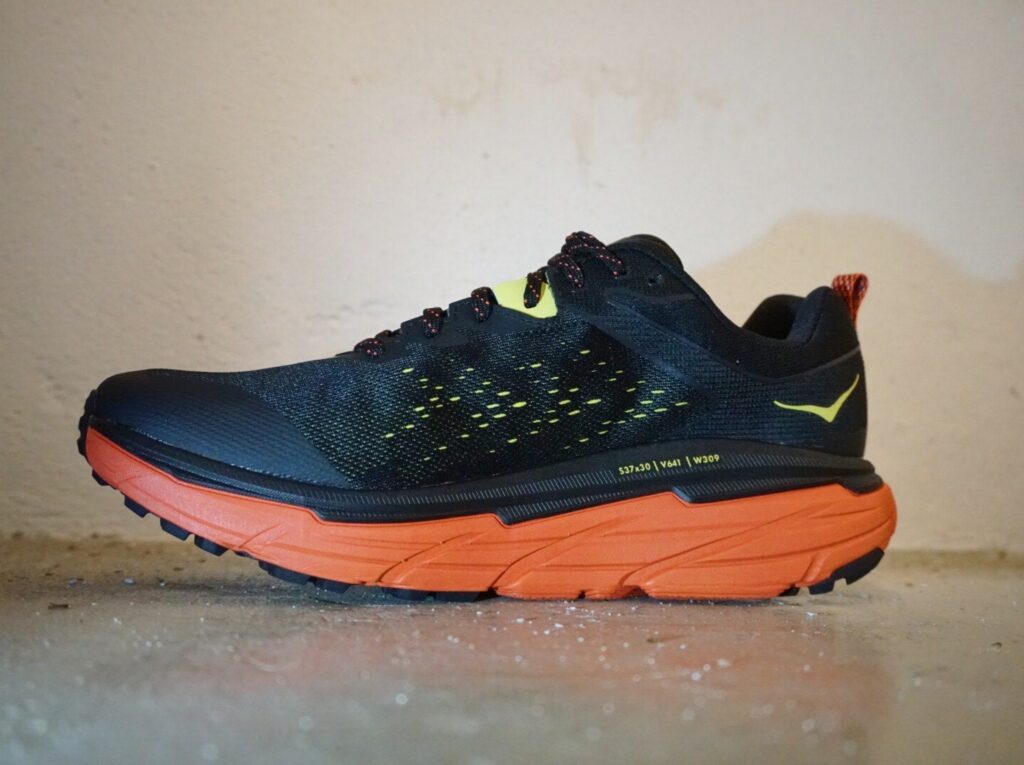
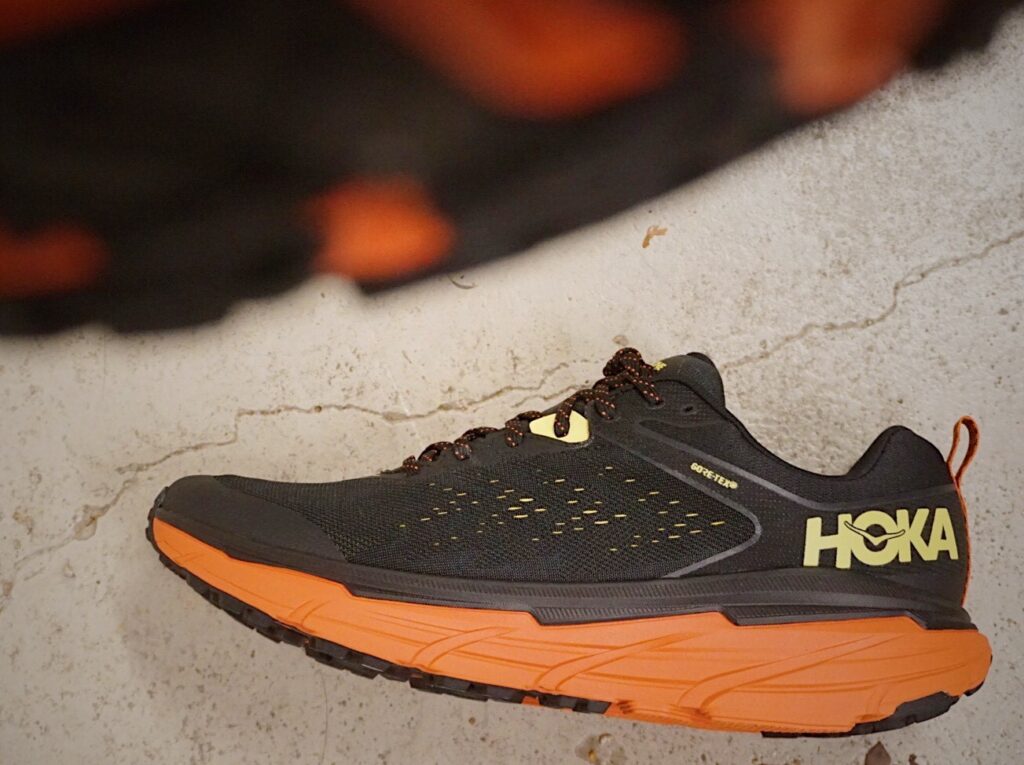
Tune of the day: DJ Stylewarz – 2360 feat Toni L + Esa X Four Tet – Parallel
YouTube of the day: Mount Fuji Women’s Ekiden 2020
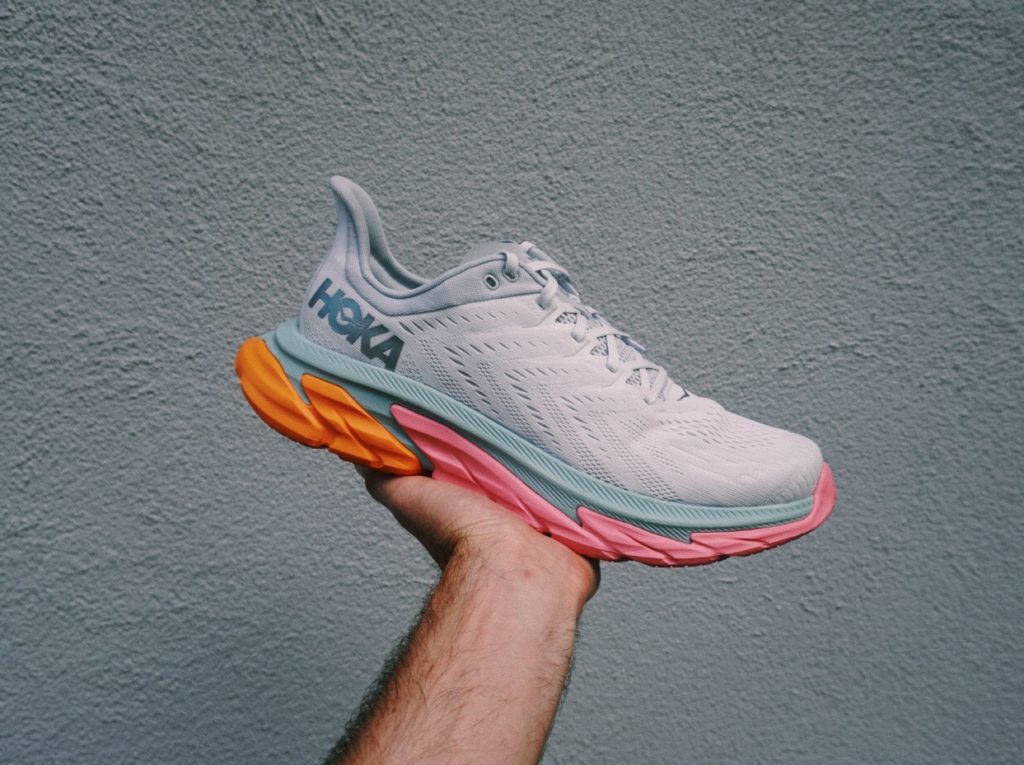

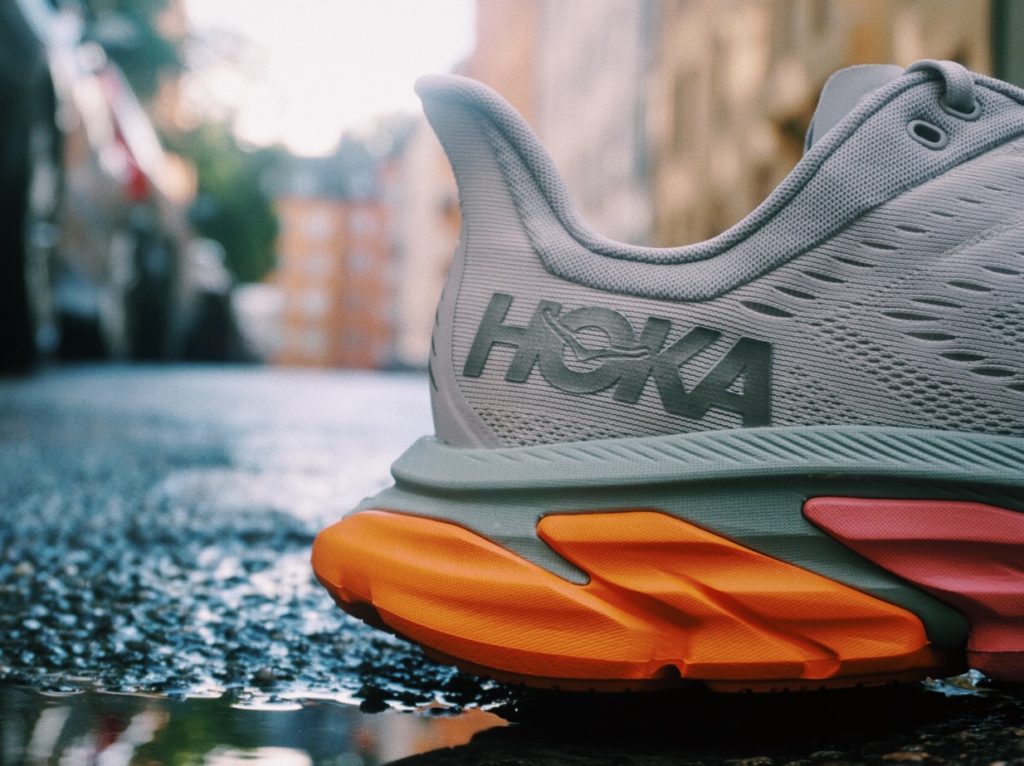
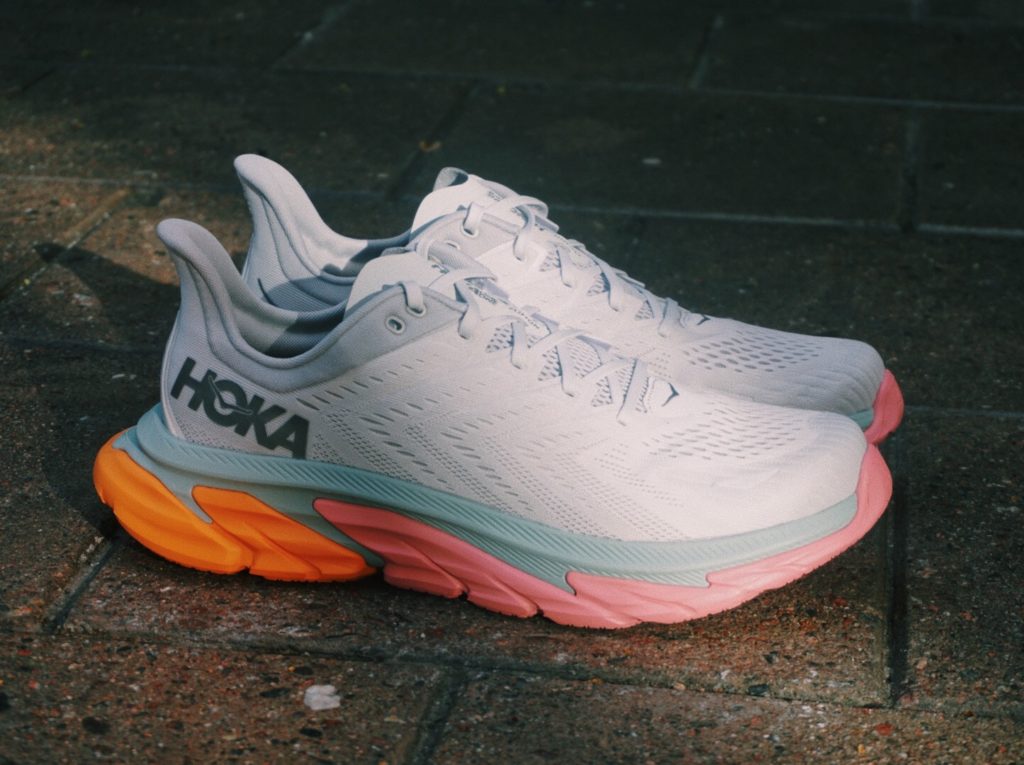
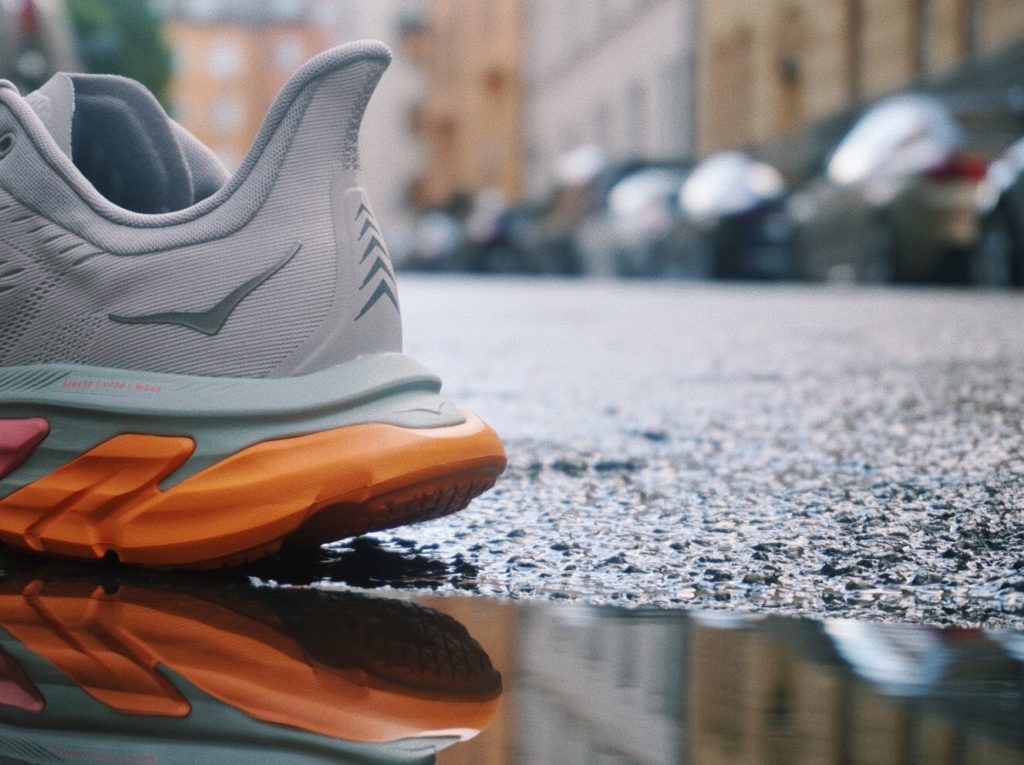
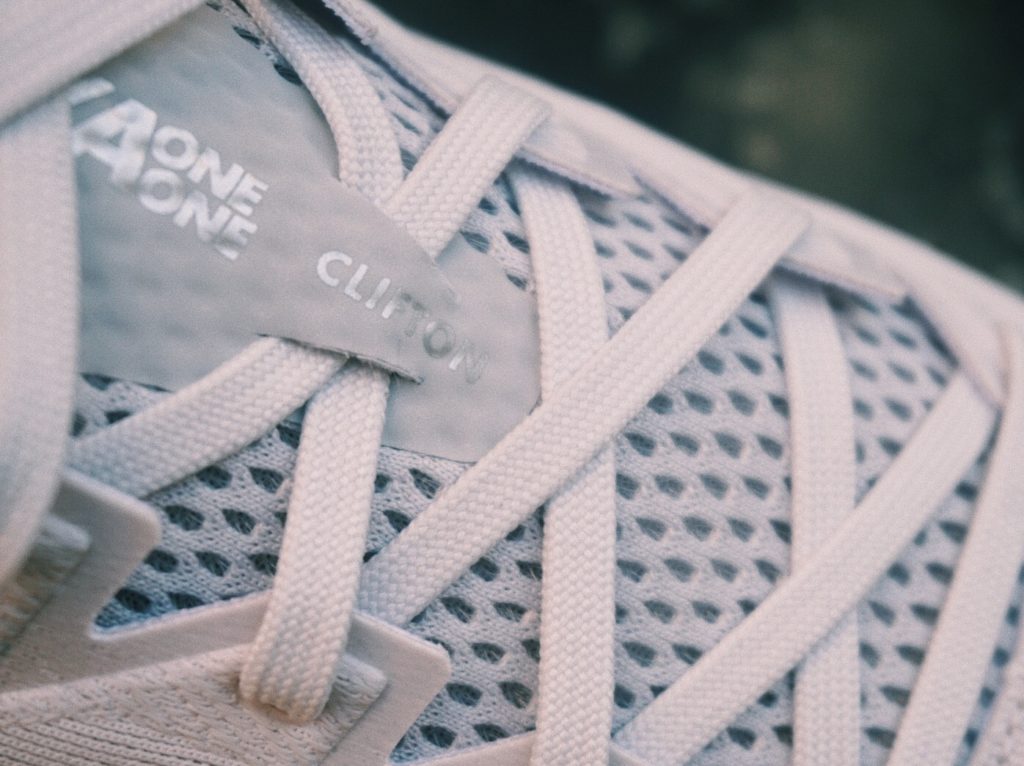
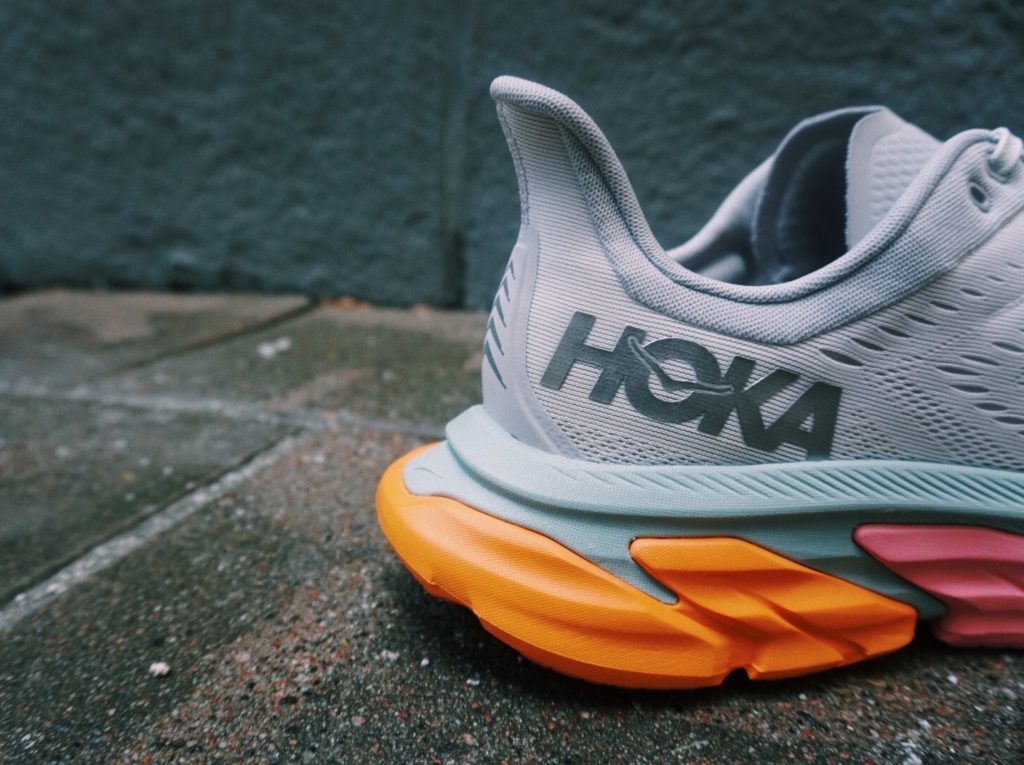
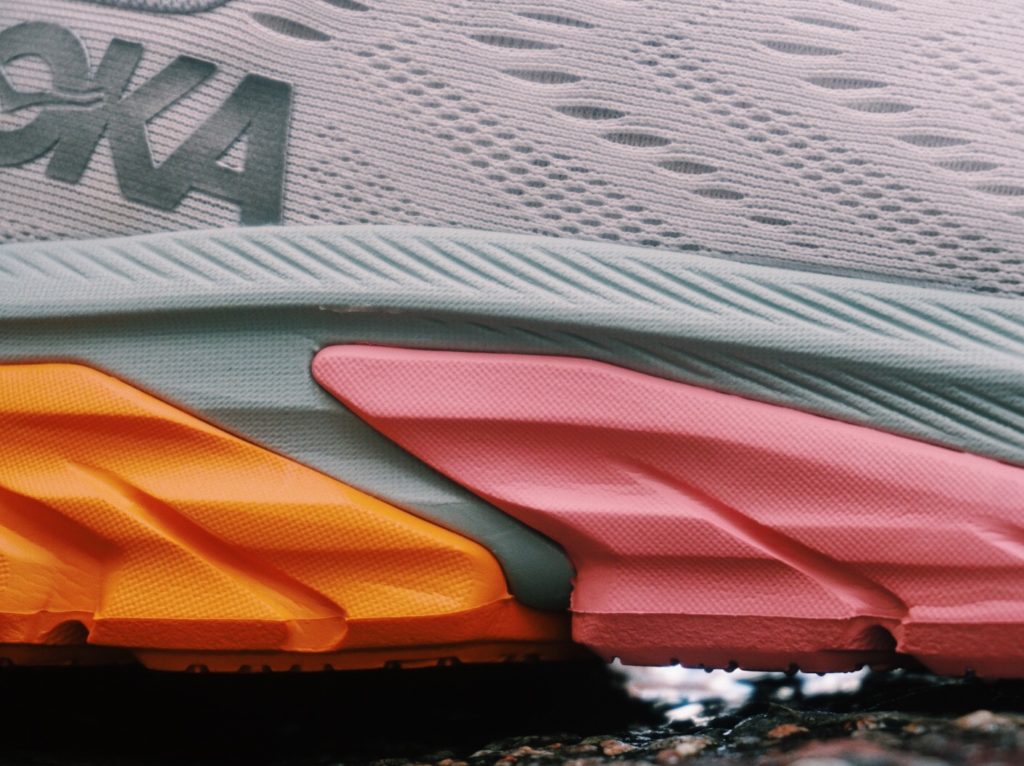
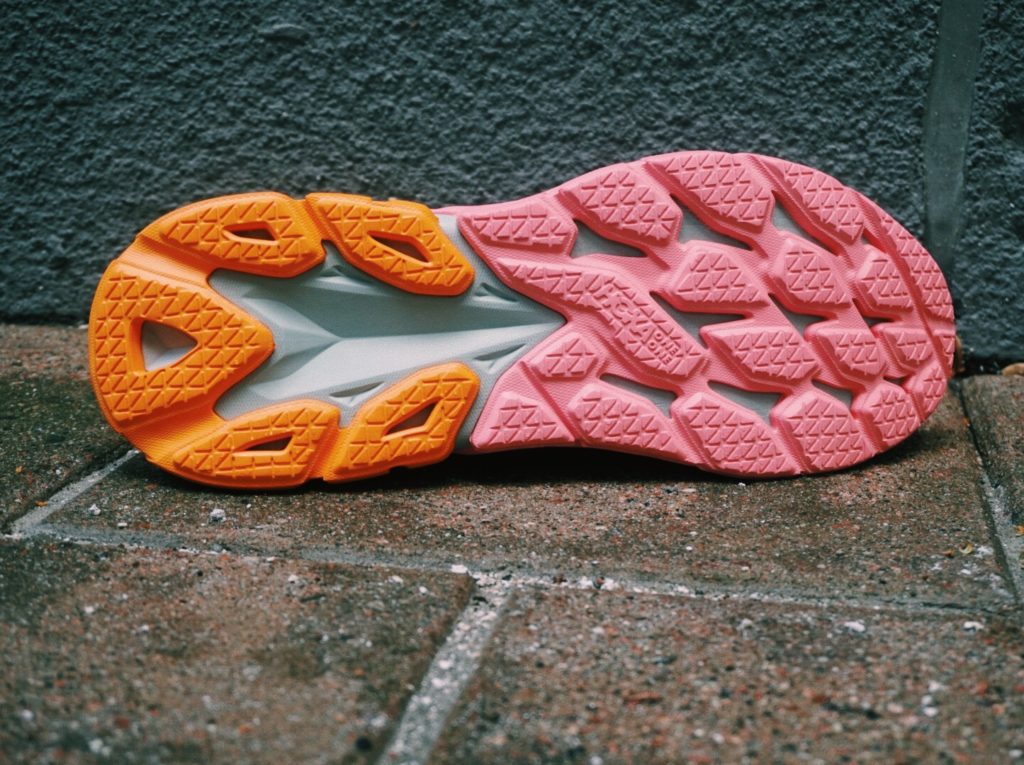
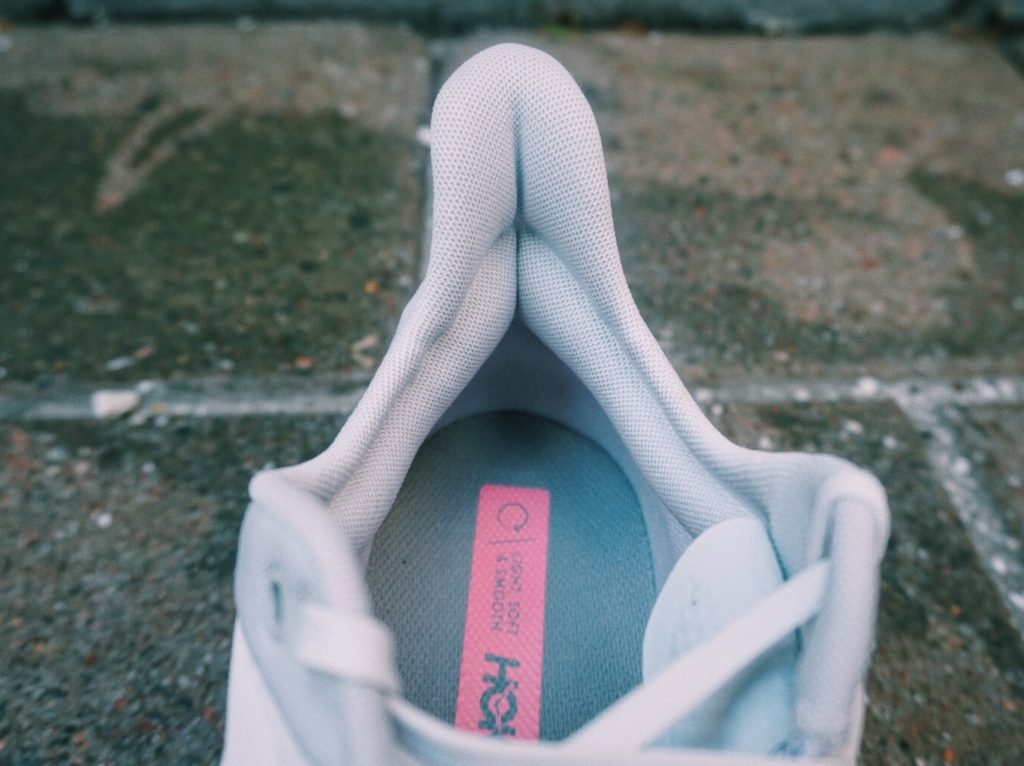
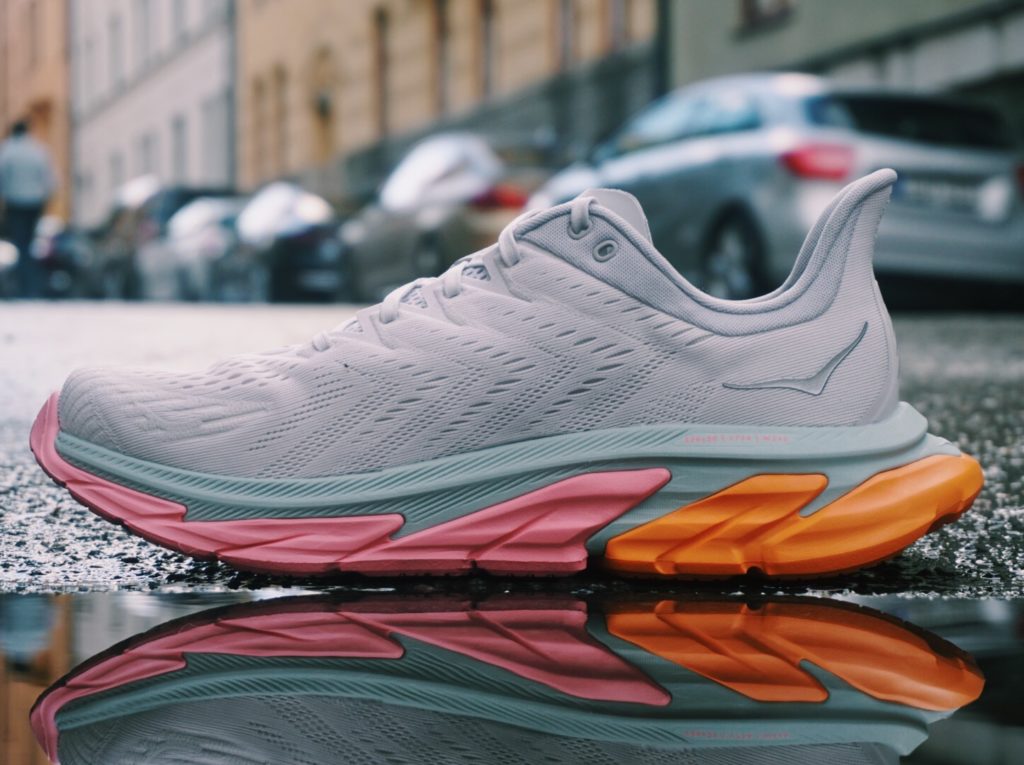
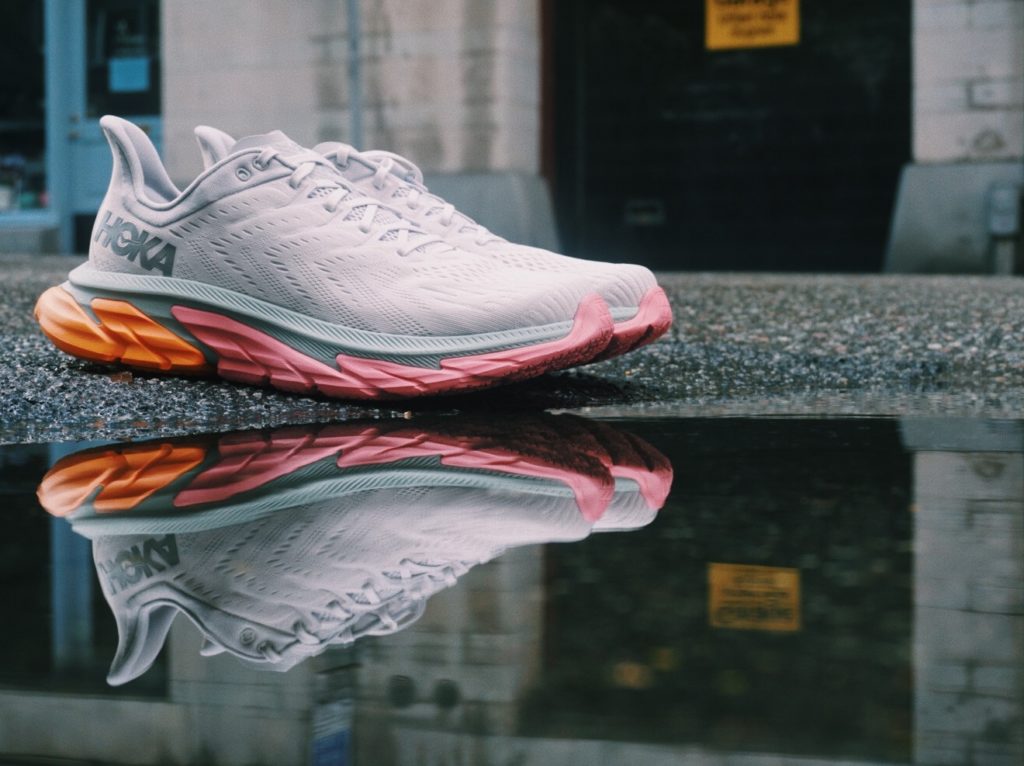
Tune of the day: Special Request – No Other way To Say It X Four Tet – New Energy
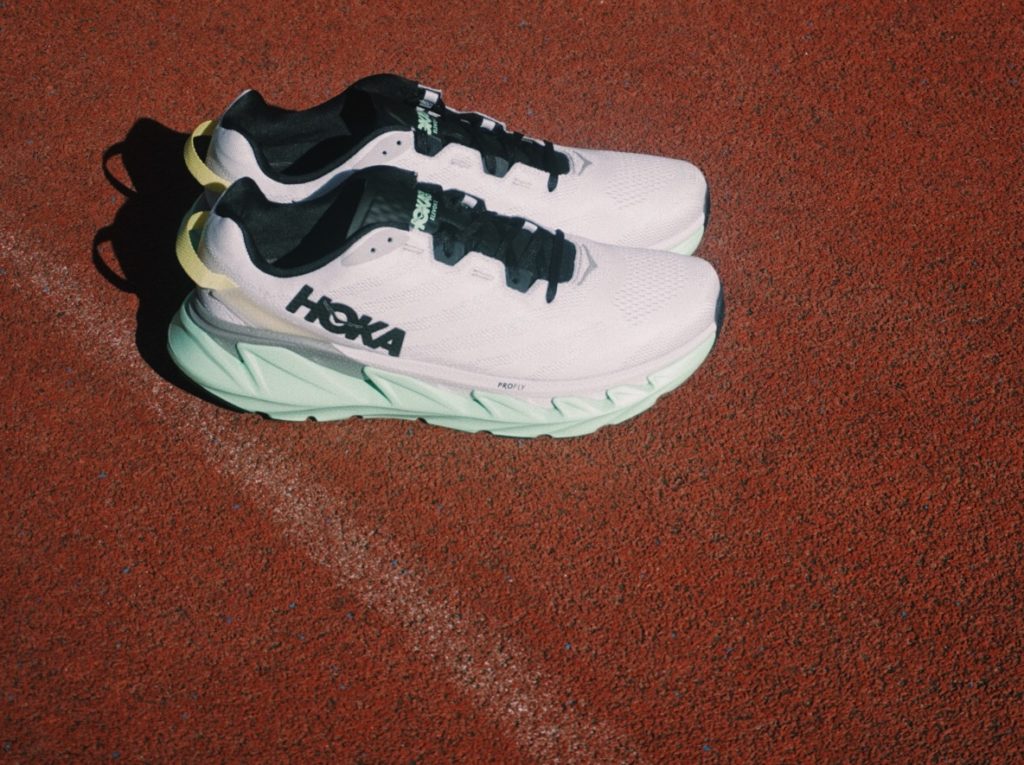
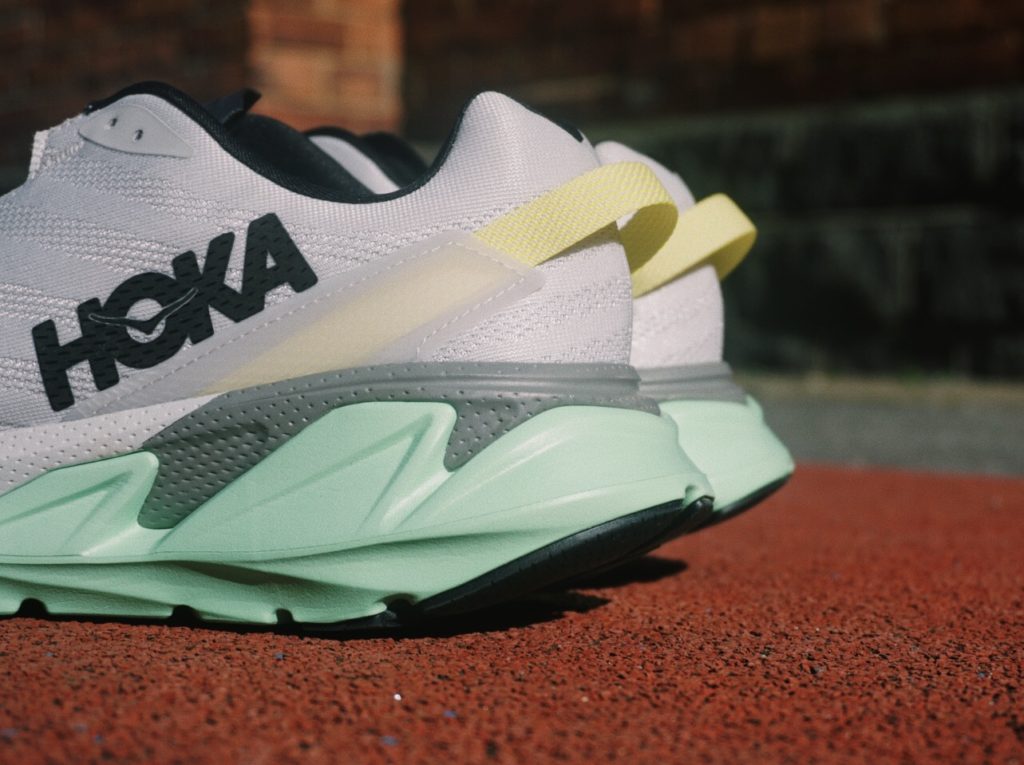
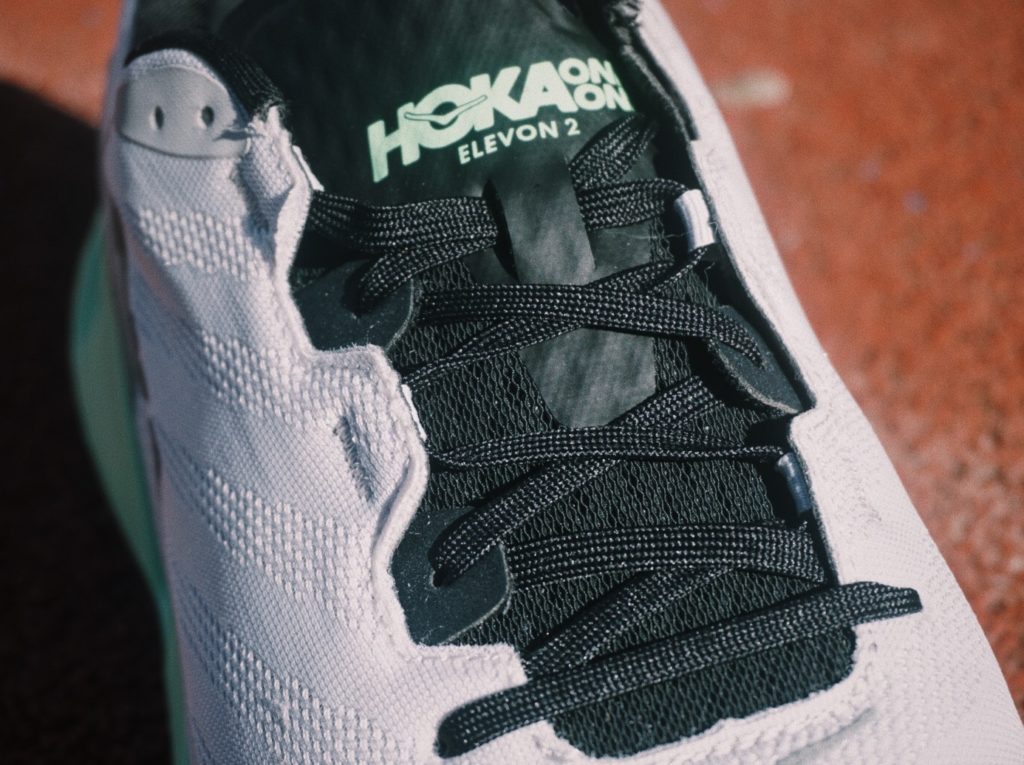
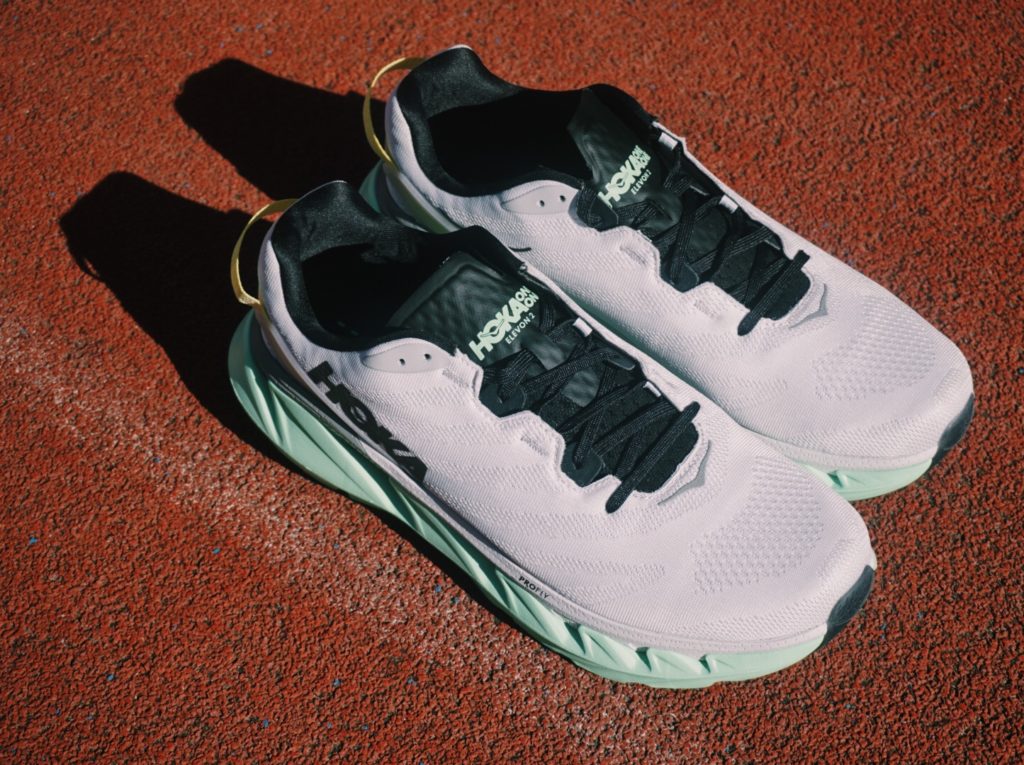
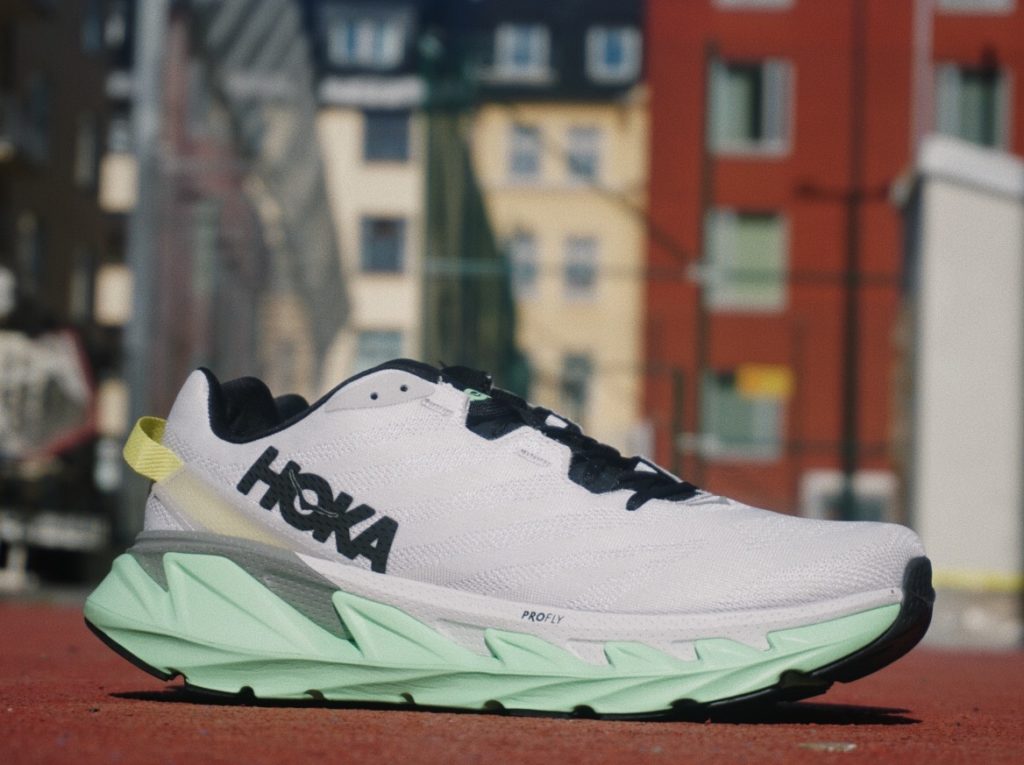
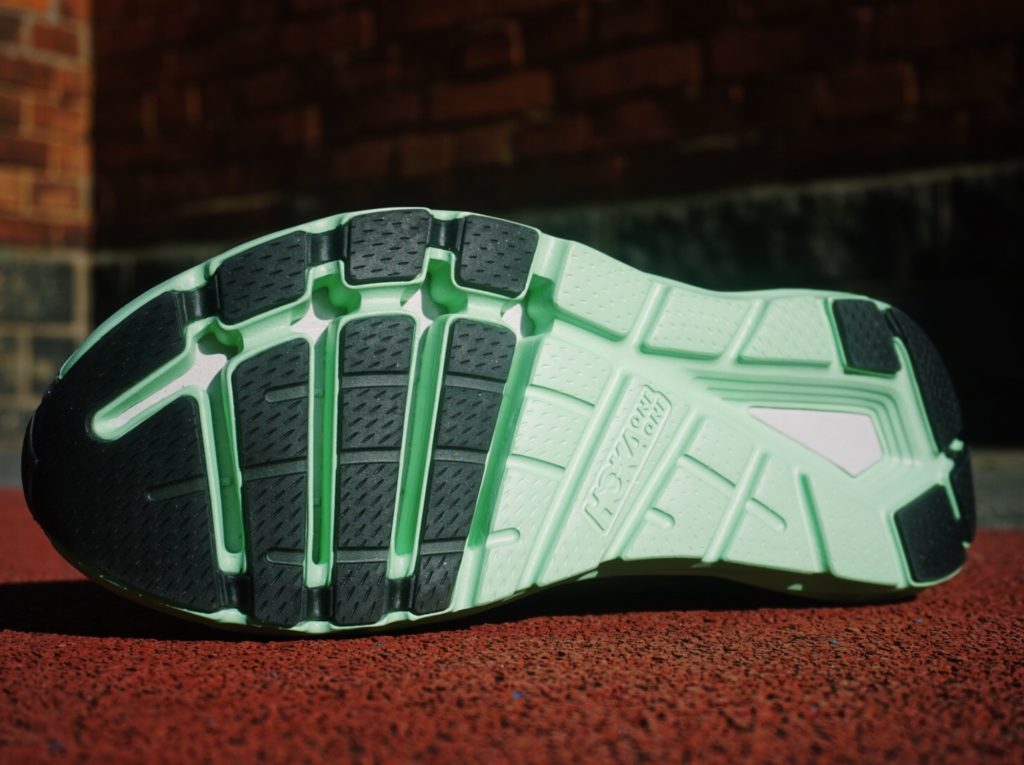
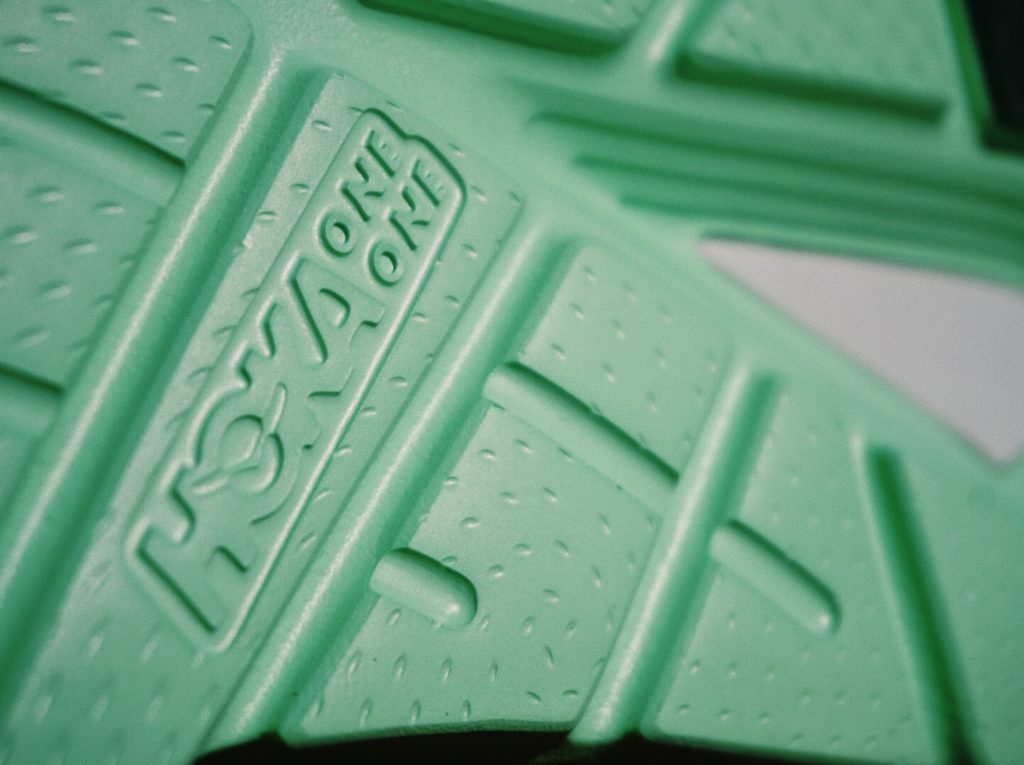
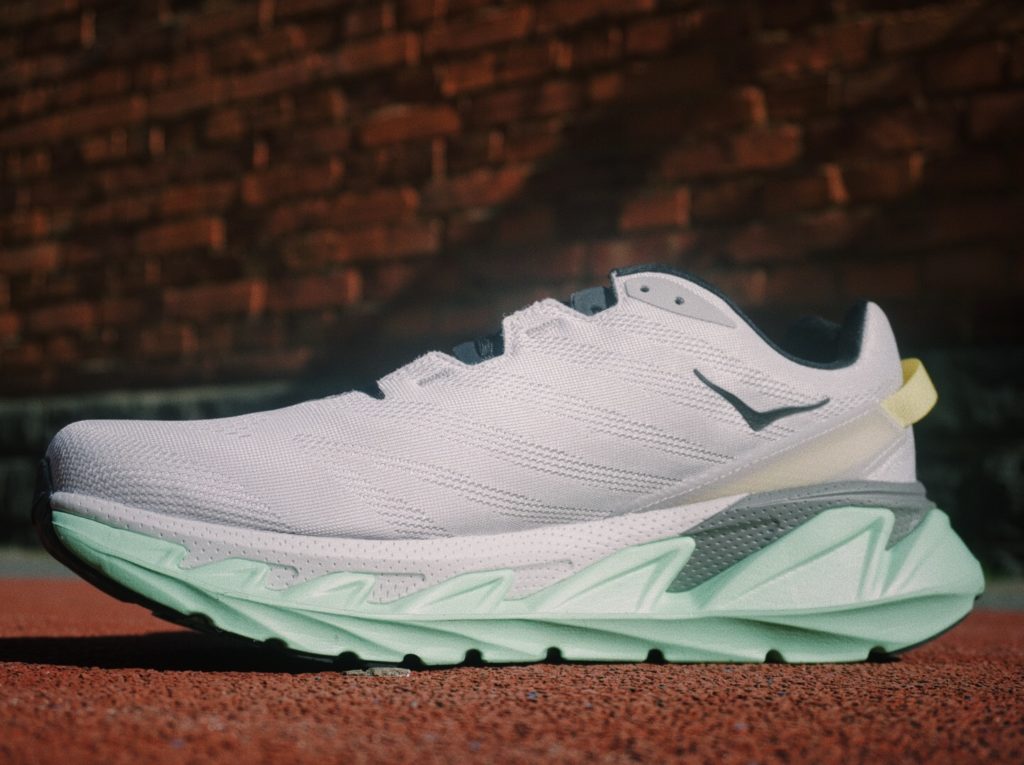
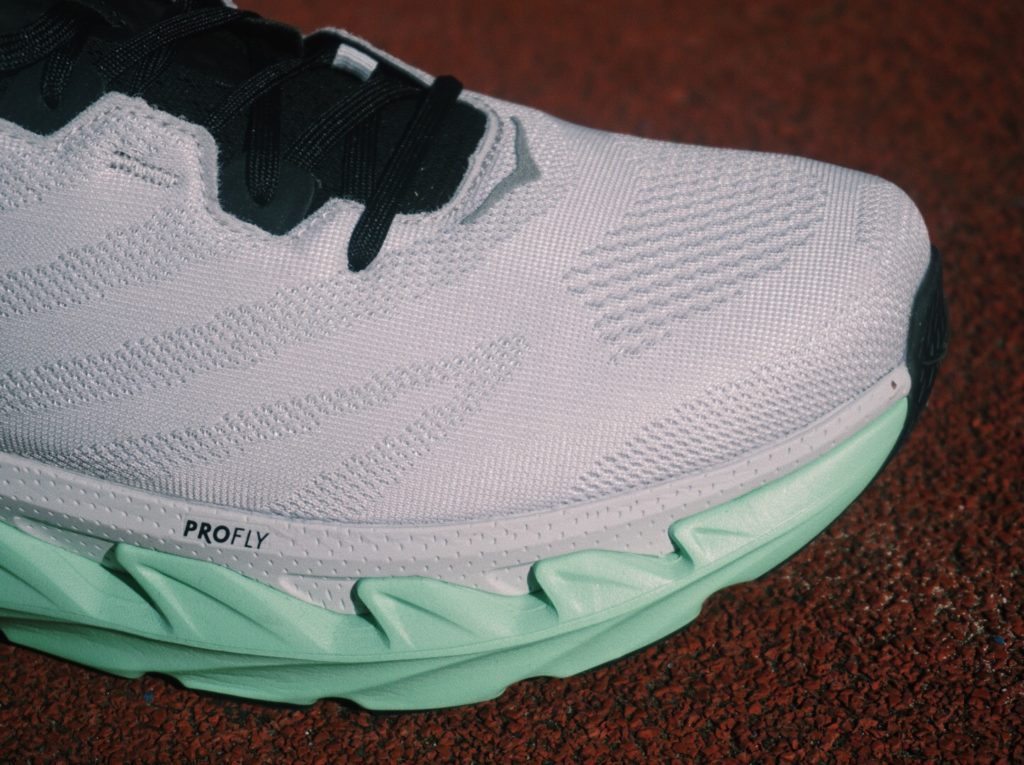
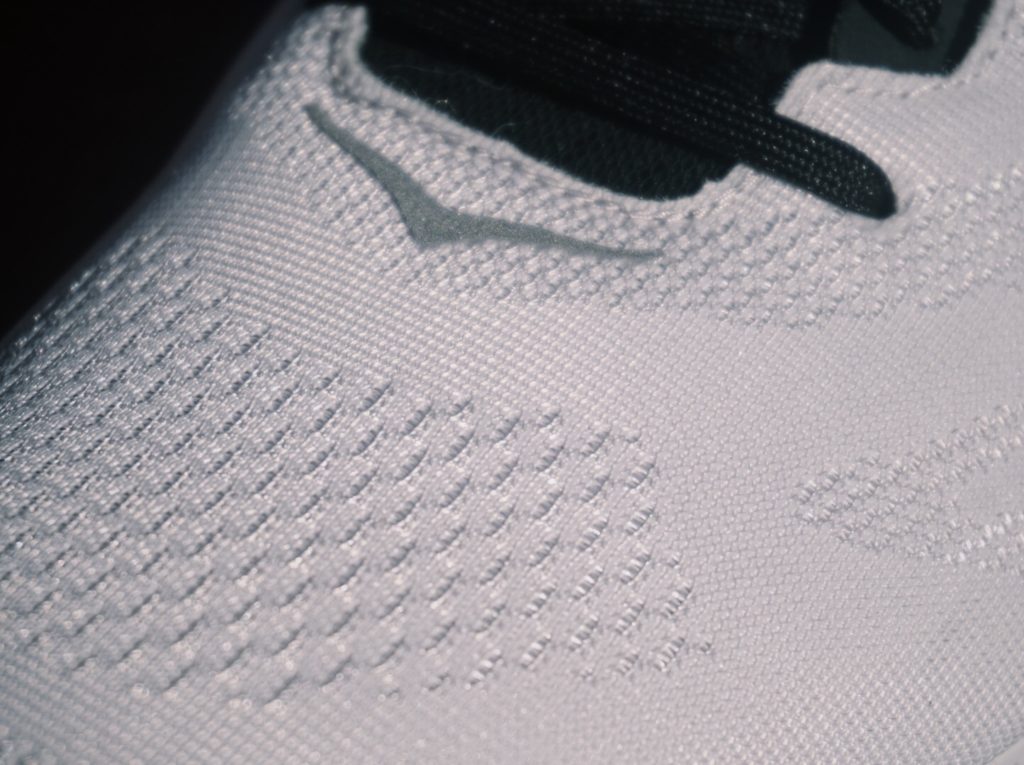
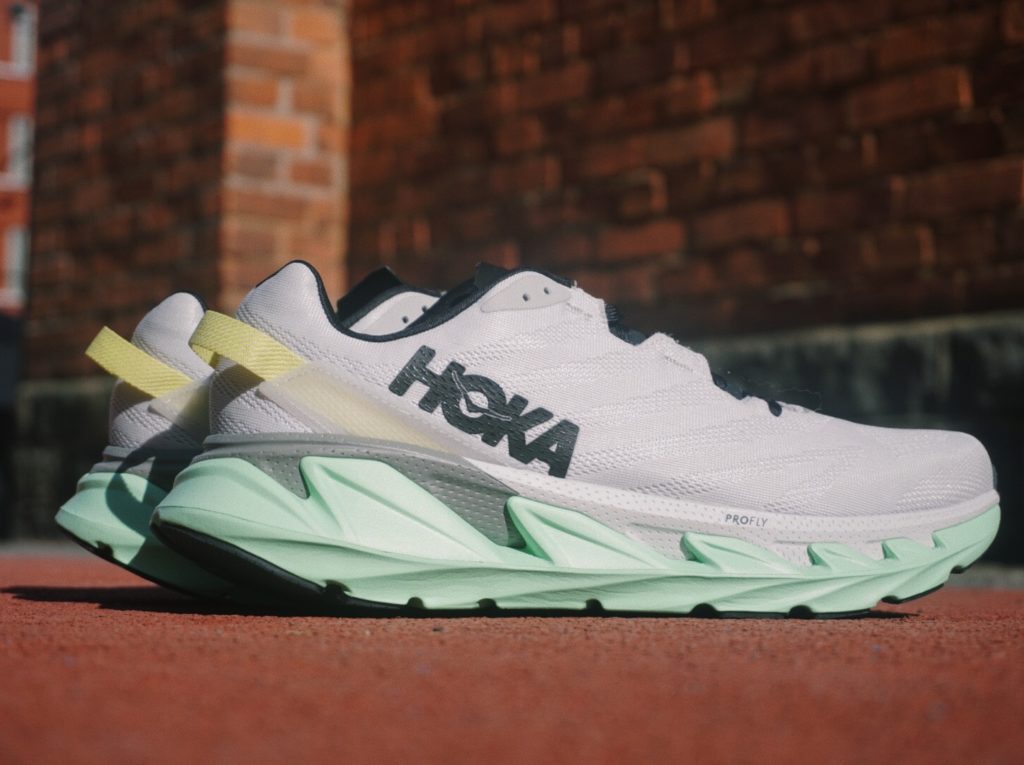
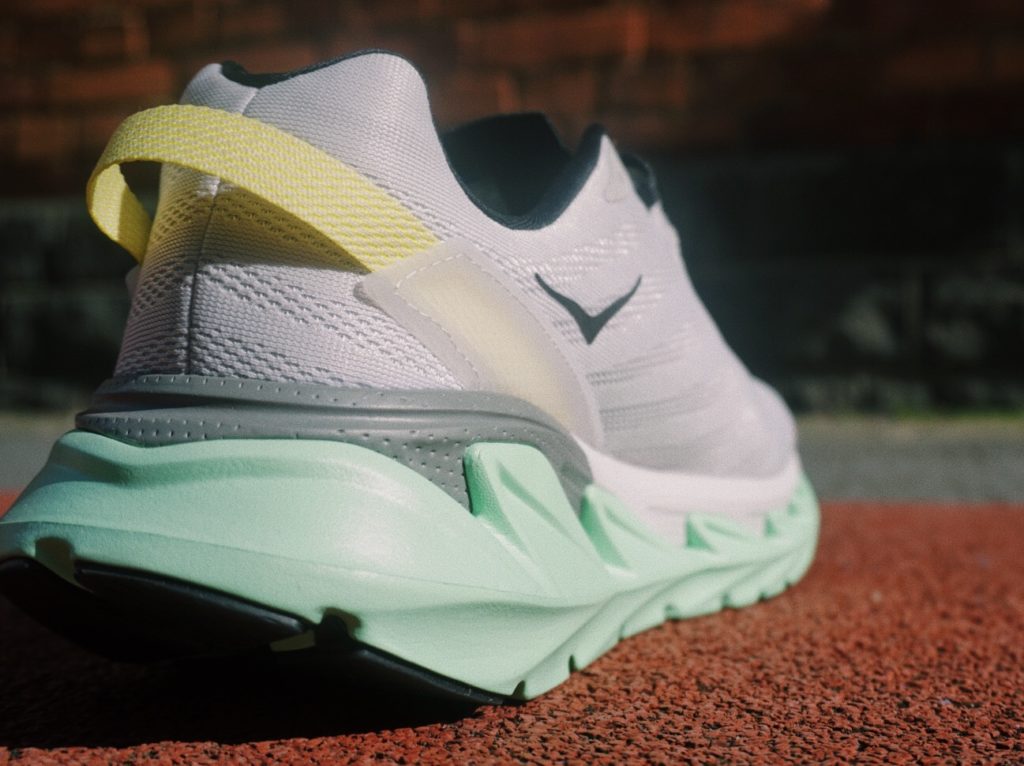
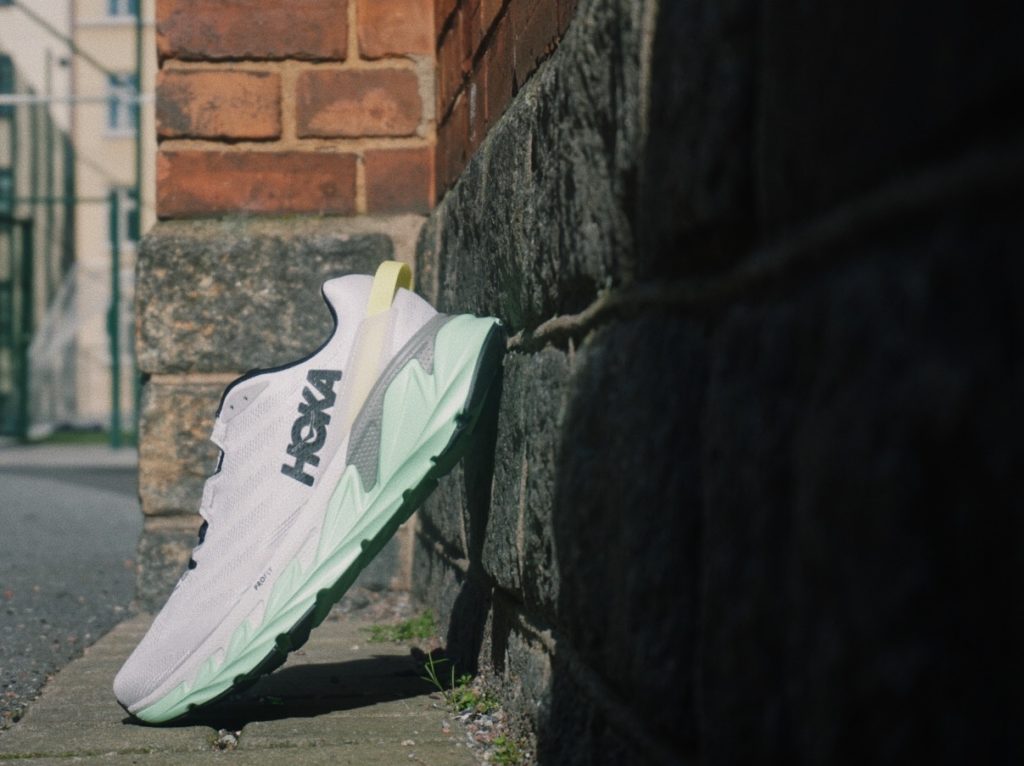
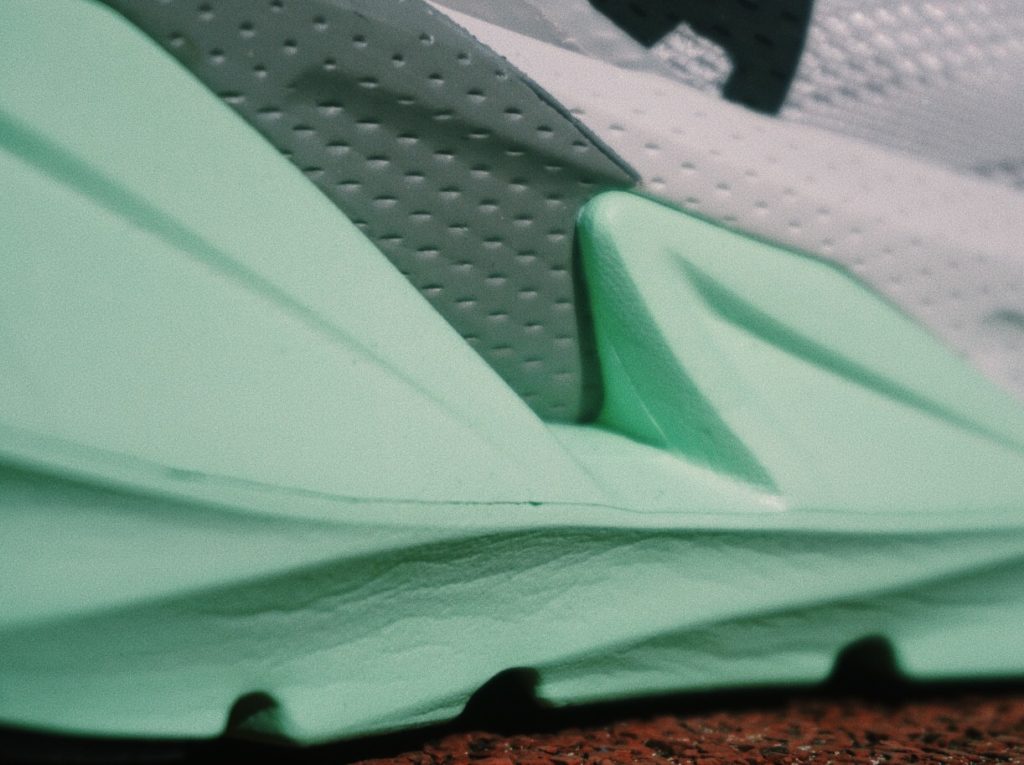
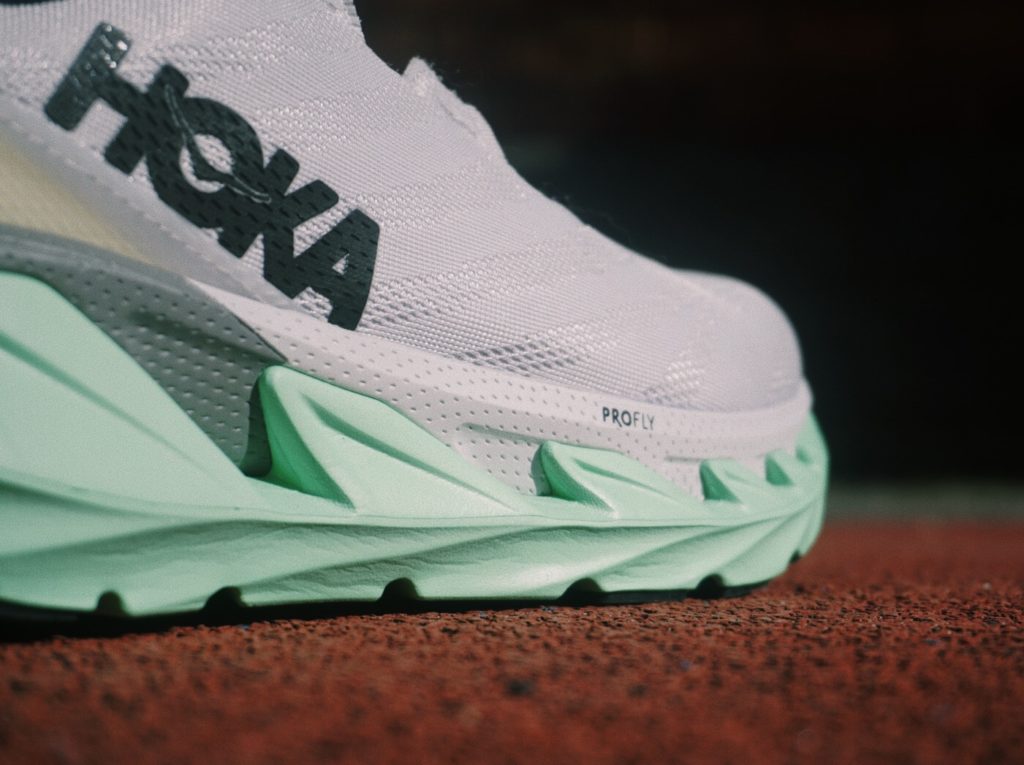

Tune of the day: Vale-Smith – Cassia Topaz
The Helios just appeared right on time. As the season got worse and worse, my daily runs got a bit out of control. Snow and frost on the streets and challenging trail situations made up for some dodgy actions while training.
With a fine heel-toe drop of 4mm the Helios could be perceived as the bigger, bulky brother to La Sportiva’s Vertical K trail running shoe. I jogged the Vertical K and treasured the shoe for it’s minimal style and the forceful sole. With the Helios La Sportiva established an additional lightweight (8.1 oz, 231 g) shoe which can be seen as a day-to-day workhorse and light racing shoe for runners who can handle just about the perfect extent of cushioning and nothing more. We are talking about a light and steadfast trail shoe by any means. I found it hard to slow down while cruising the trails with this reliable partner. On muddy trails I found the grips to be utterly astonishing. The inner of the Helios is made up in a sock-like style. Besides a comfortable feeling it helps to pretend from slipping or sliding.
Being a admirer of an minimal approach to shoe design, I have to say that La Sportiva did a fantastic job with the Helios. I used the shoe in rain, snowfall and on dry days, on the road and on the trails. I never was dissatisfied by any means. The comfortable mood stayed with me all the time without loosing the aggressive style and touch for the soil. For me the Helios is a complete training partner and flawless racing shoe for longer trail competitions. Having a wide foot I found this shoe to be a perfect fit. Well done, La Sportiva!
| Prego – 231g of italian trail running funk. |
| HyDrain Mesh on the outside. Feels good. |
| This sole goes by the name of FriXion. I dont know what it means but i know that it works. Pretty well. |
| Grip as you need. |
| Ciao Bella! Another red italian race car? |
| Straight outta Ziano di Fiemme. |
| Slick design. |
| Trail jogging made easy with the Helios. |
© 2024 RUNssel. Alle Rechte vorbehalten.
Thema von Anders Norén.
This site uses cookies. By continuing to browse the site, you are agreeing to our use of cookies. Find out more.
The Runssel Website (www.runssel.com) places cookies, which are small data files, on your computer or handheld device. This is standard practice for all websites. Cookies are essential for helping me deliver a high quality website and to collect information about browsing behaviour. By using and browsing the Runssel website, you consent to cookies being used in accordance with my policy. If you do not consent, you must disable cookies or refrain from using the site.